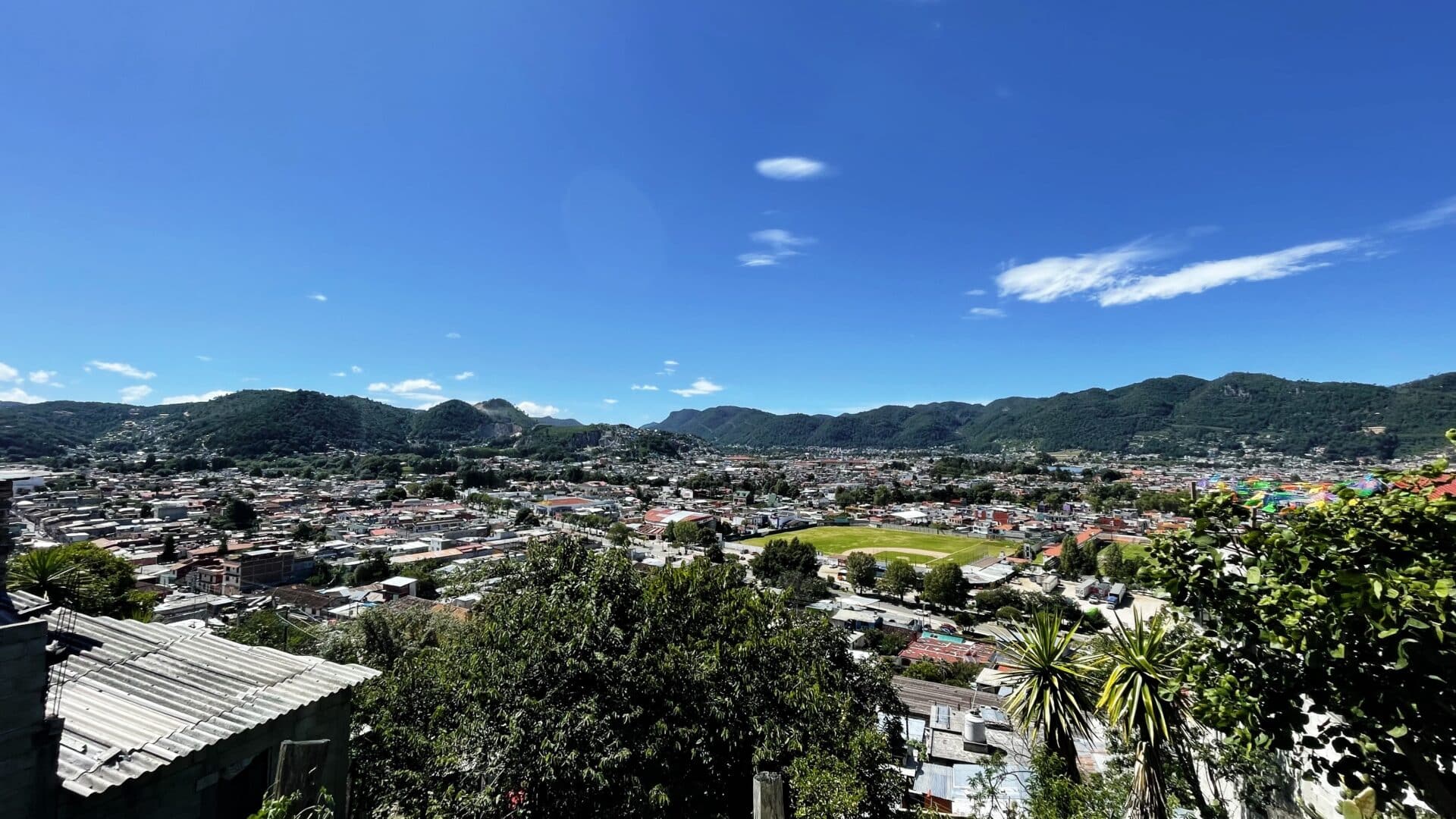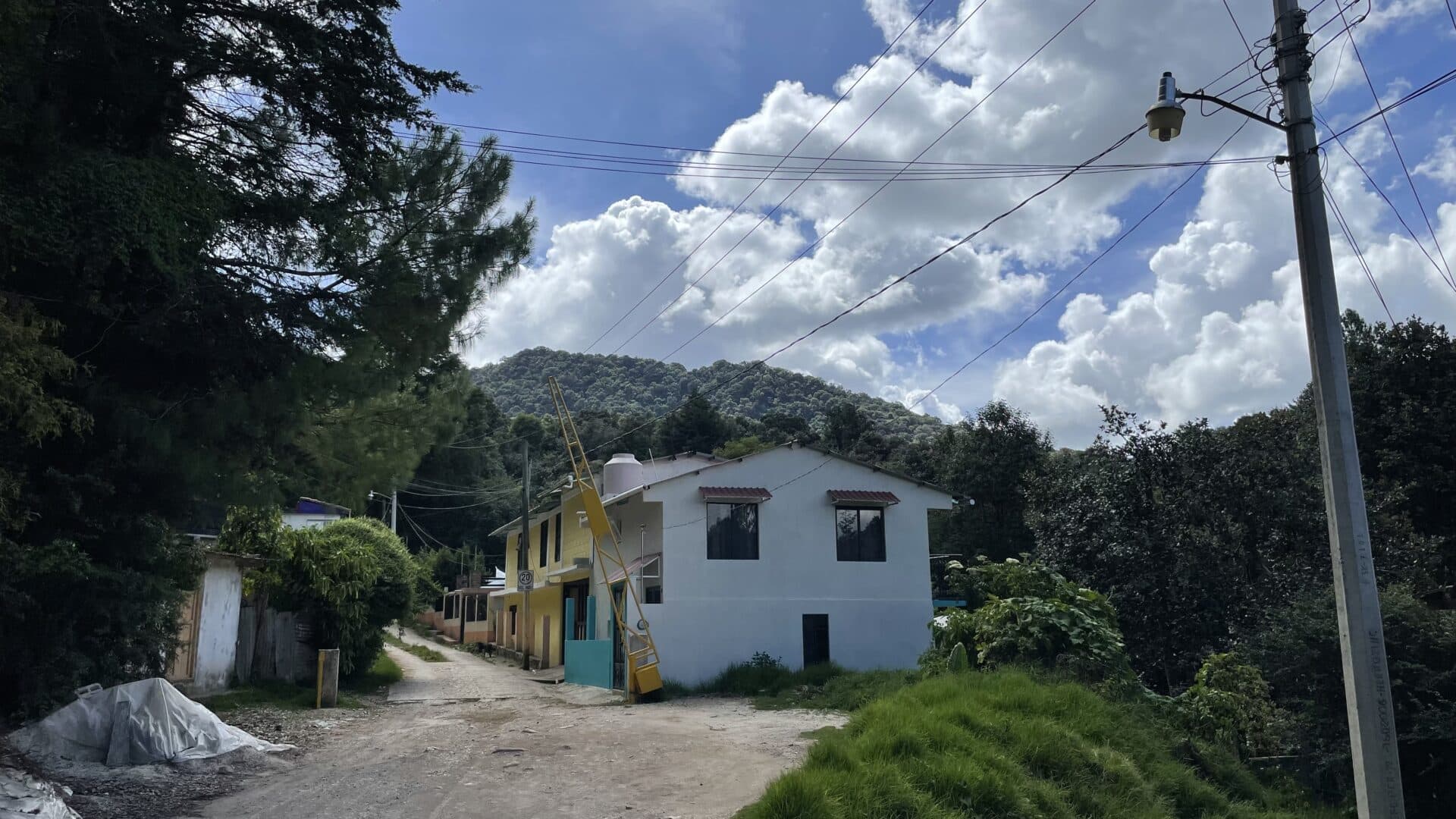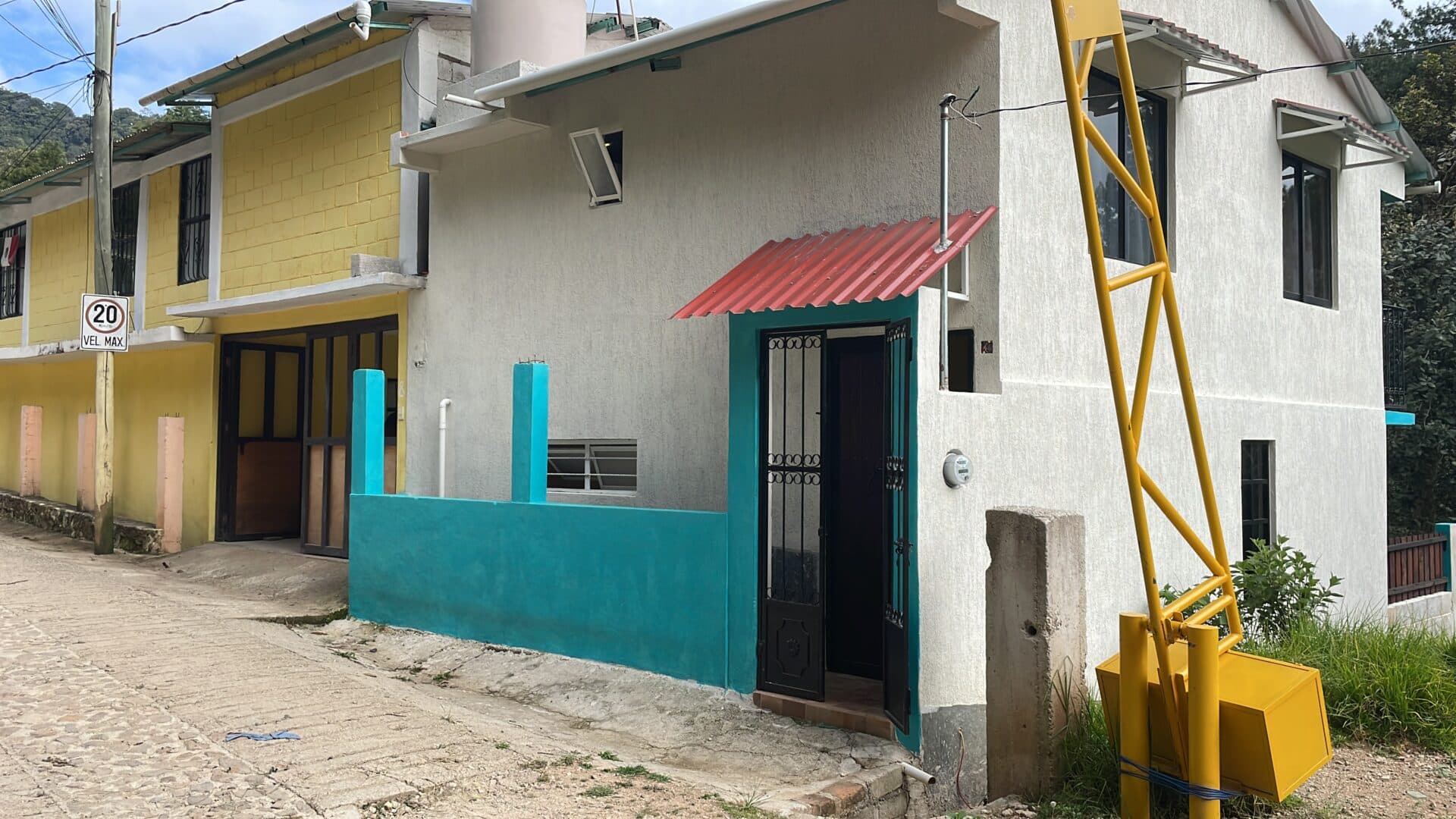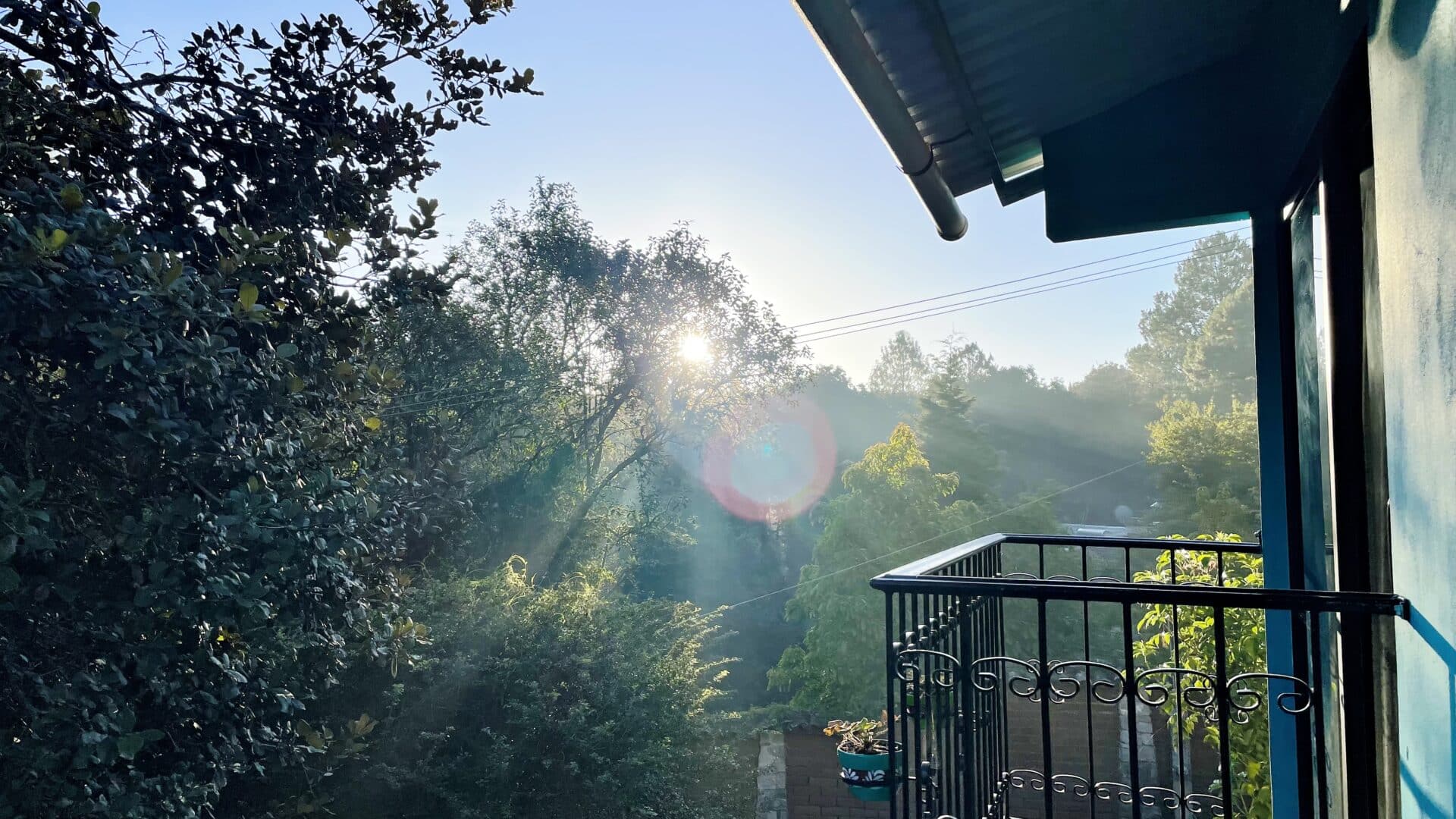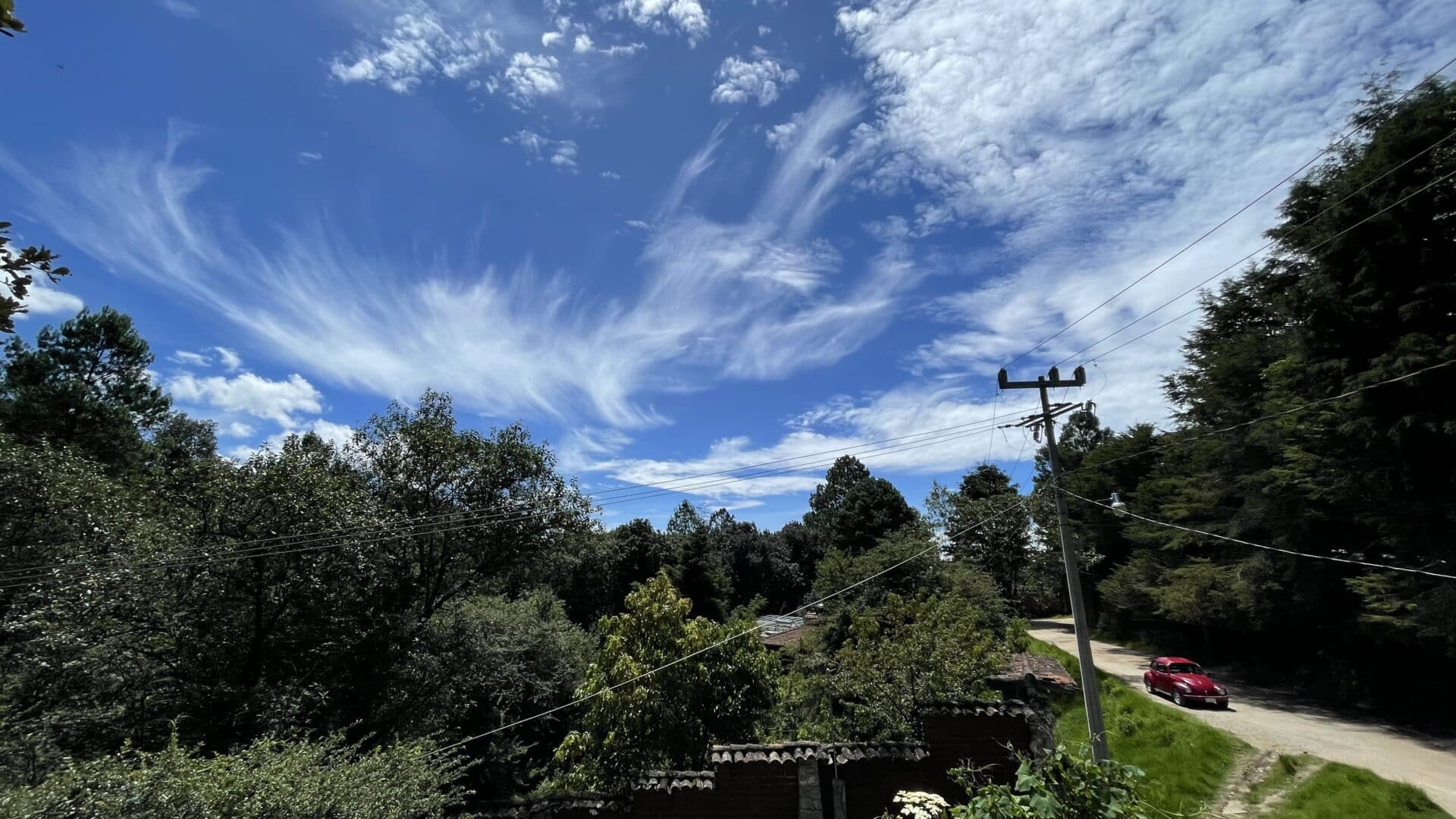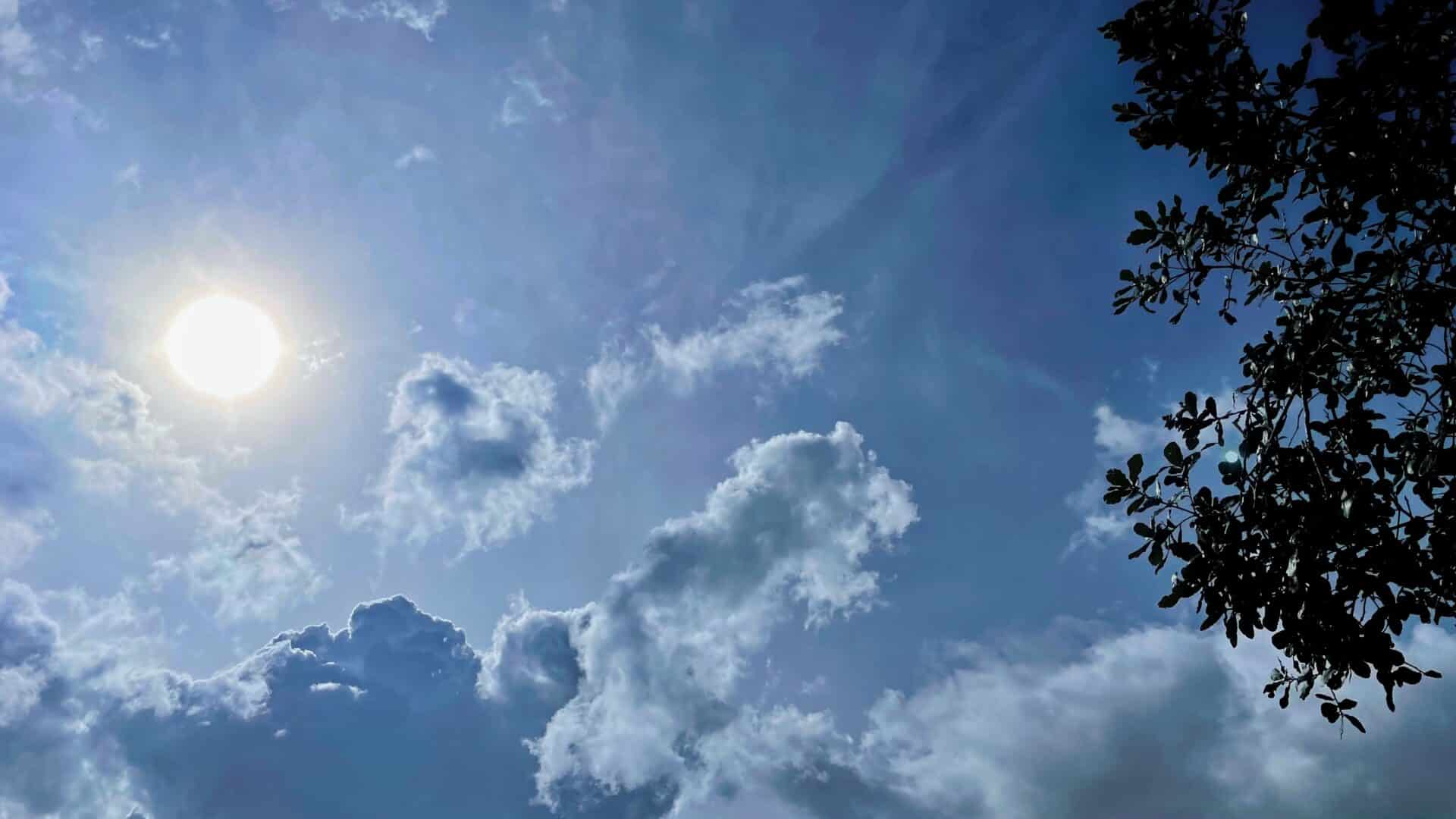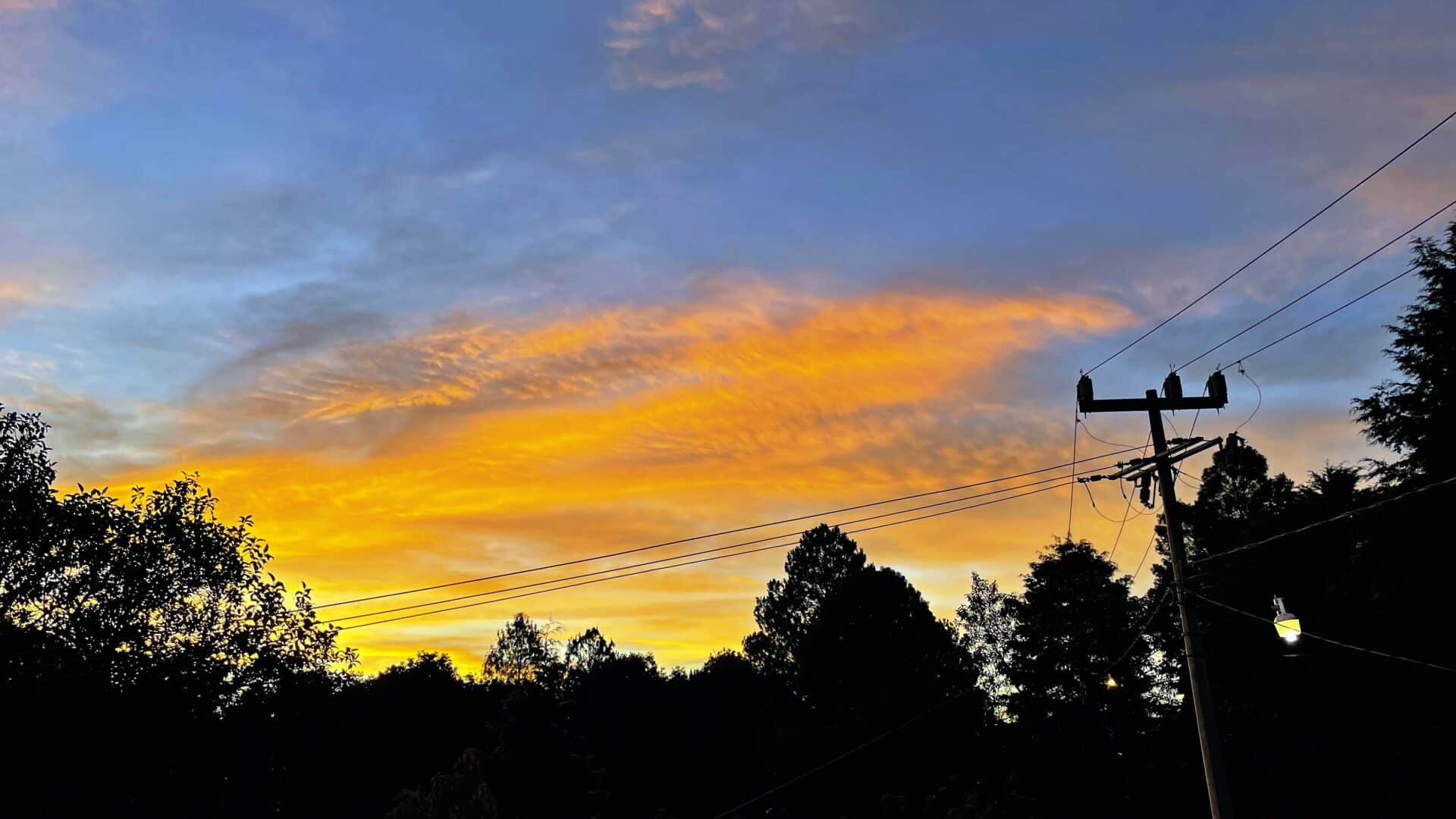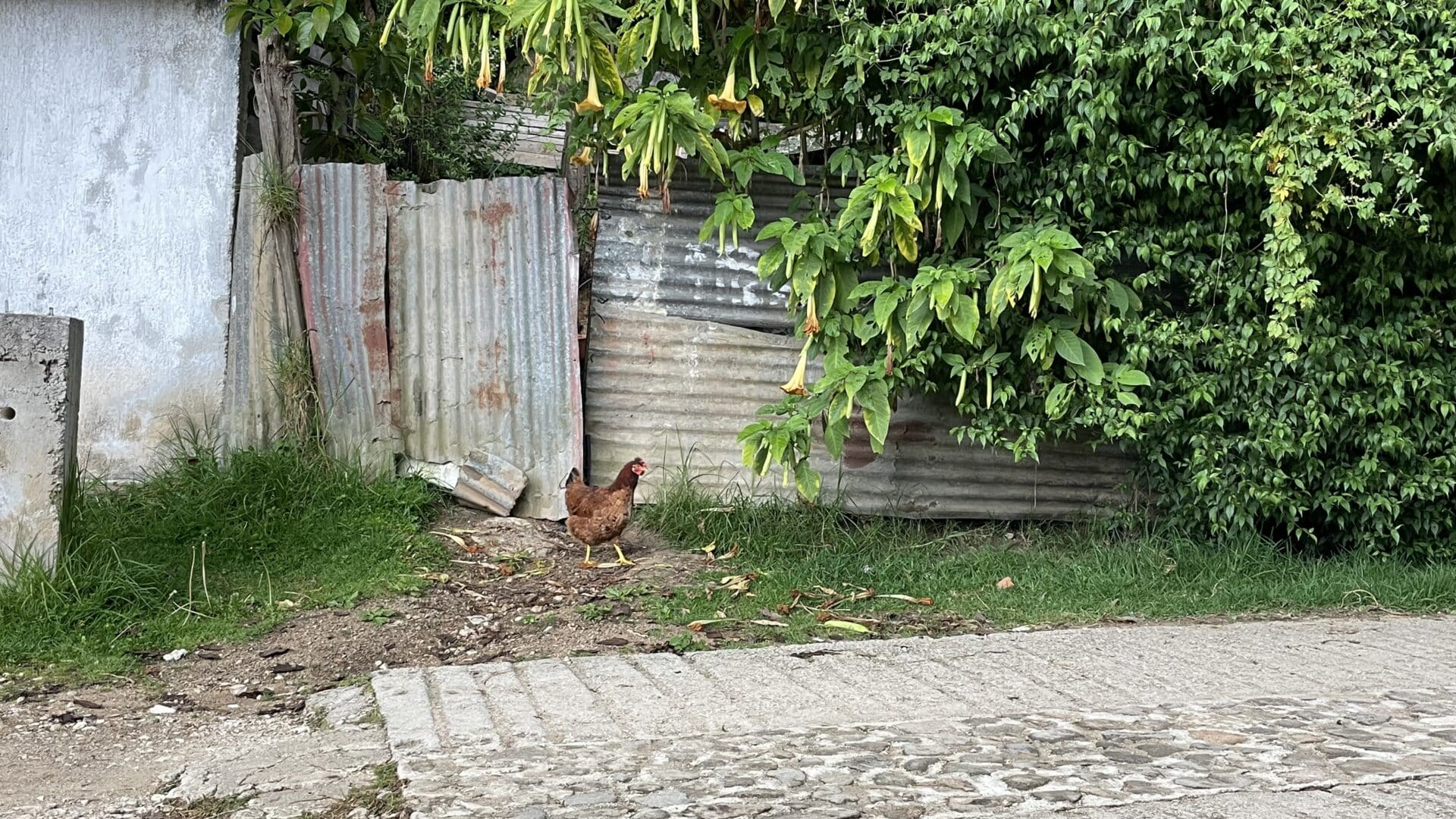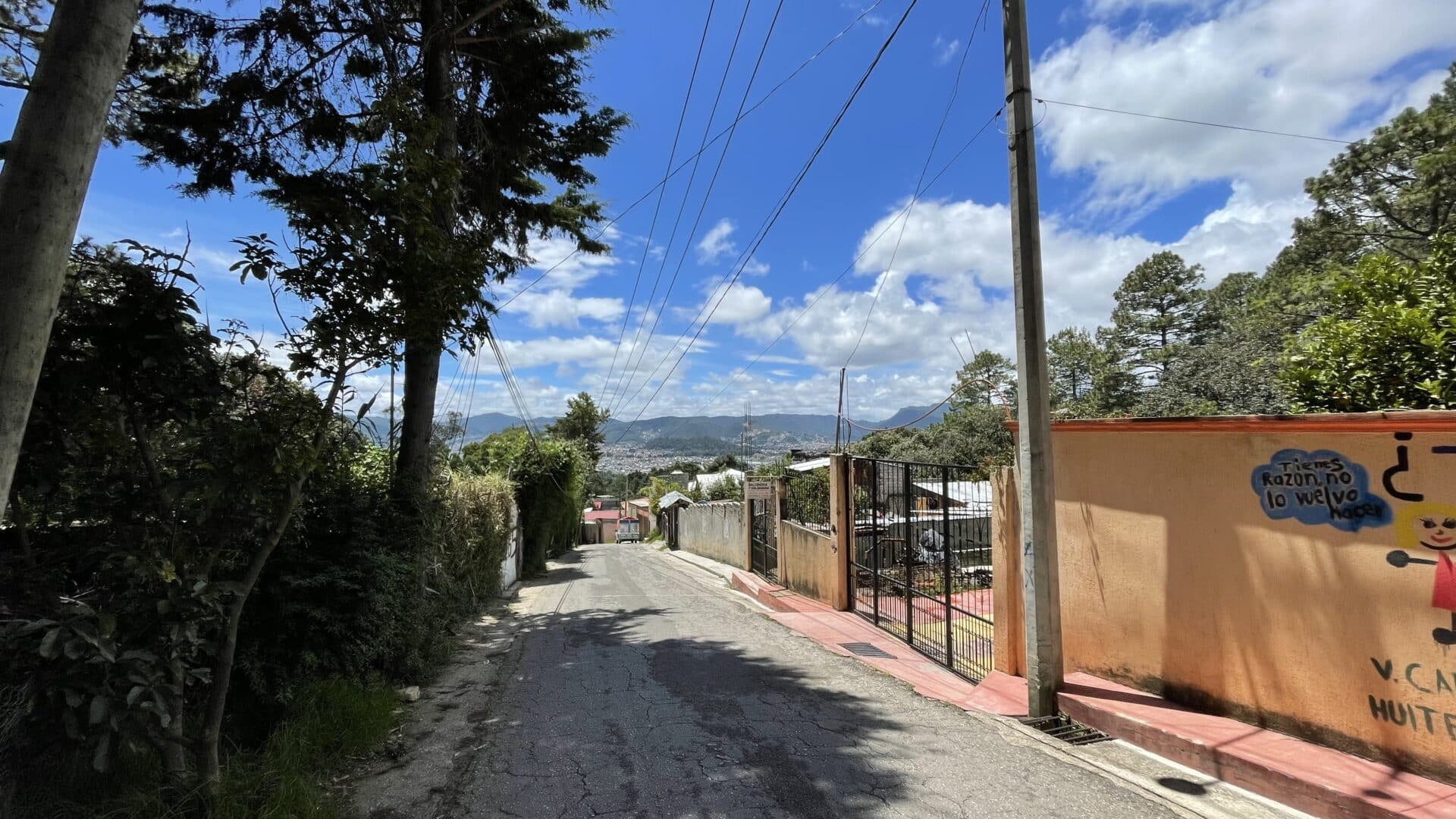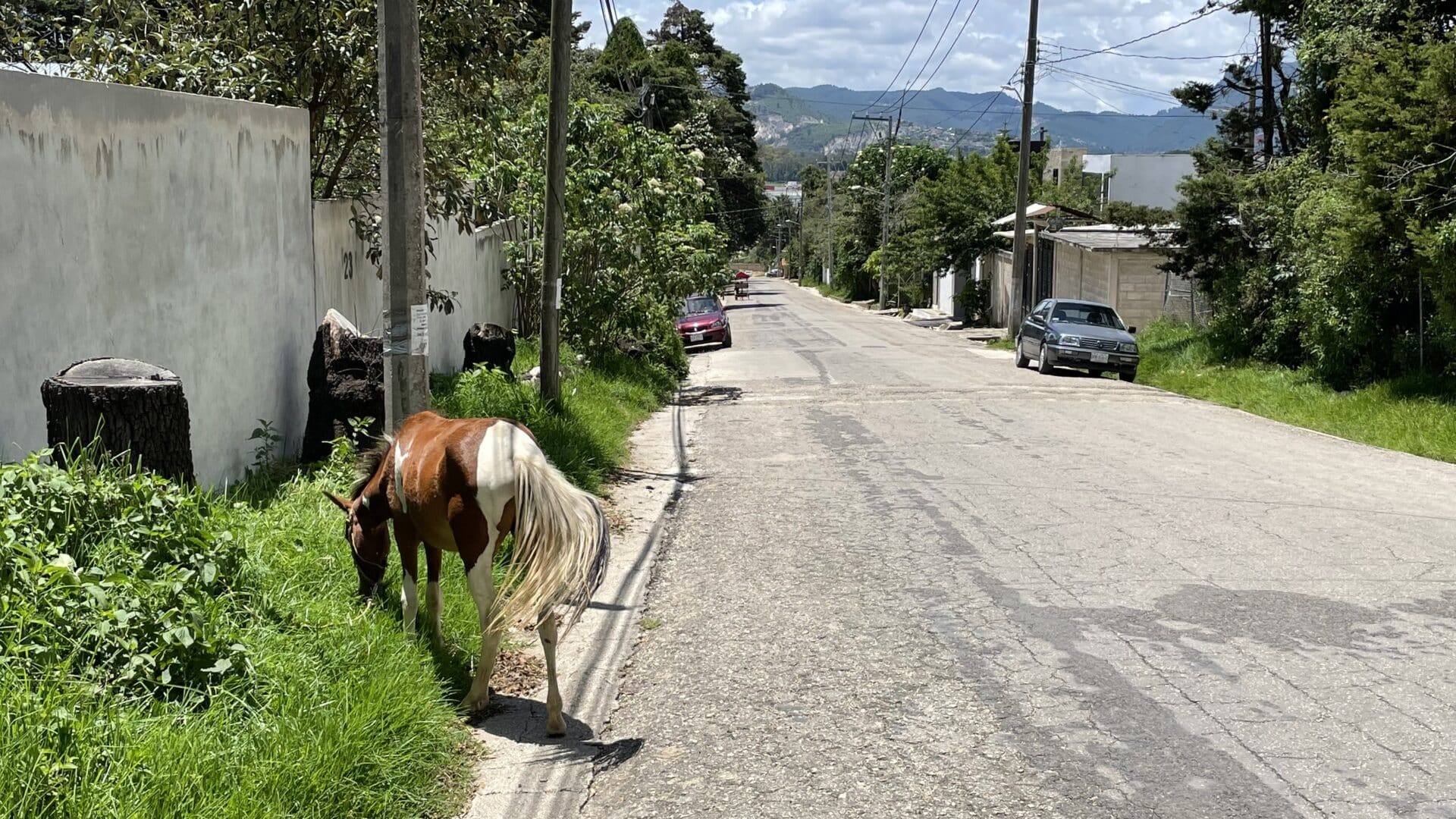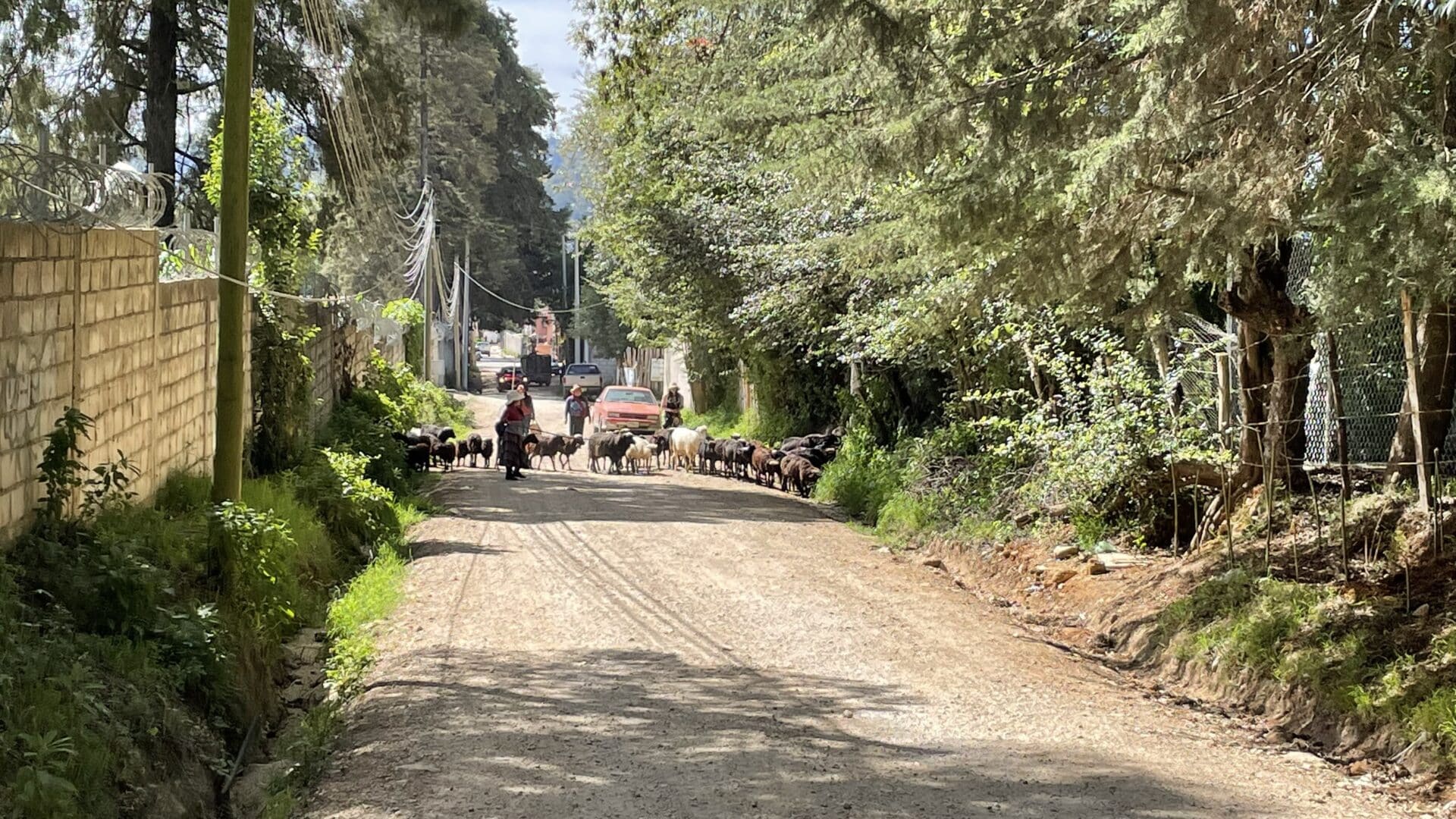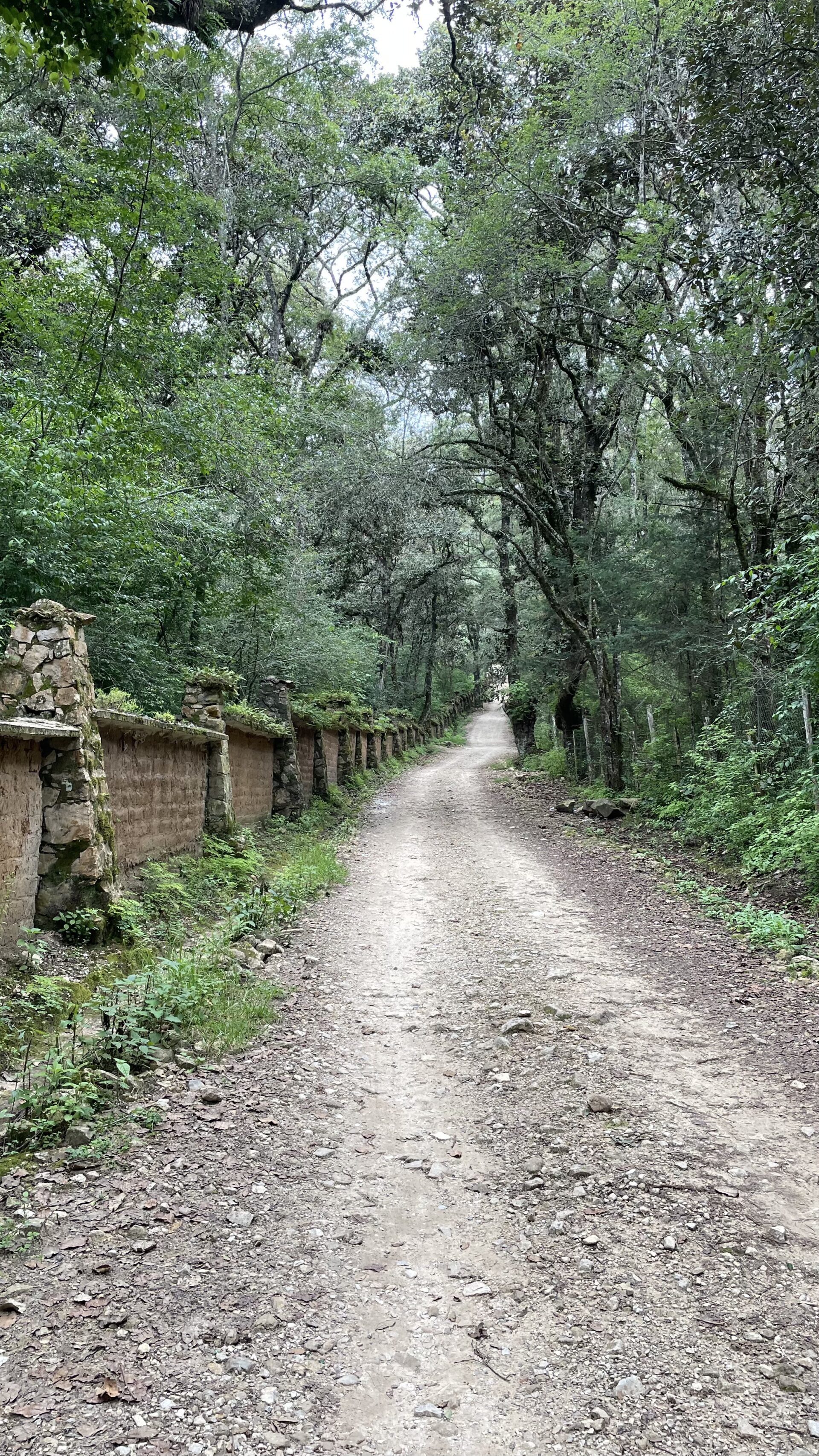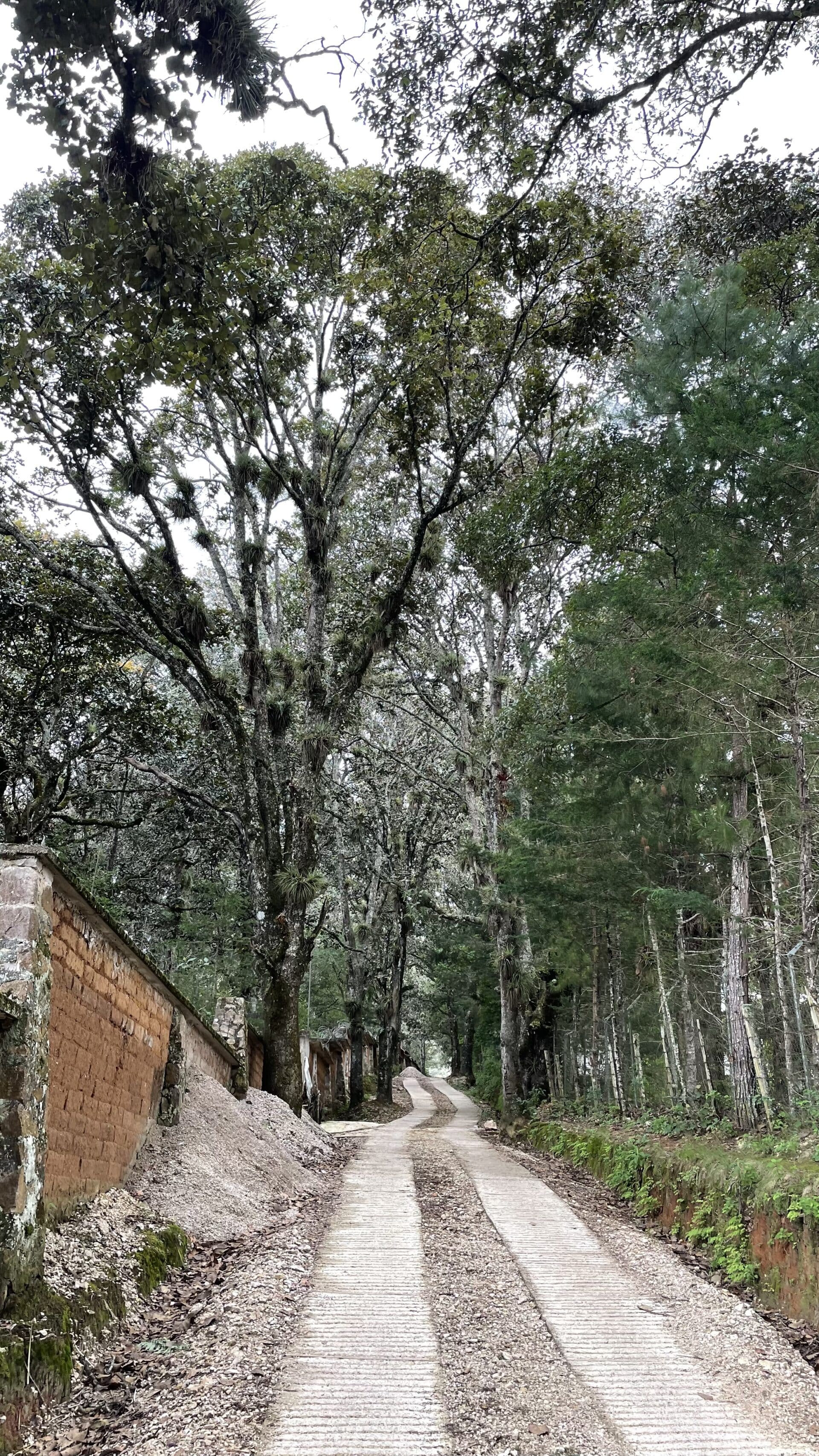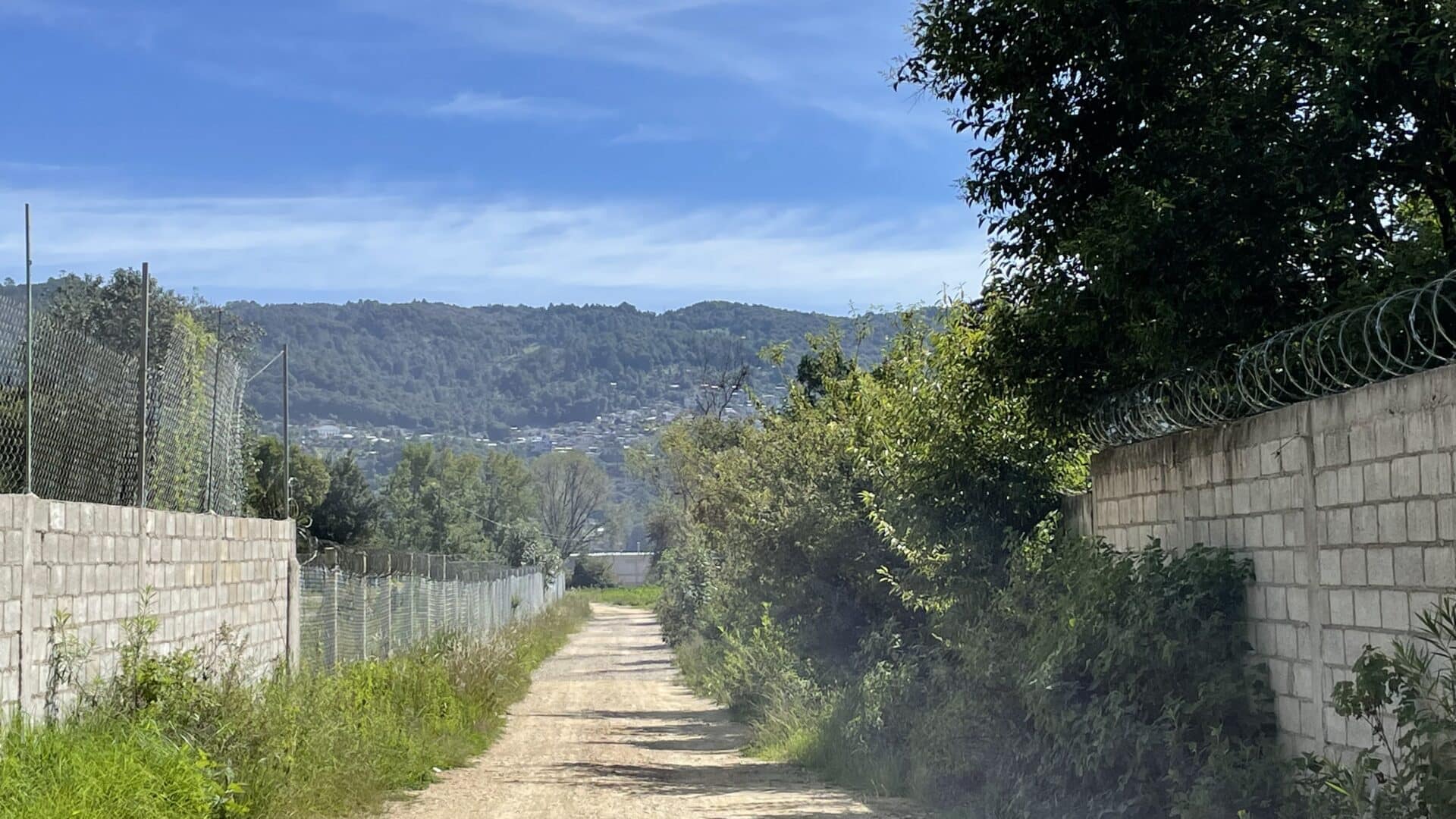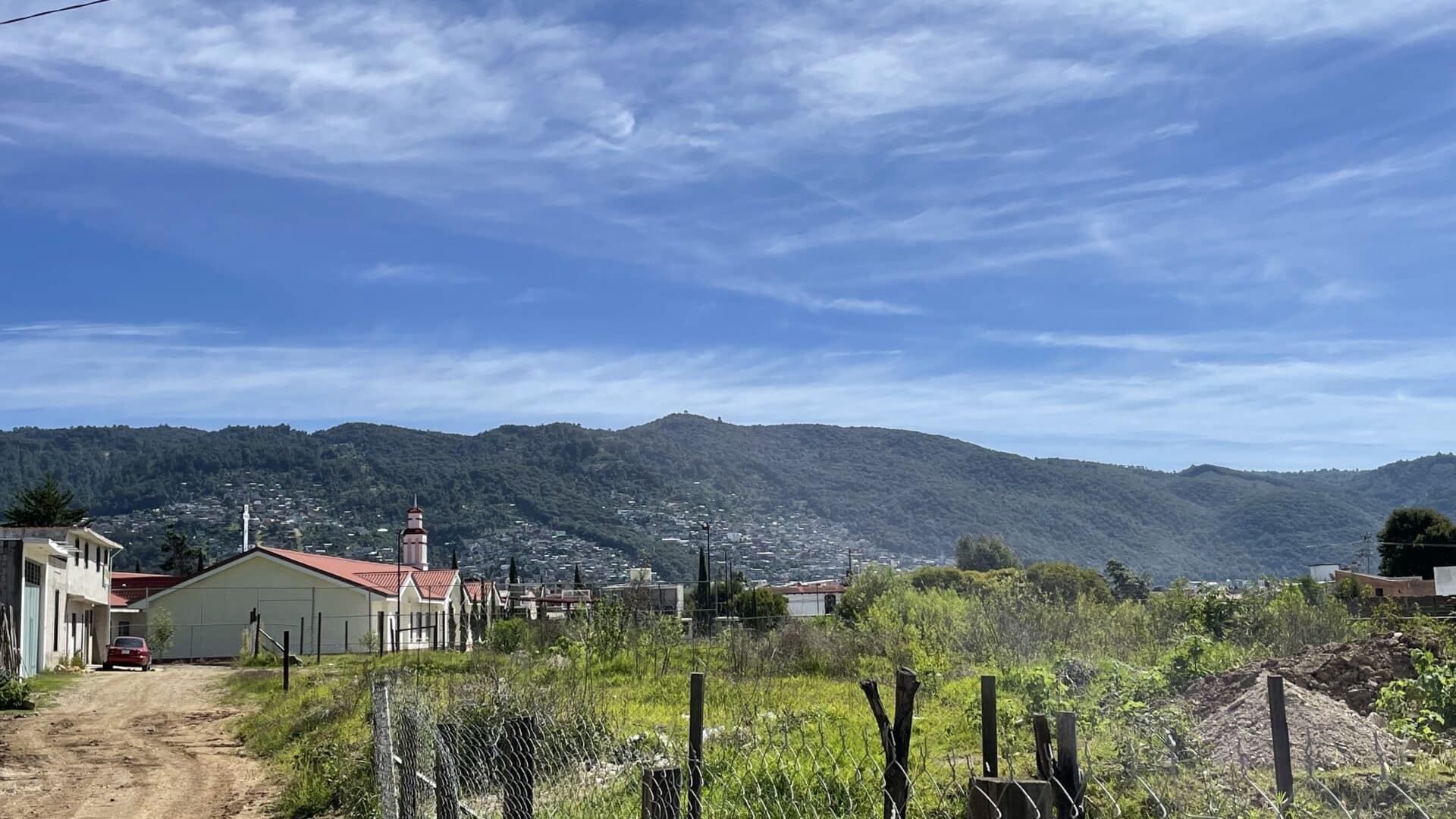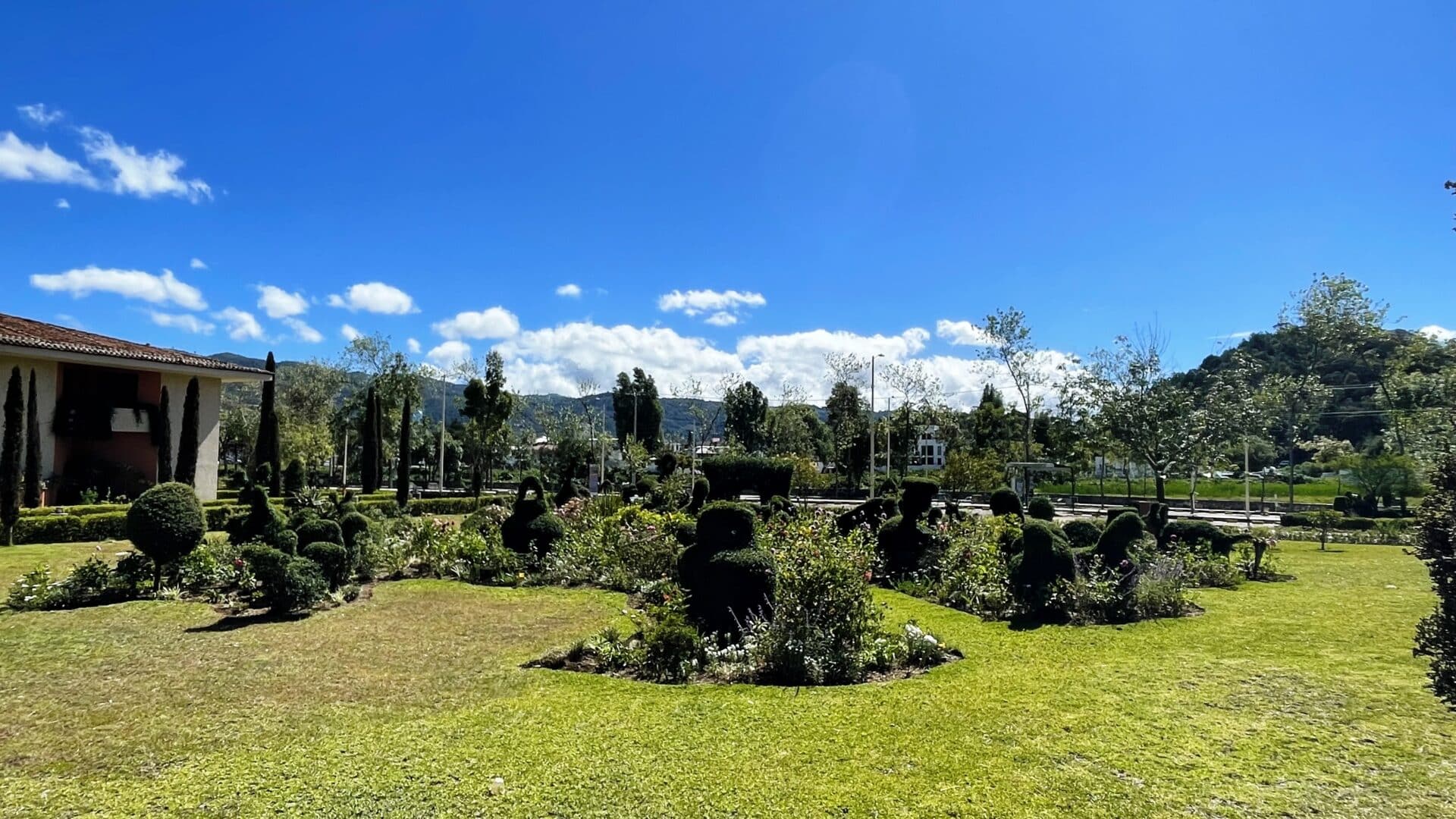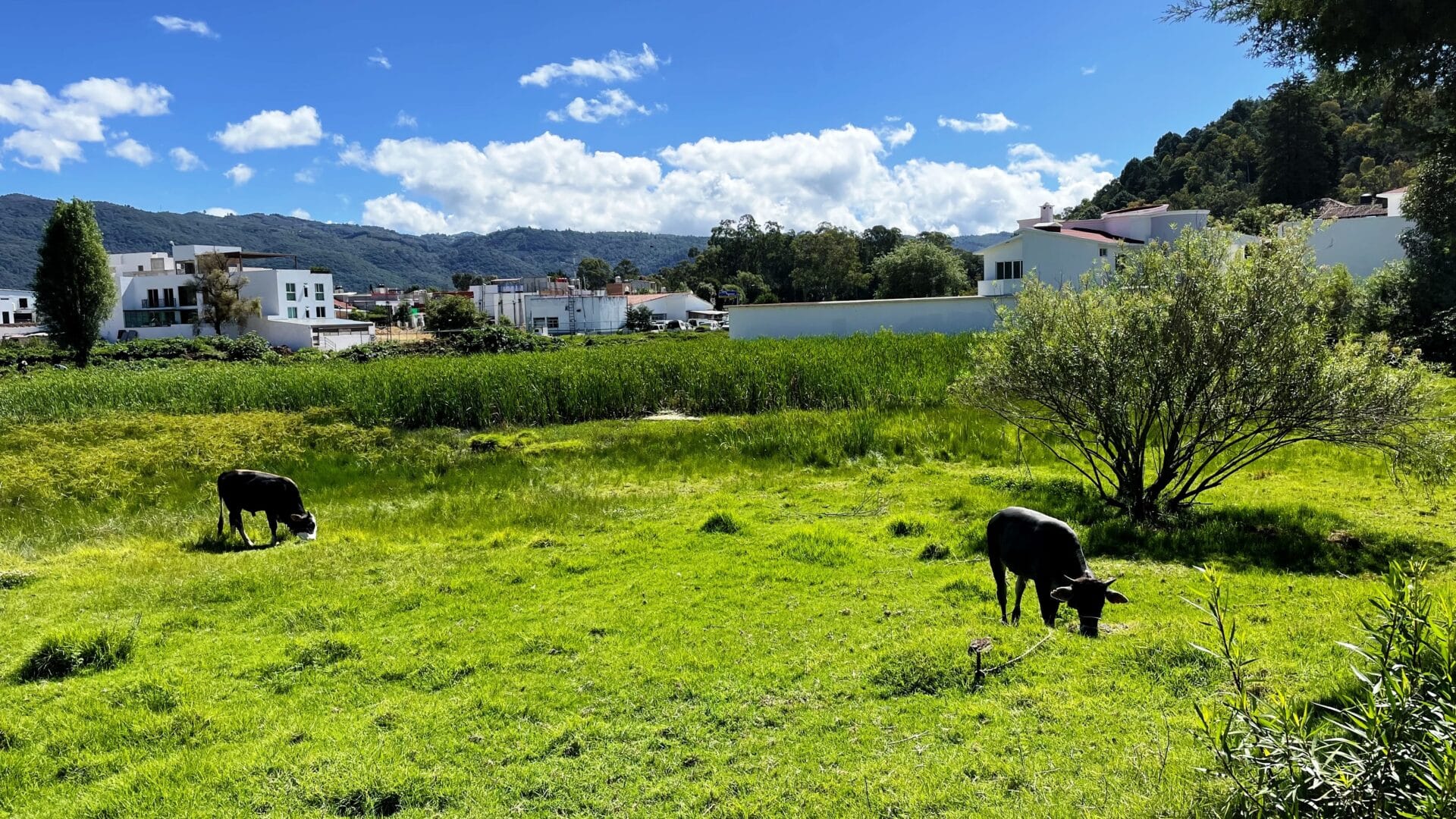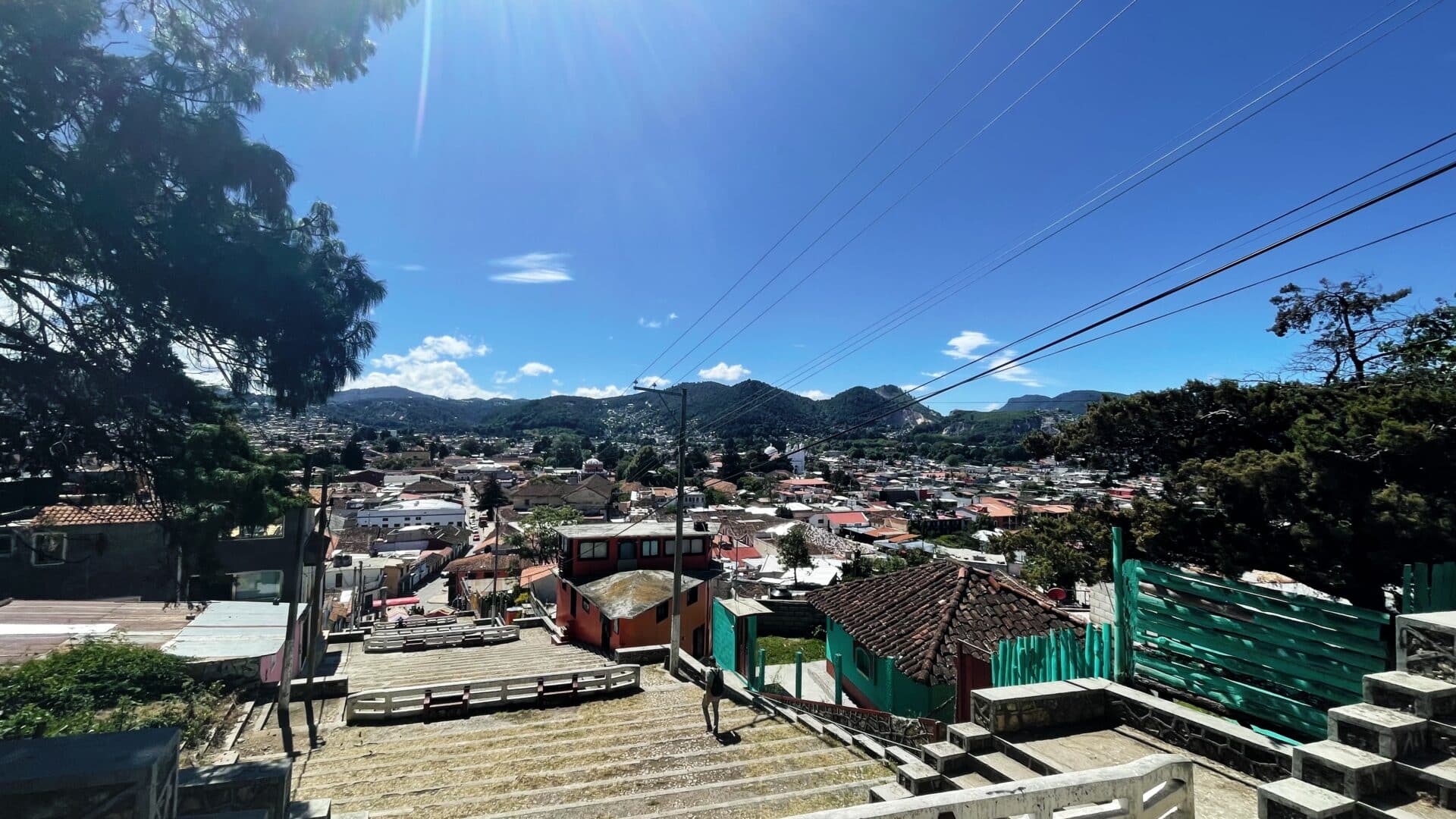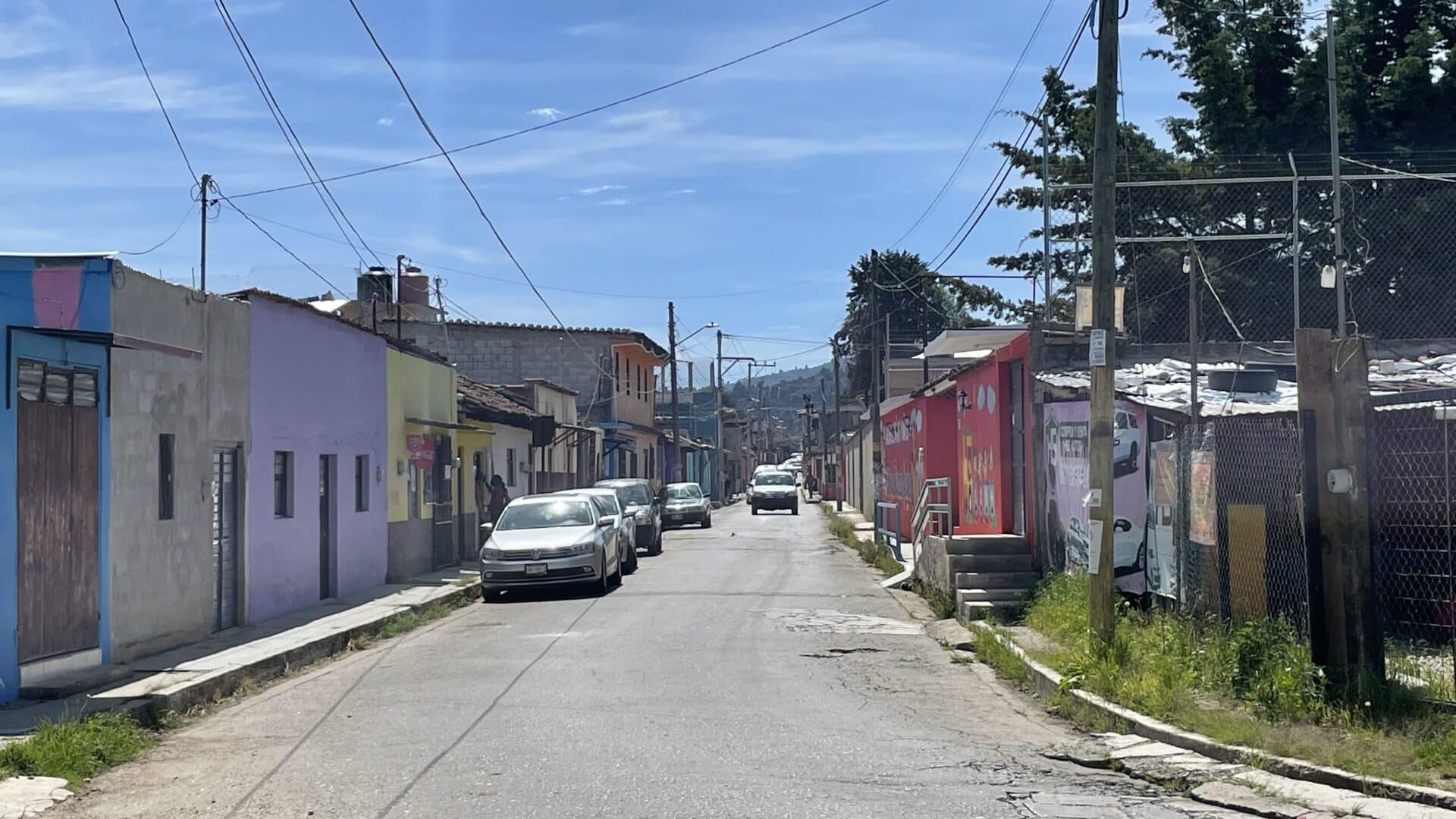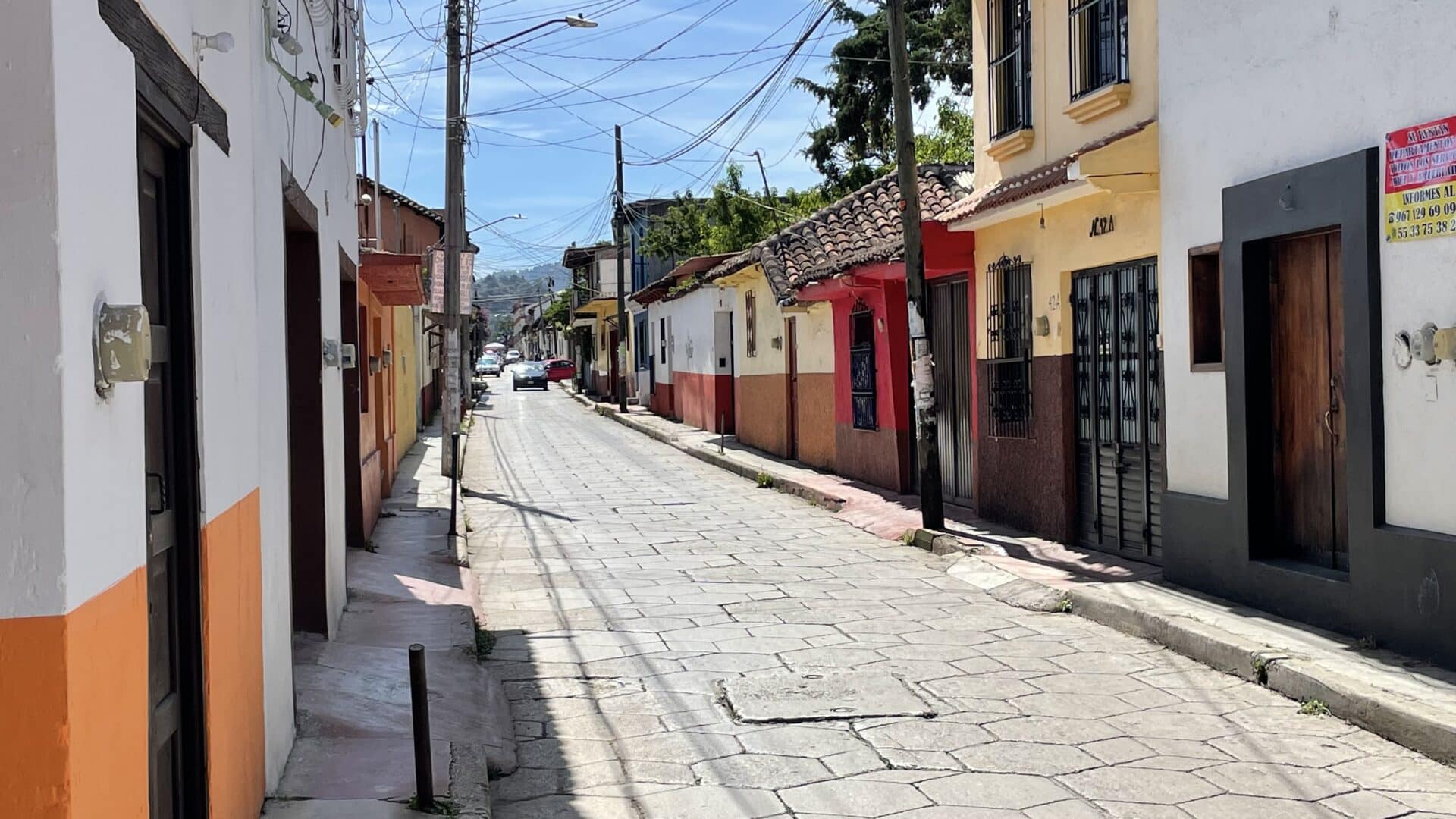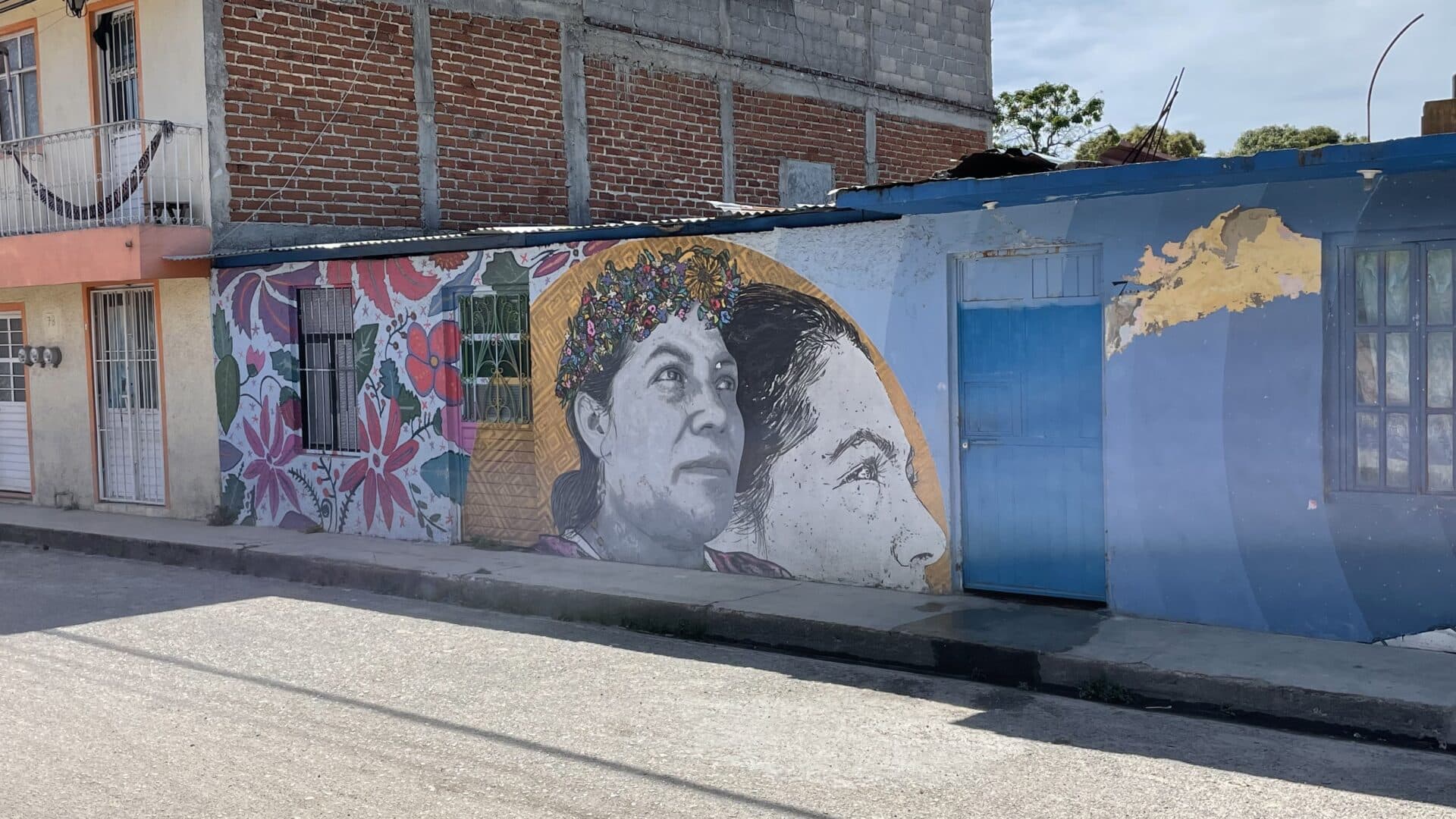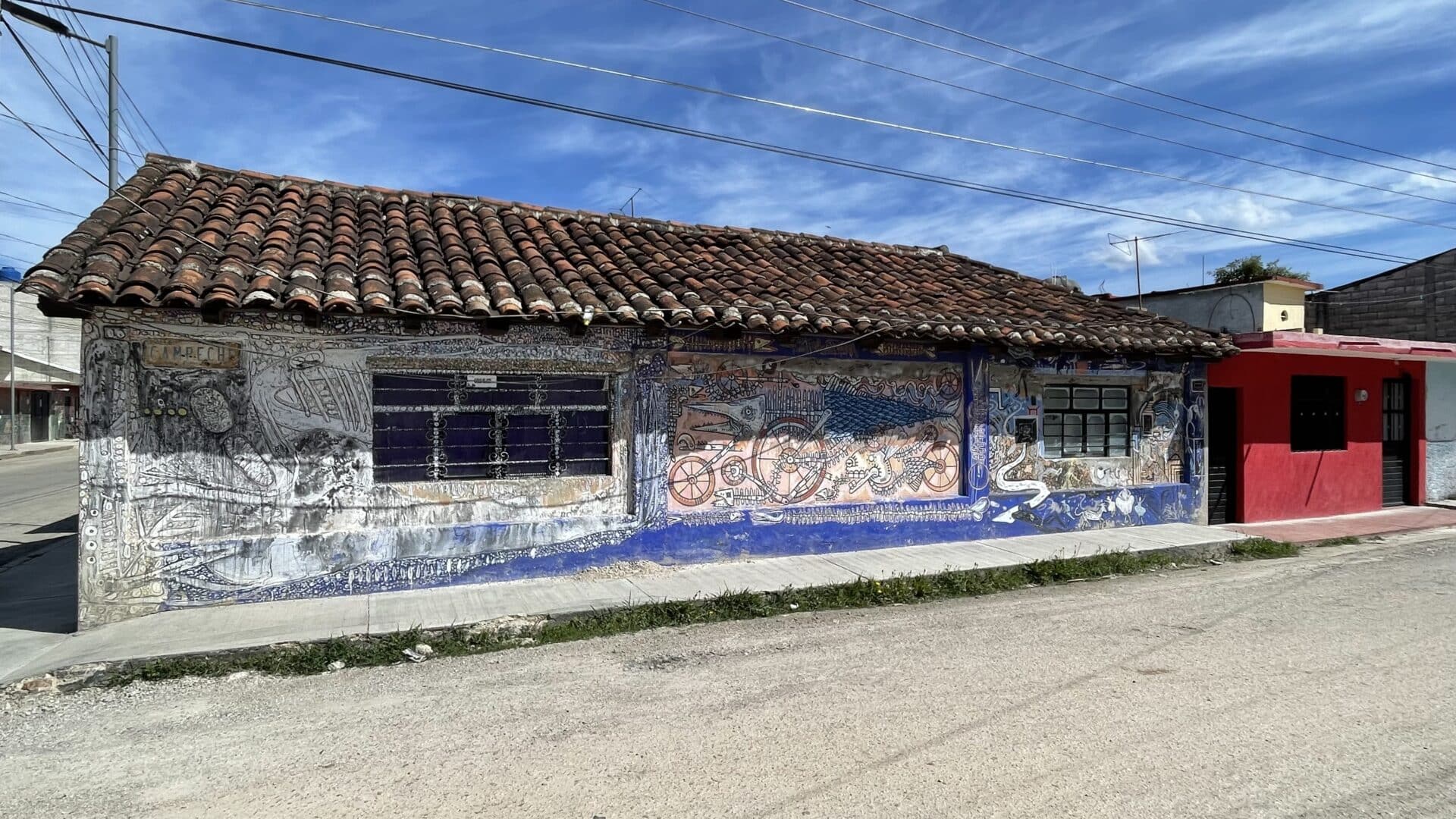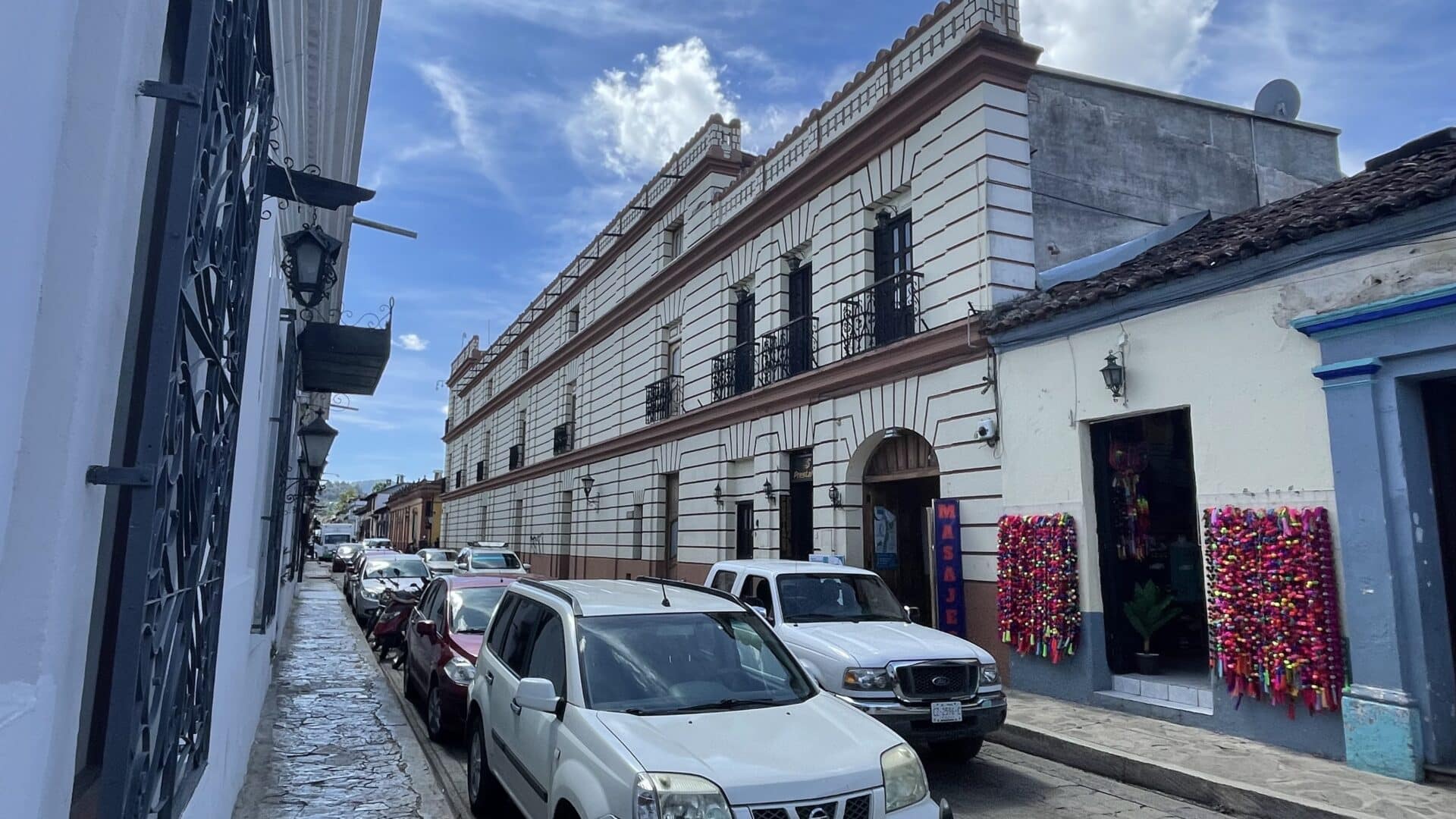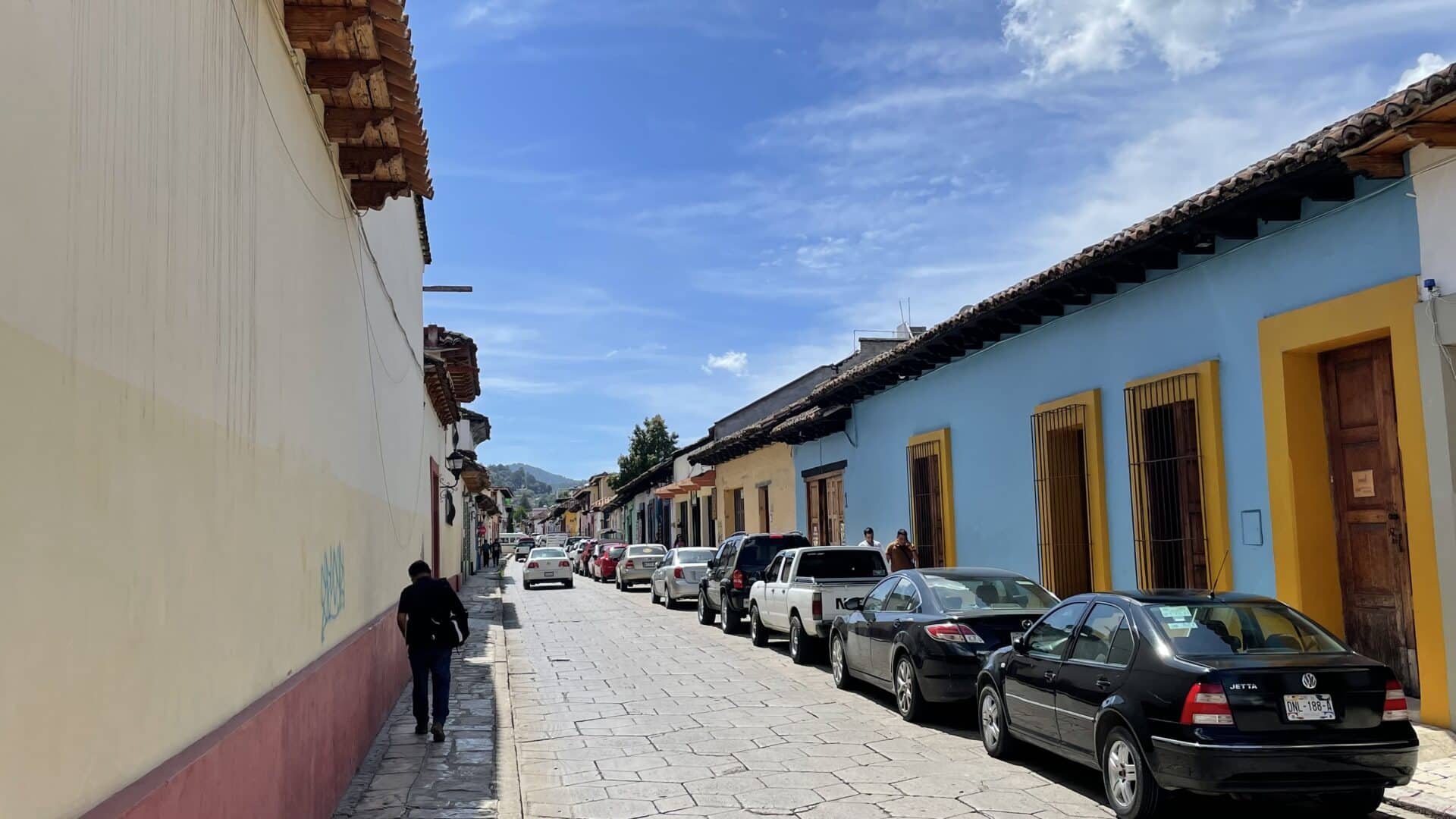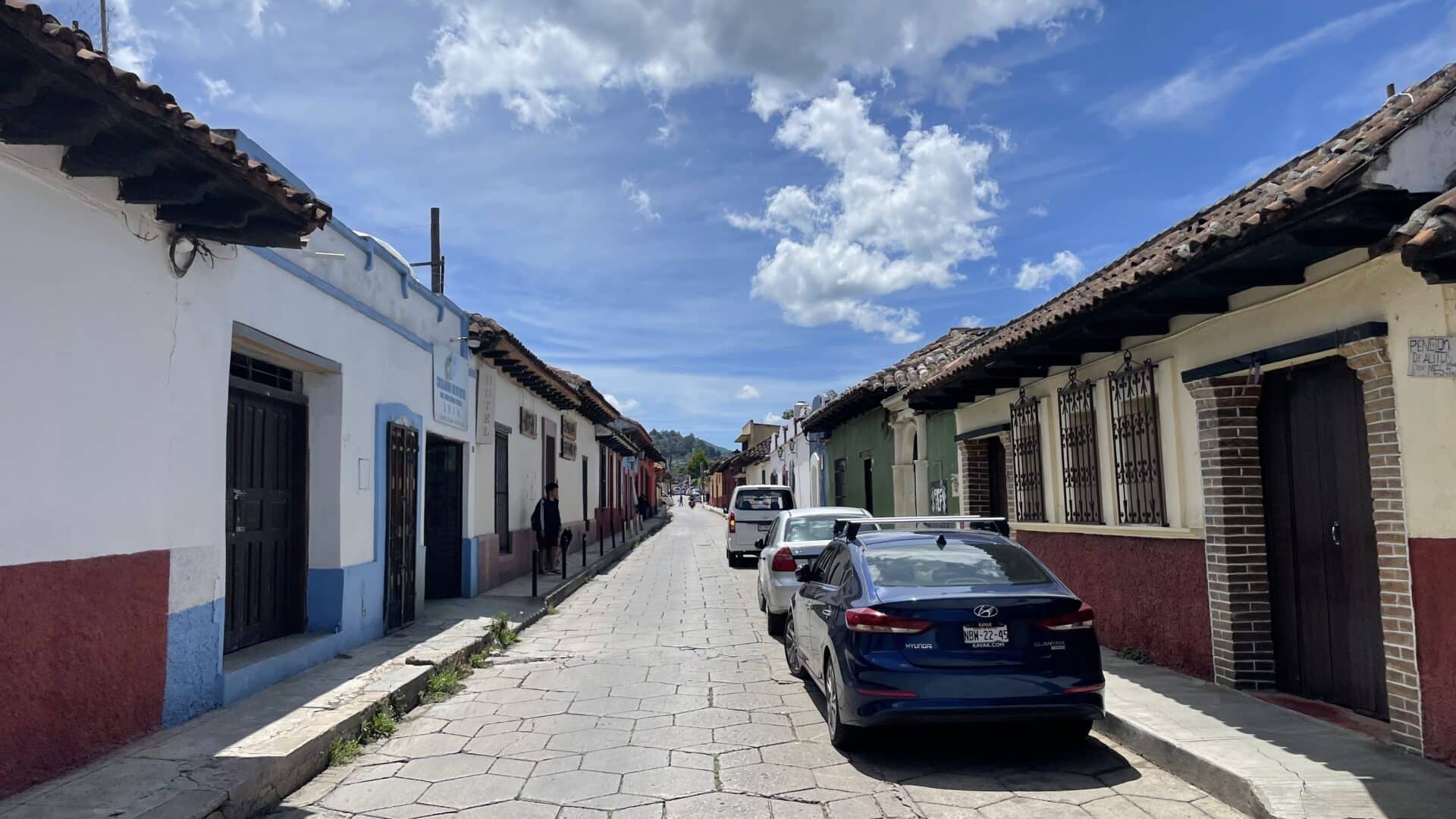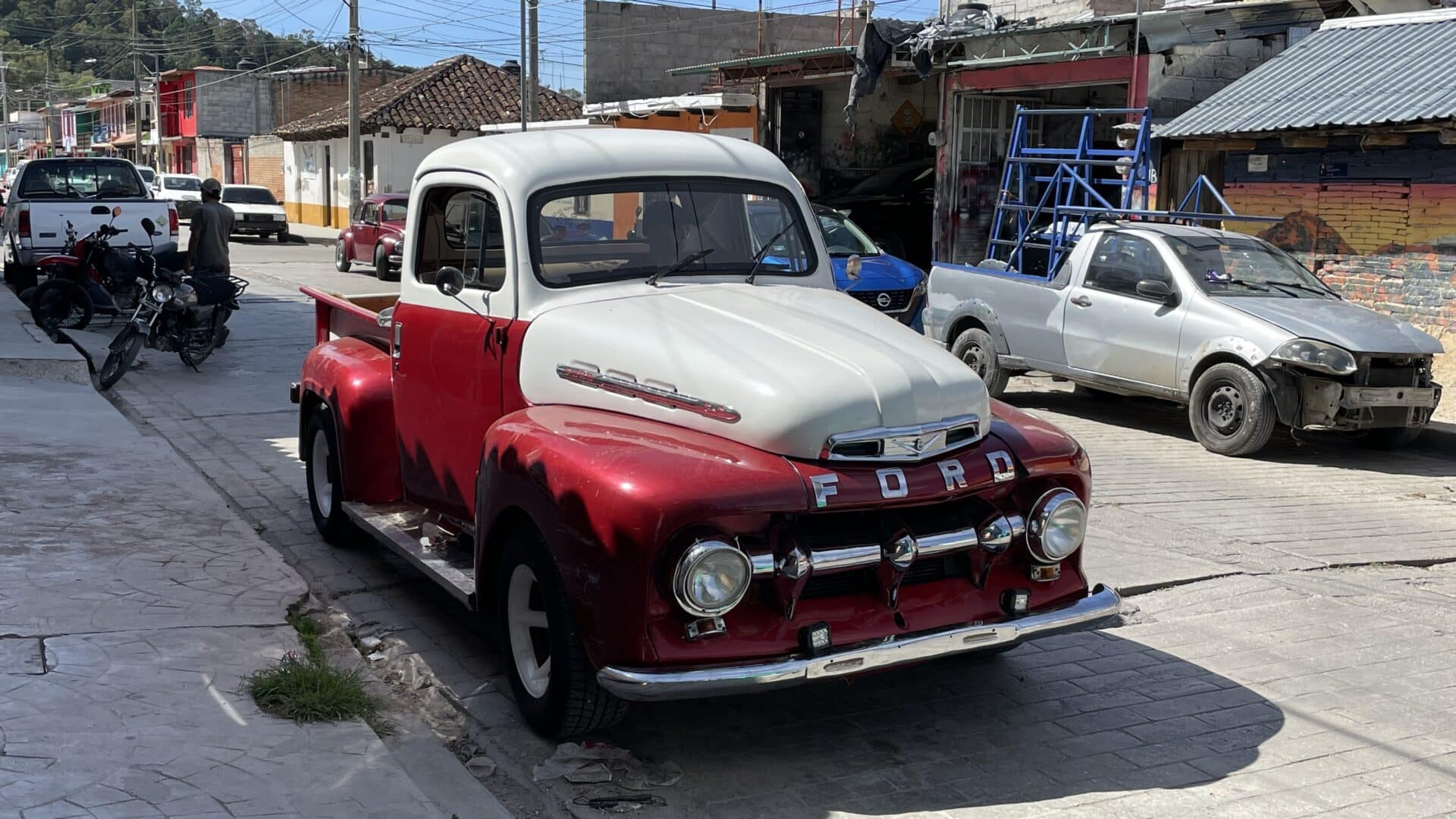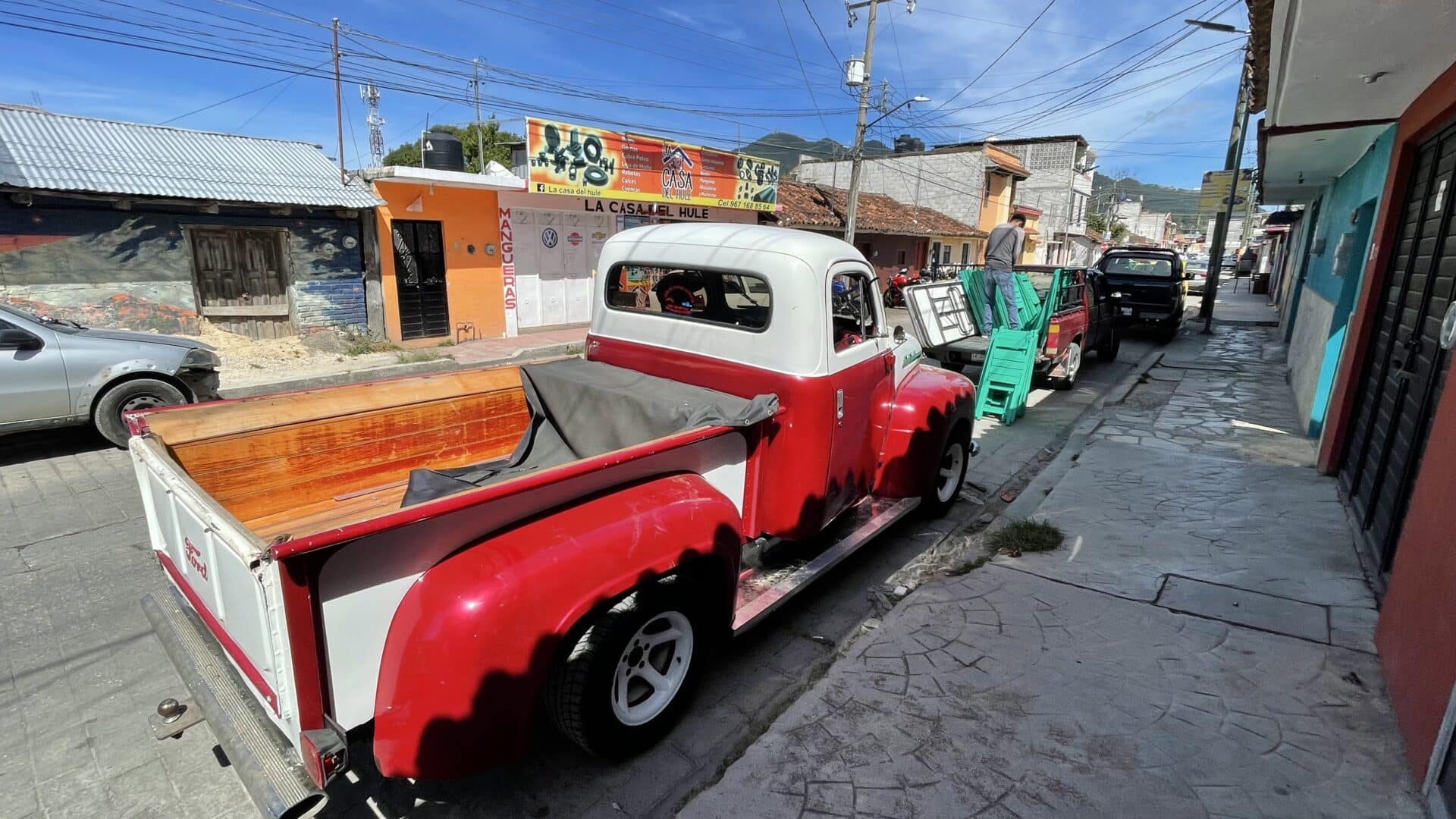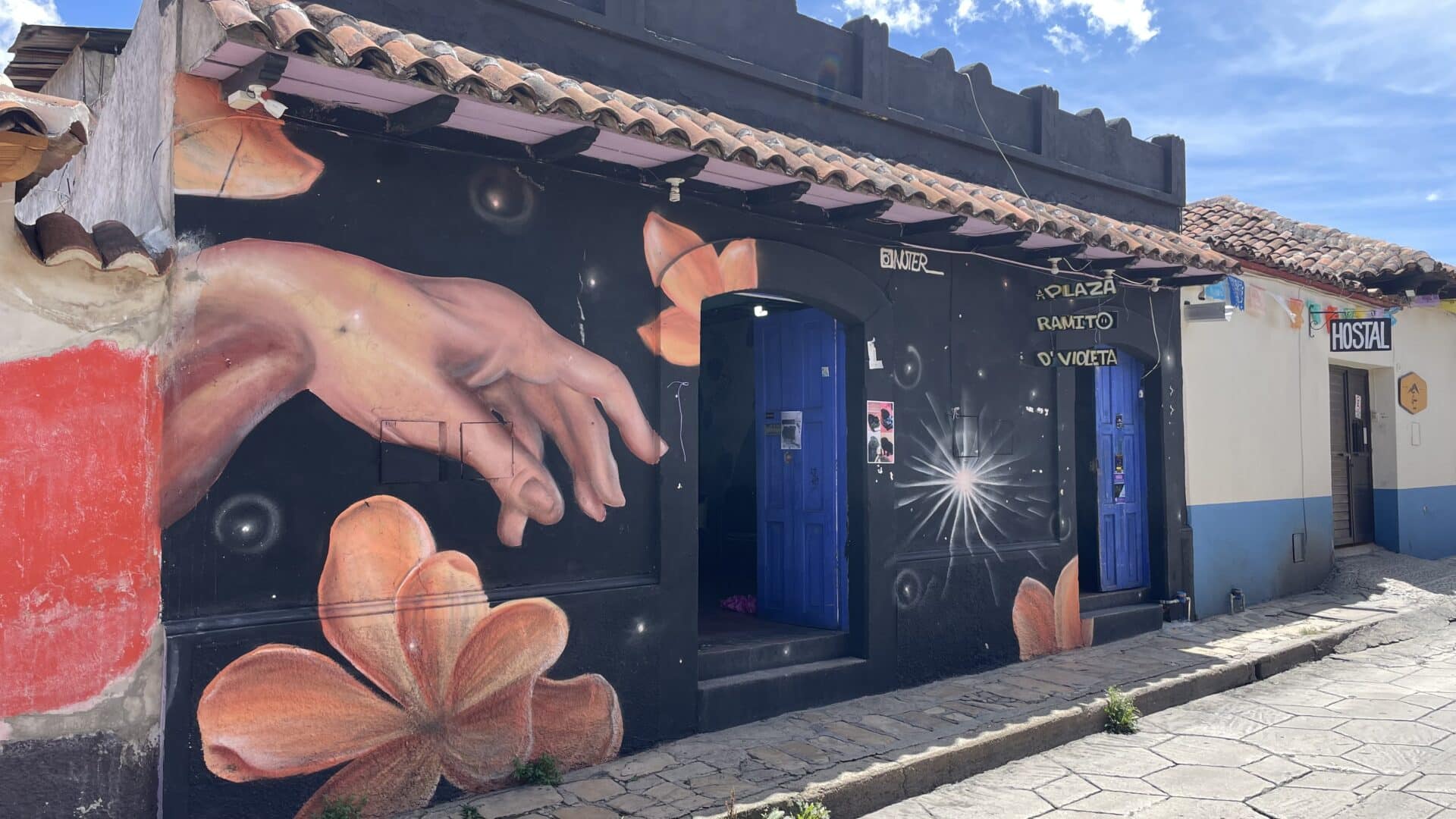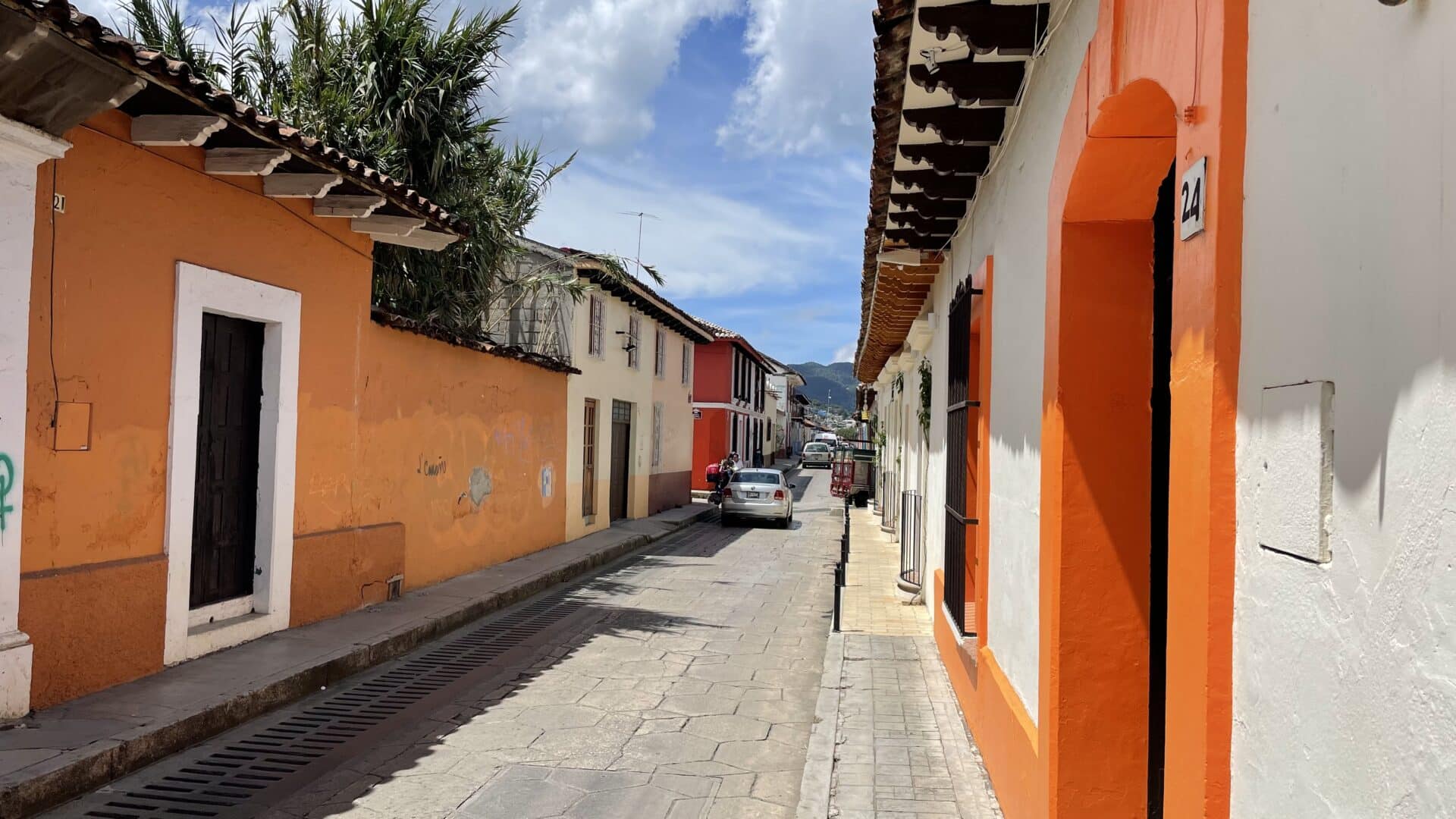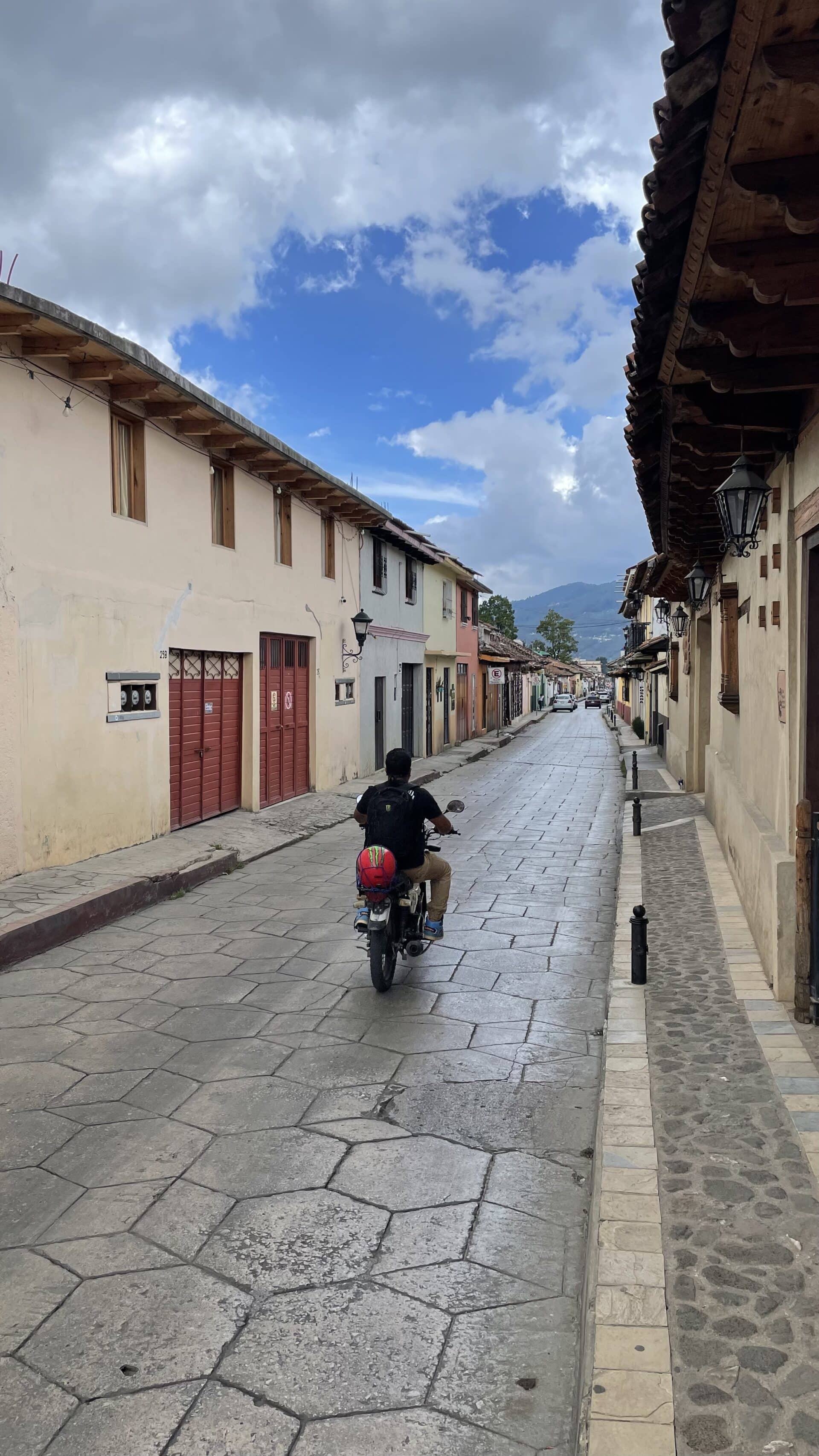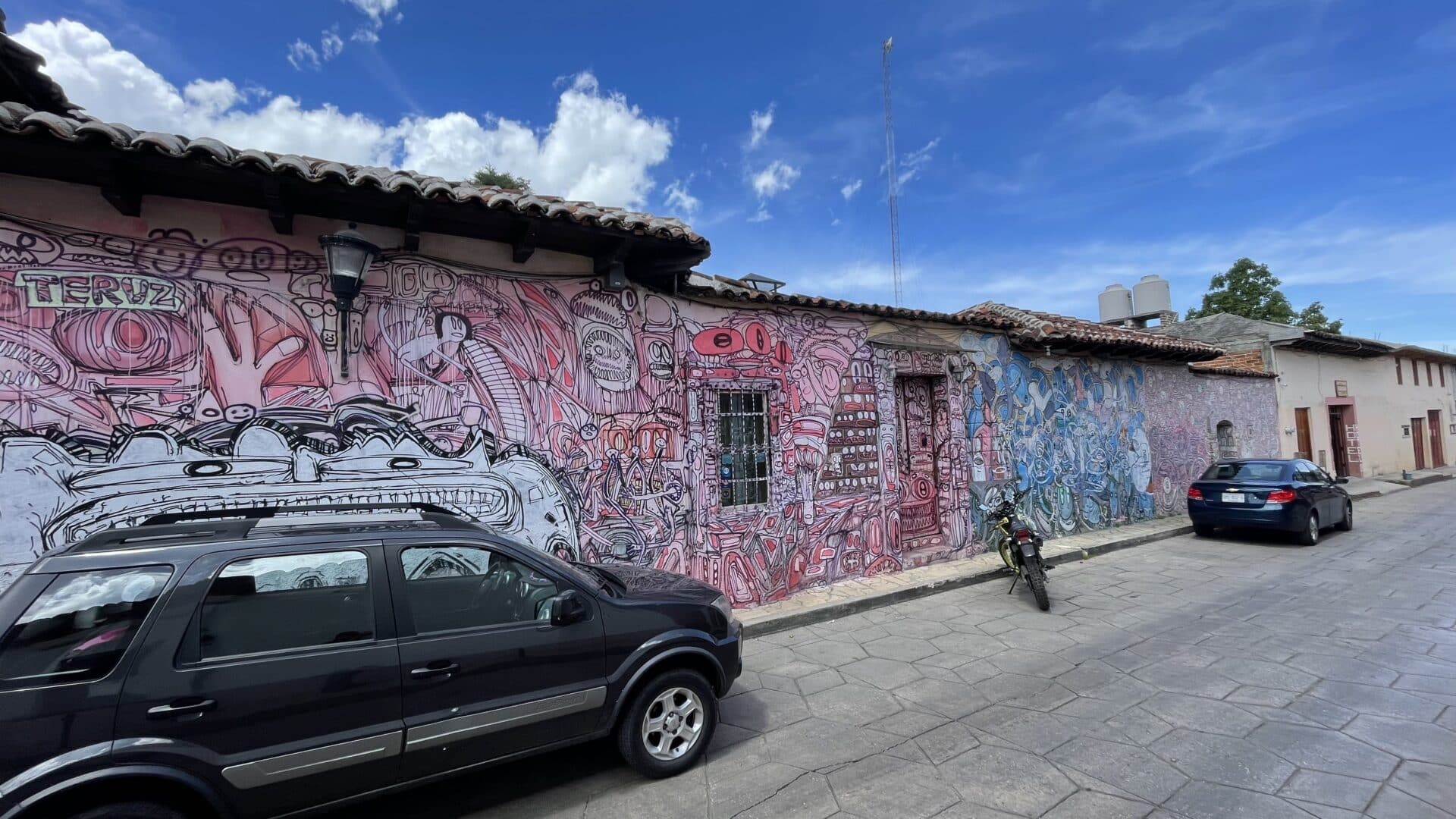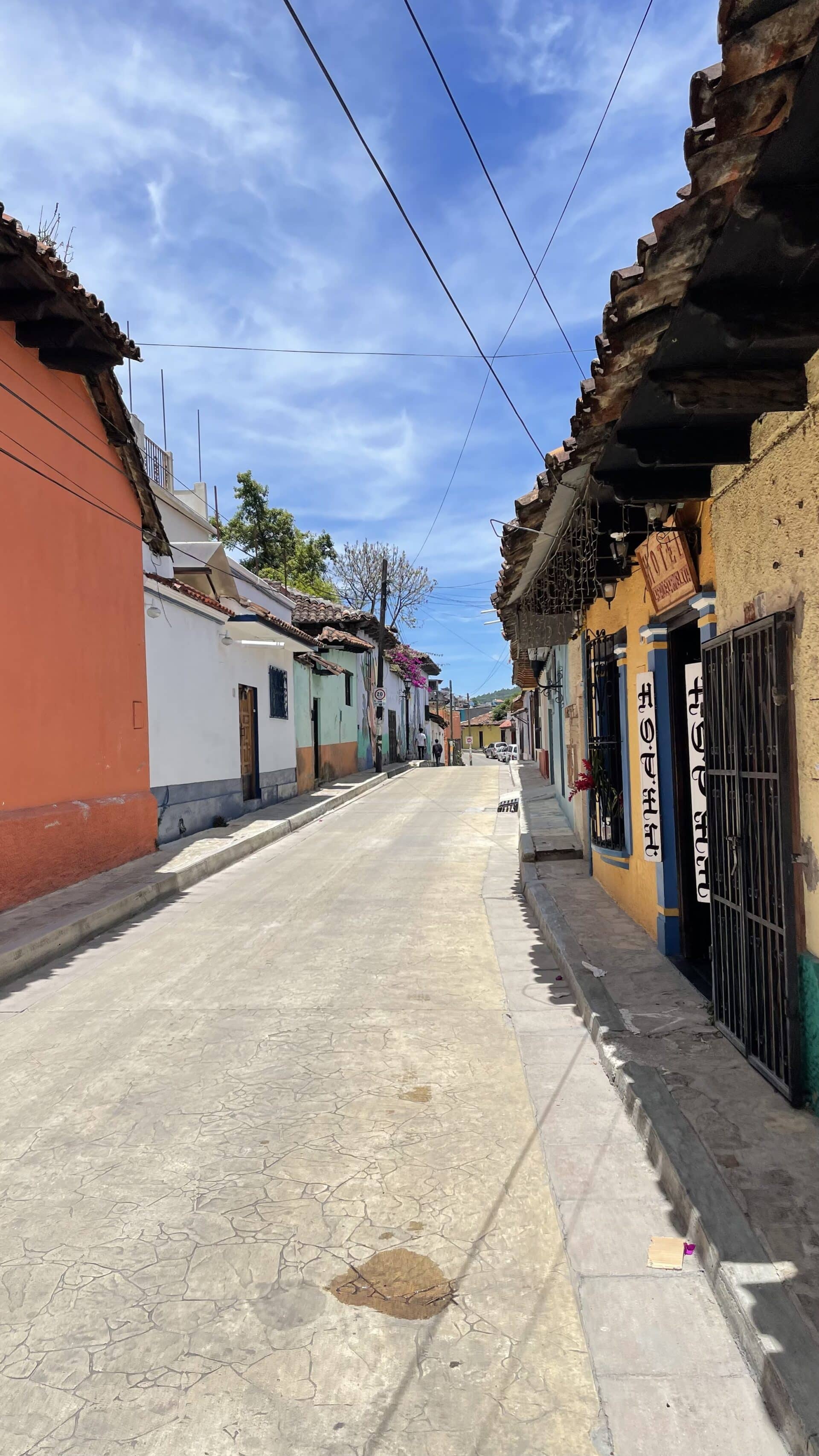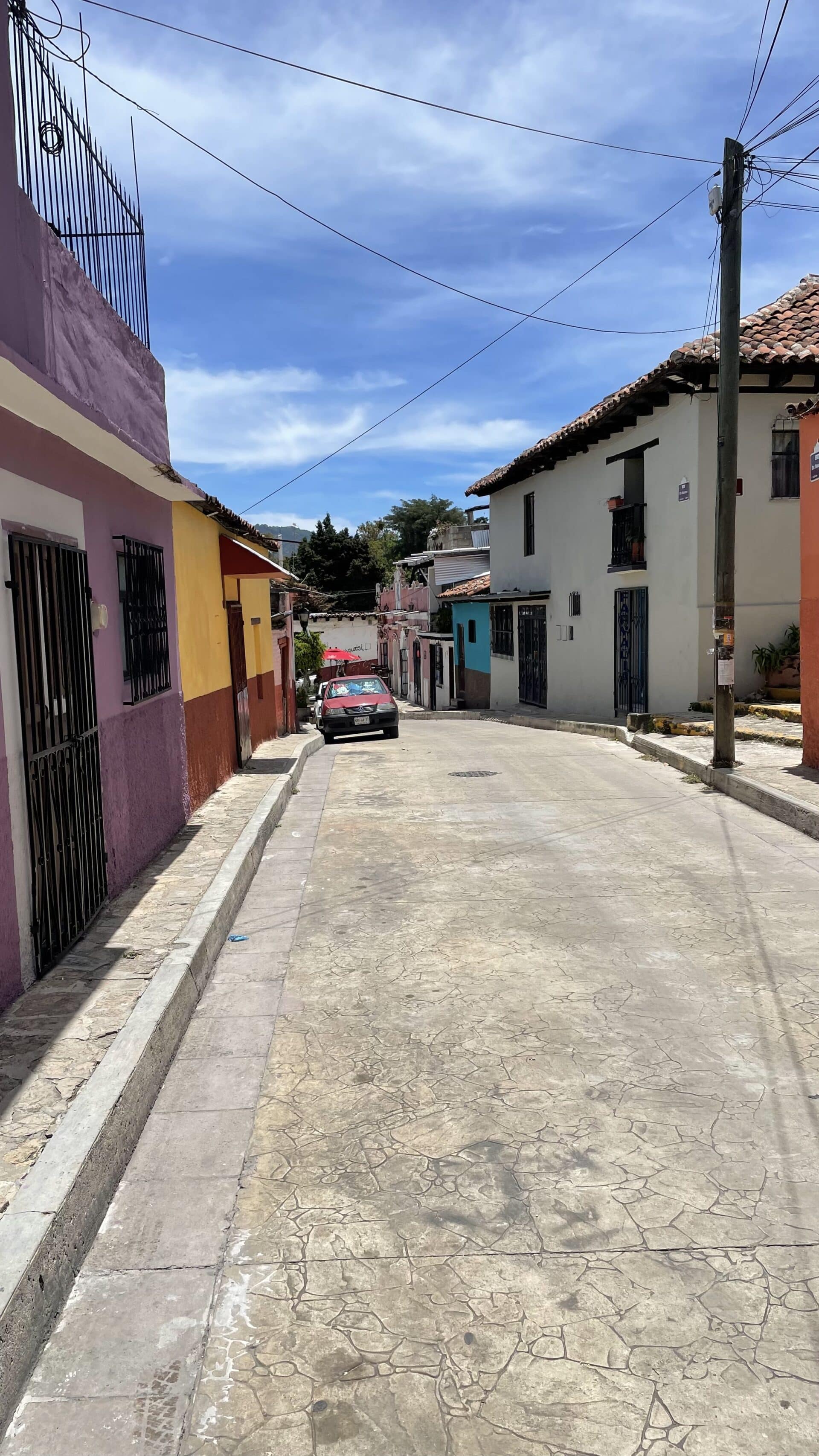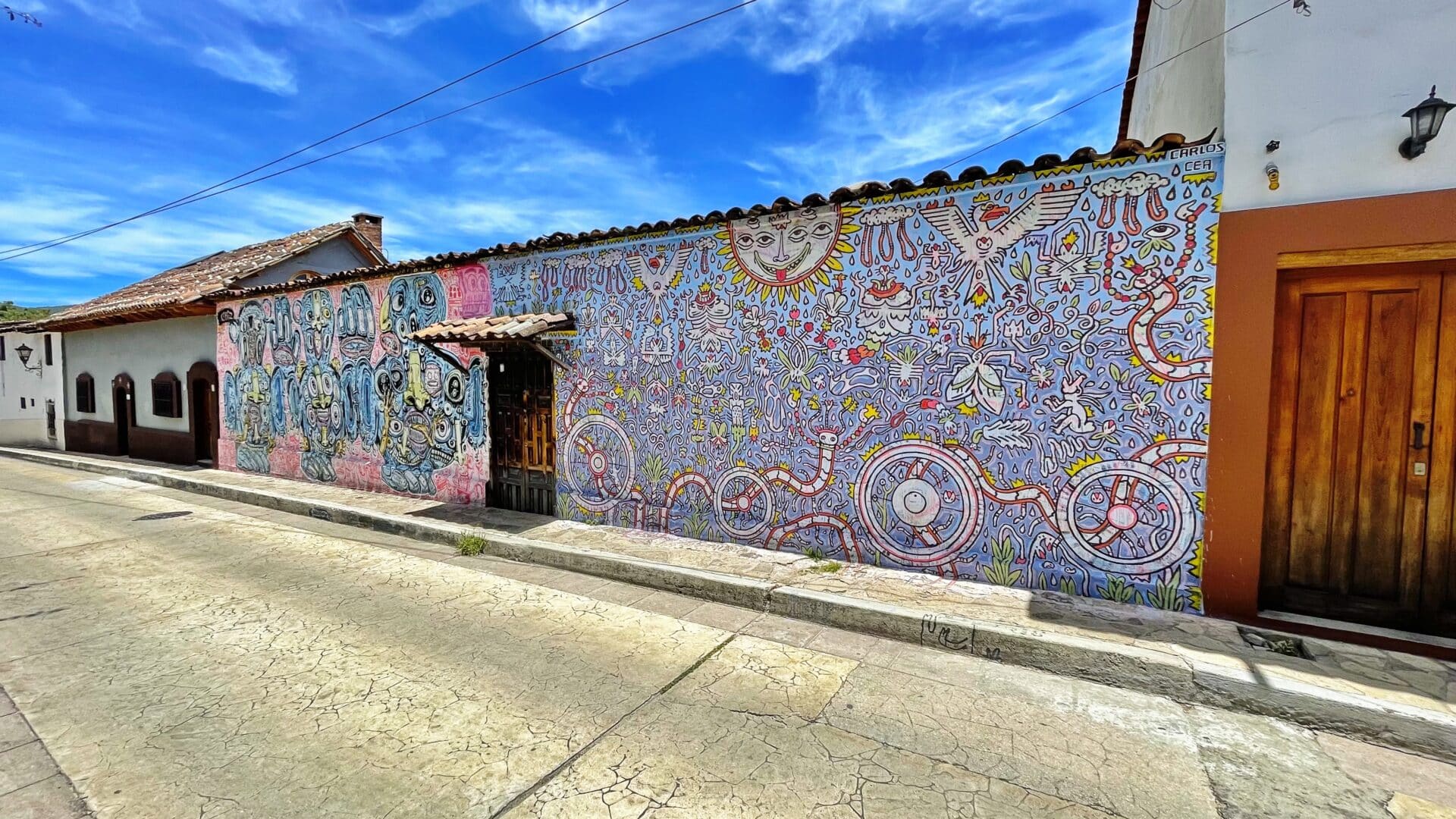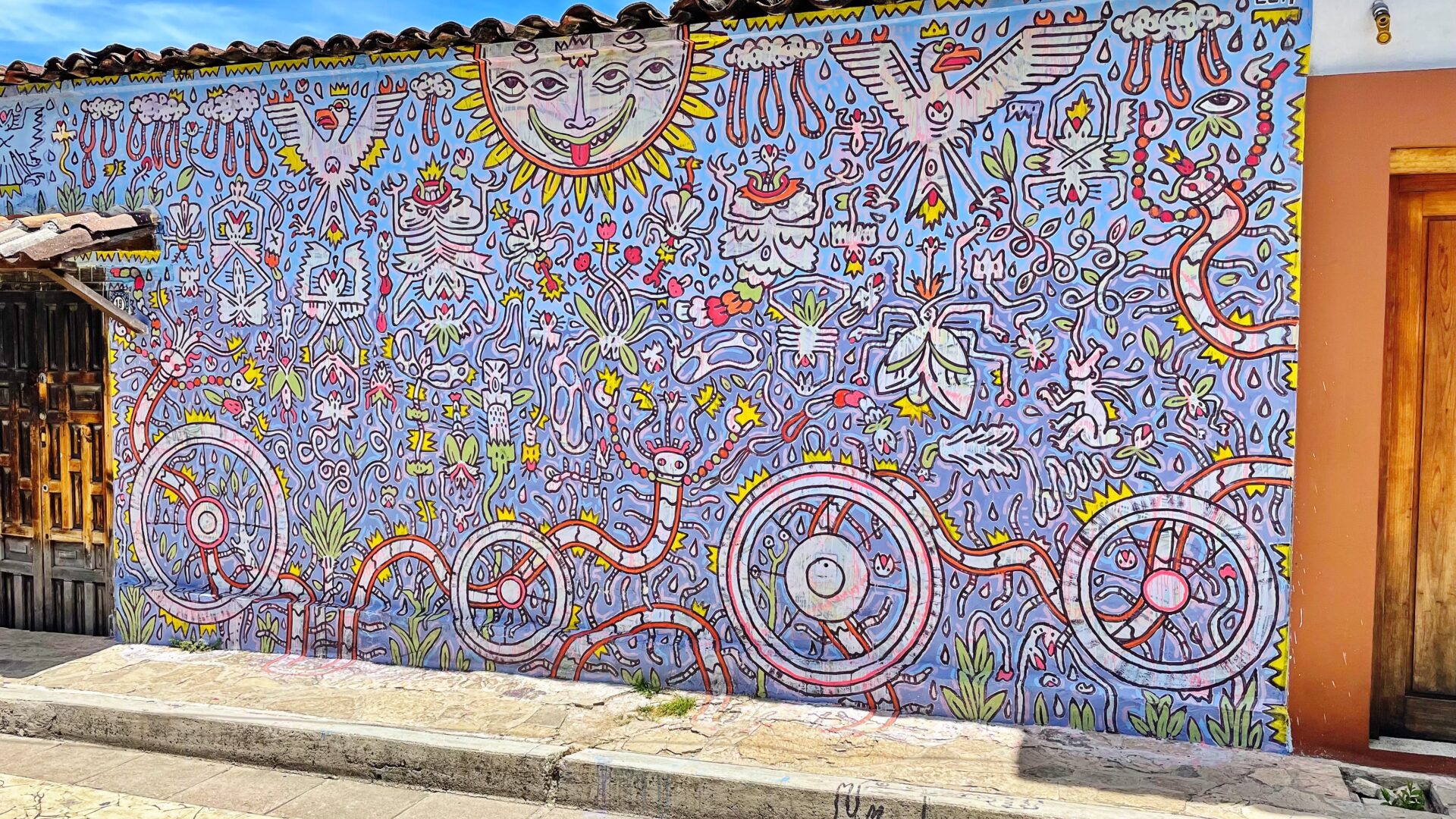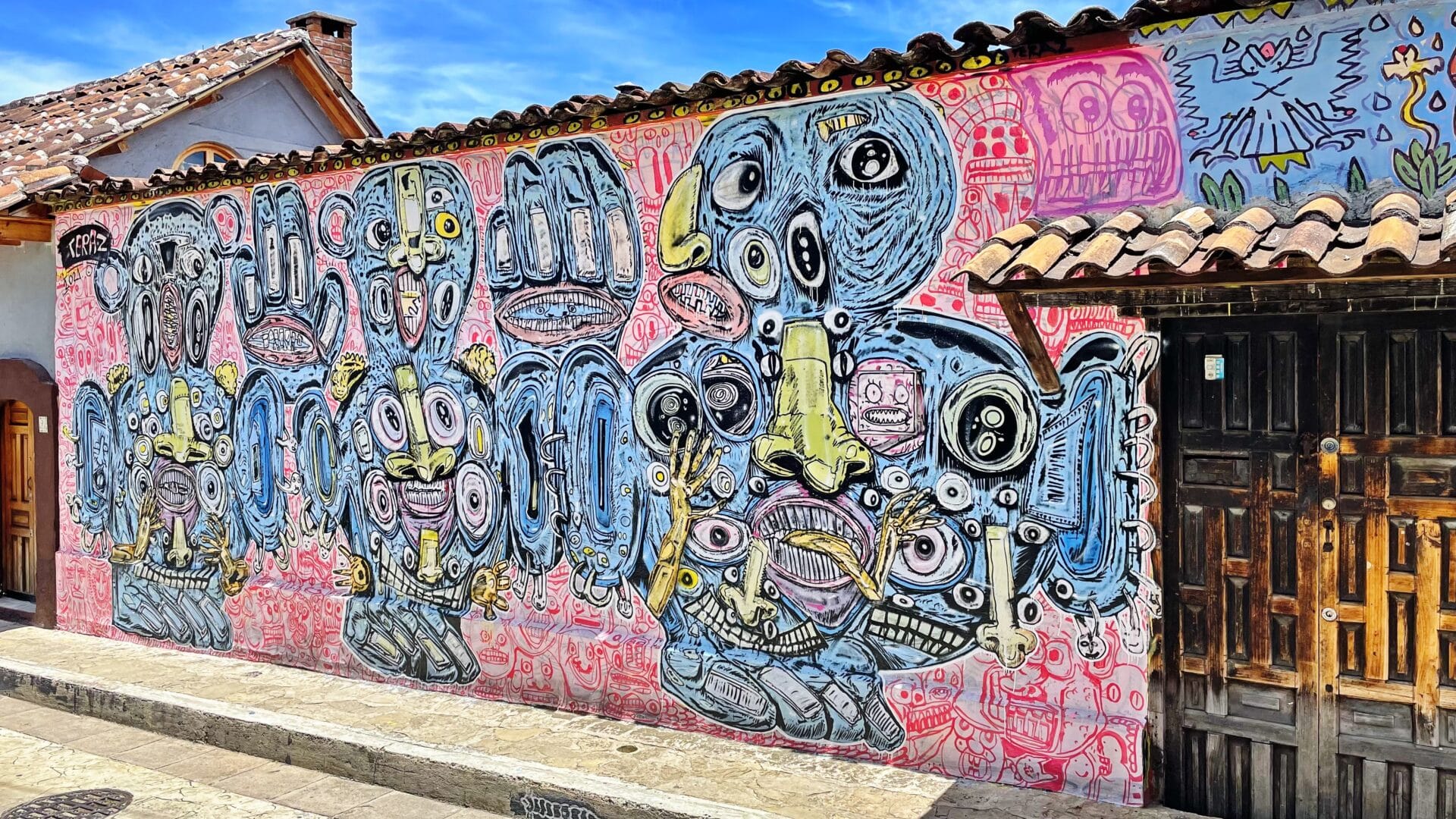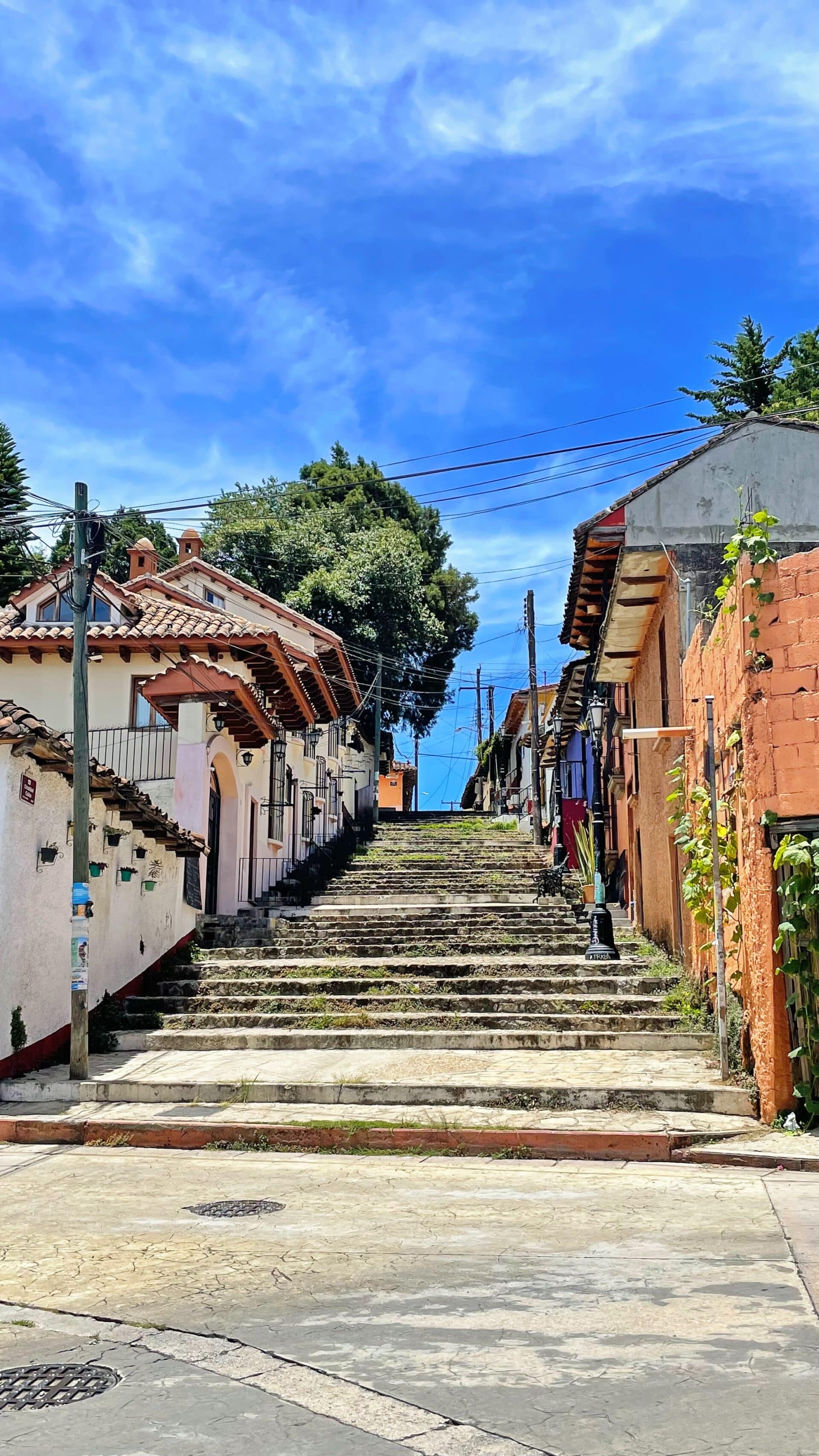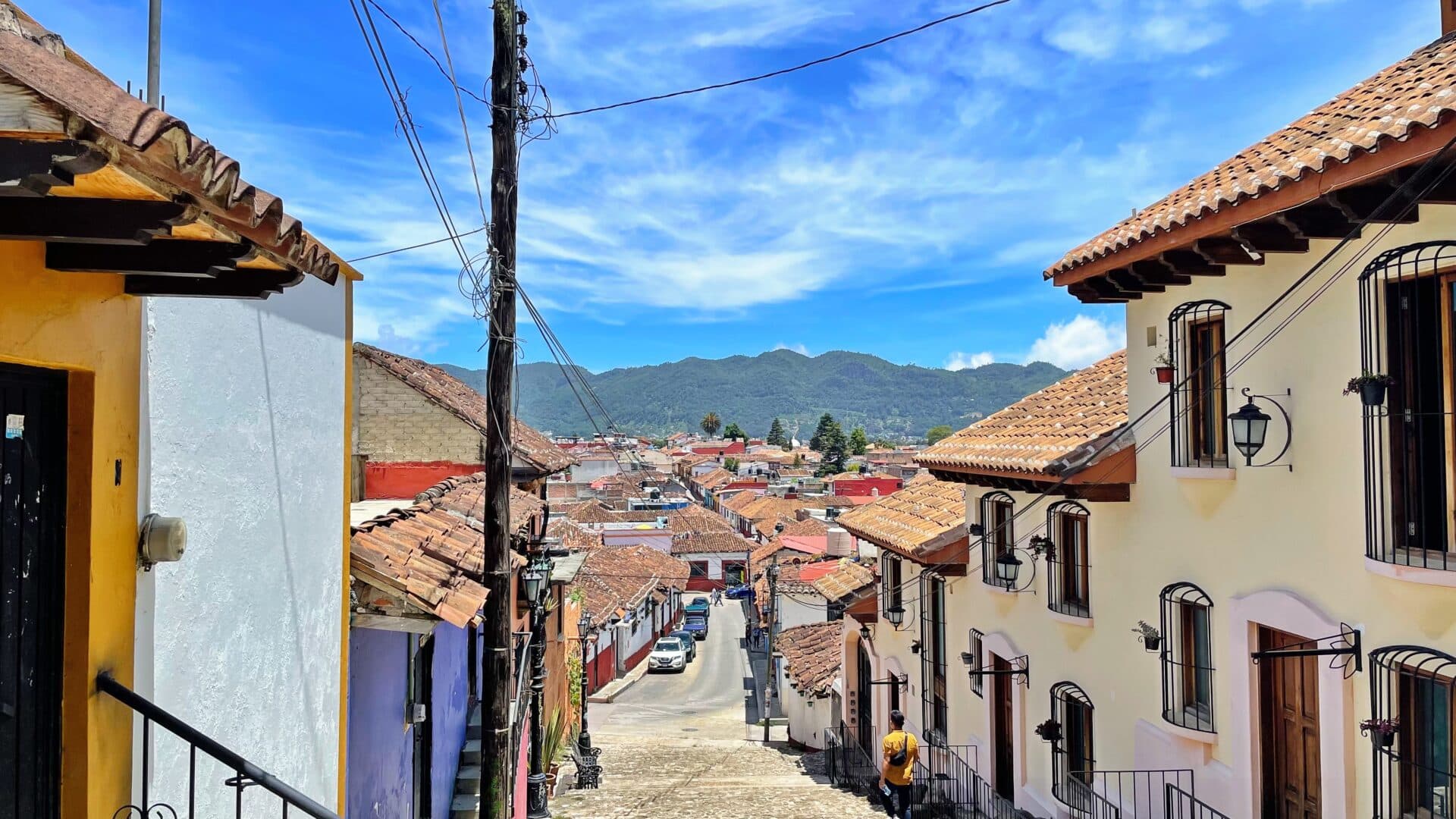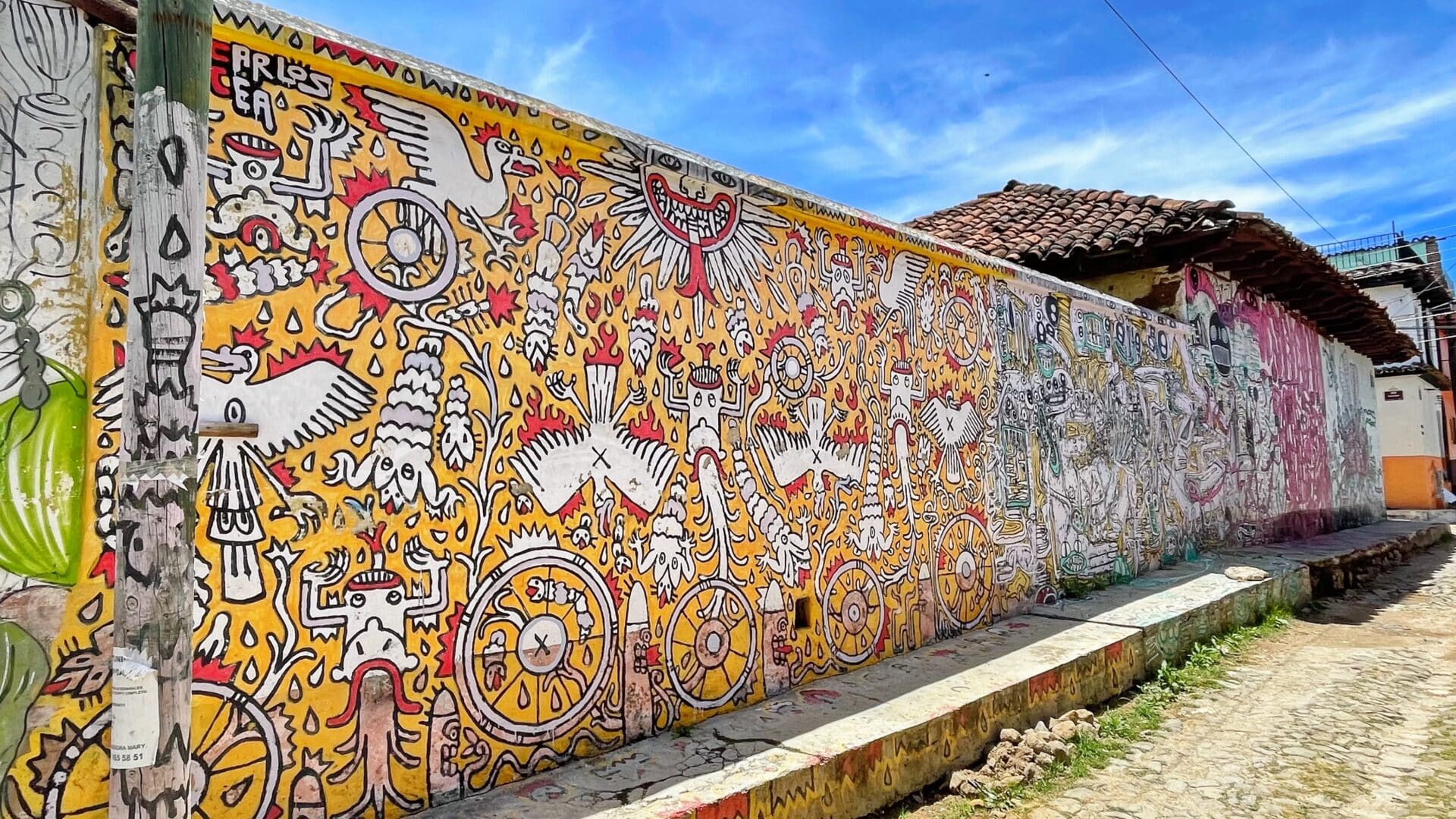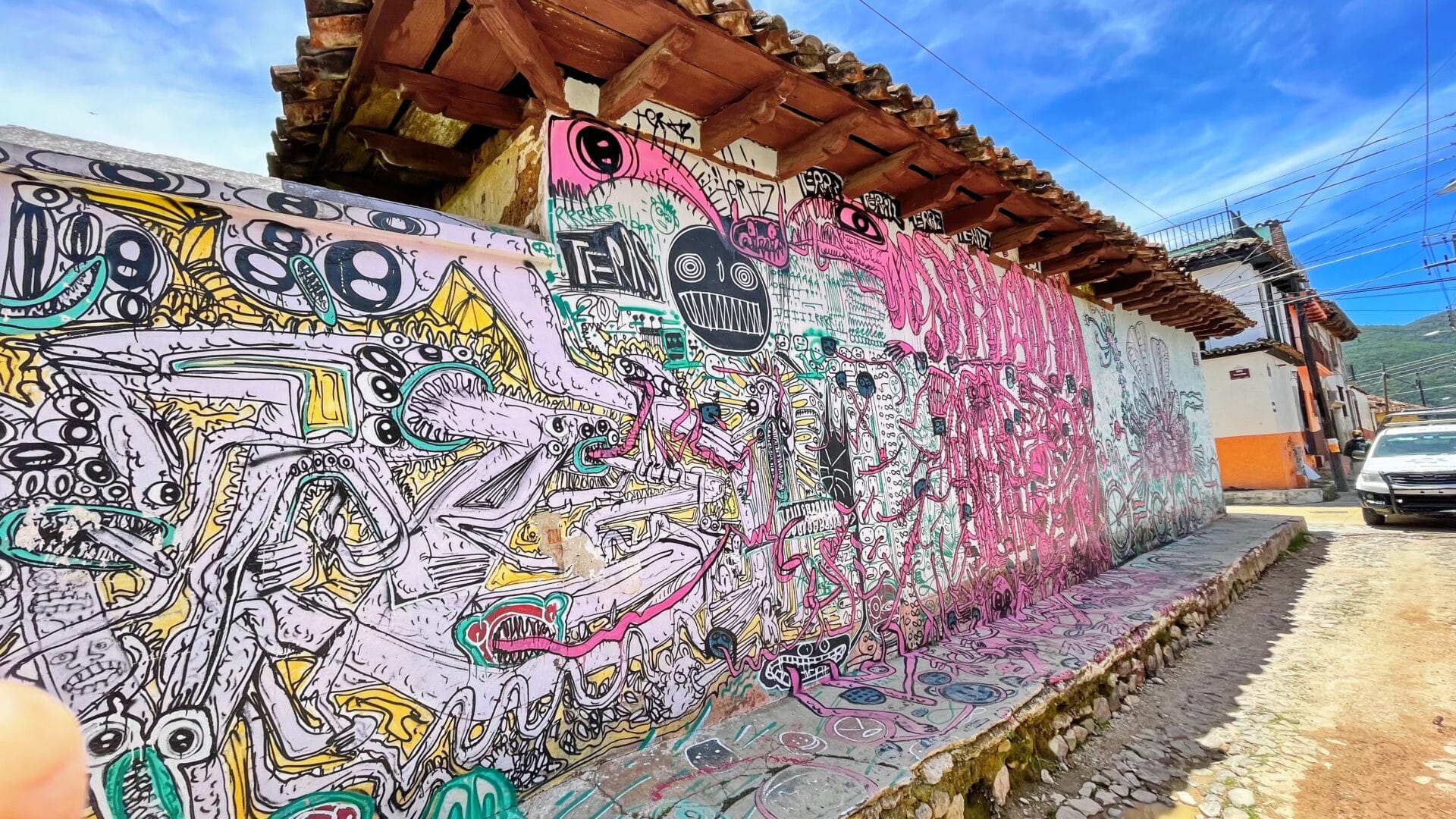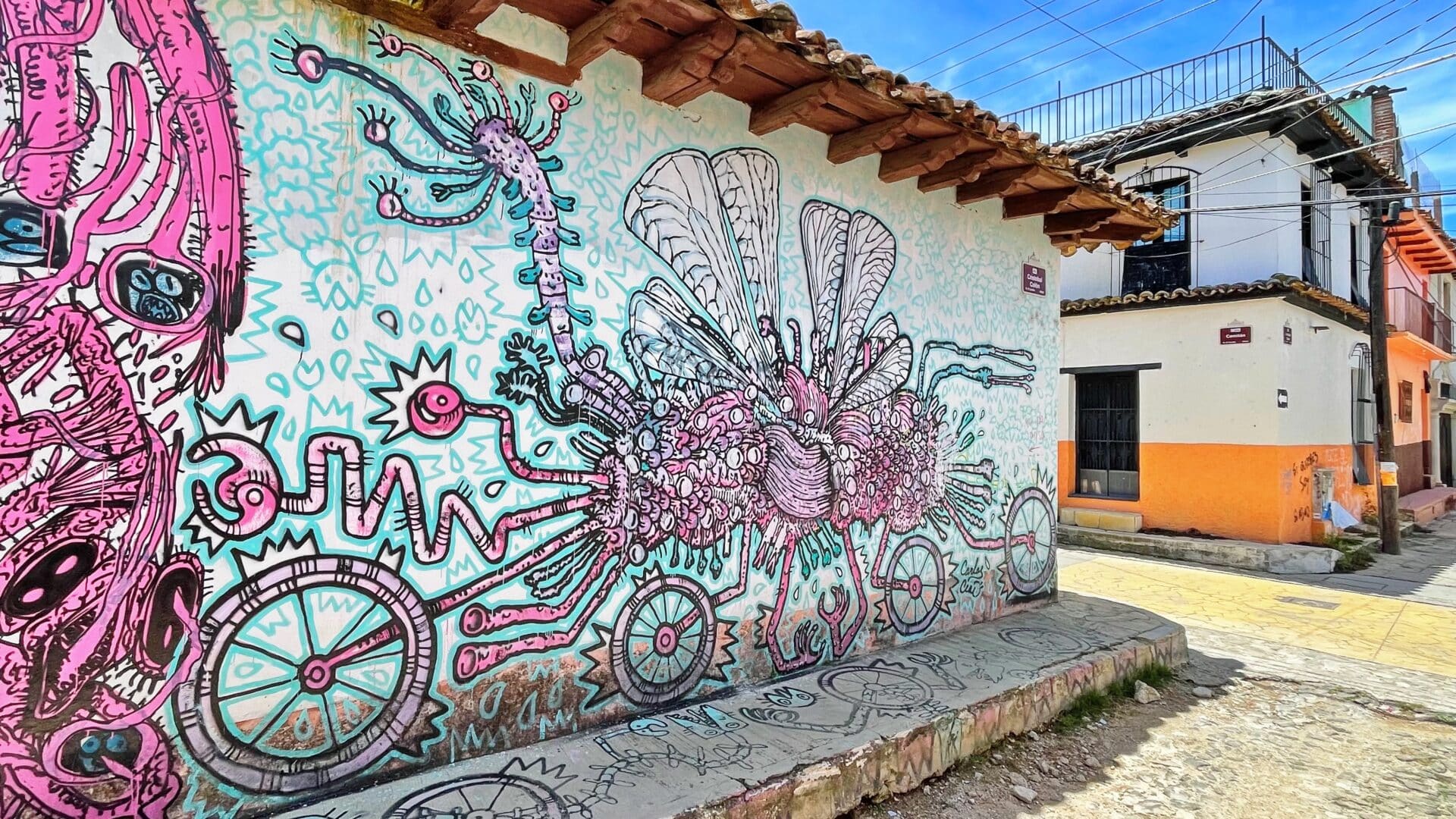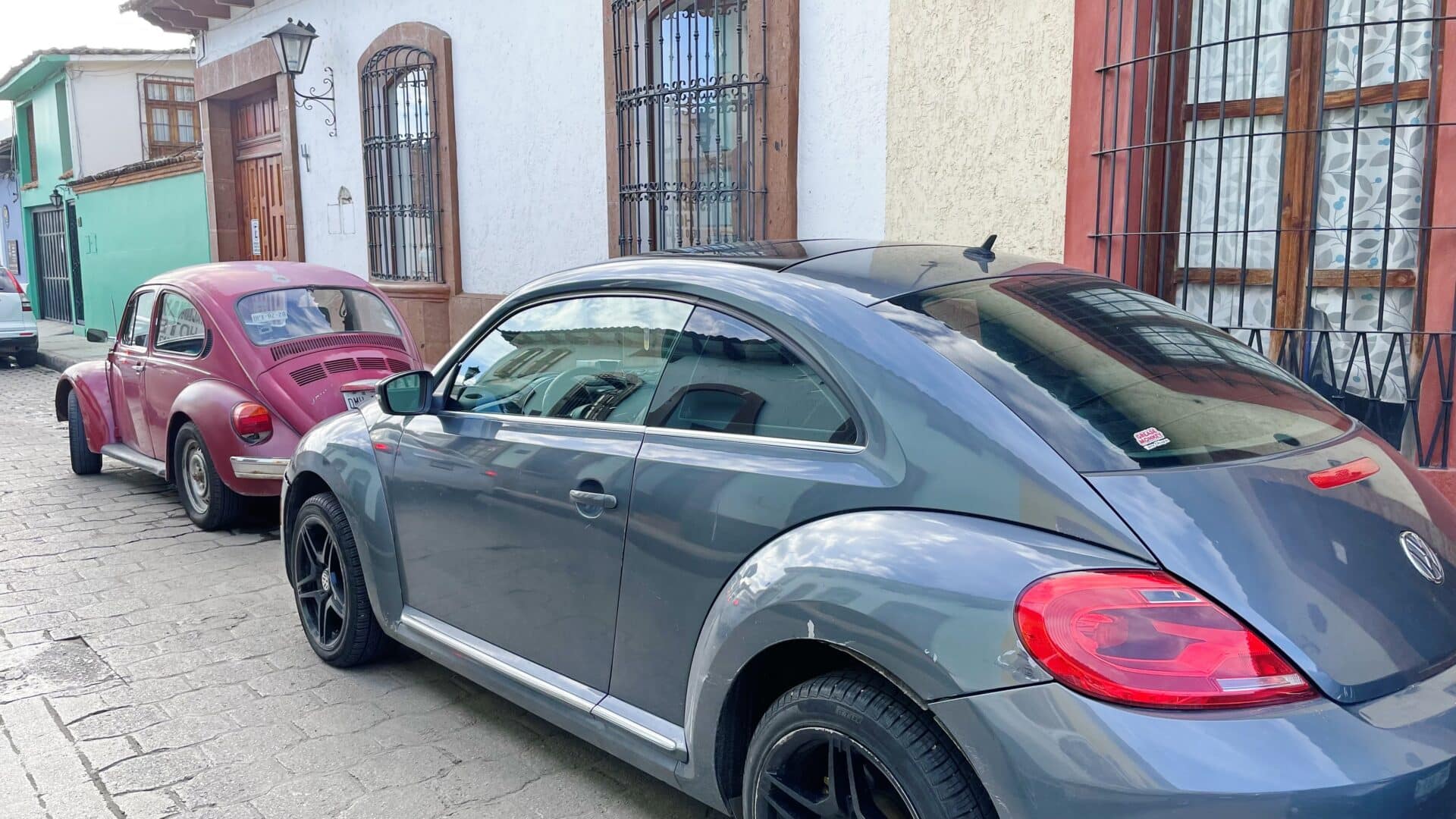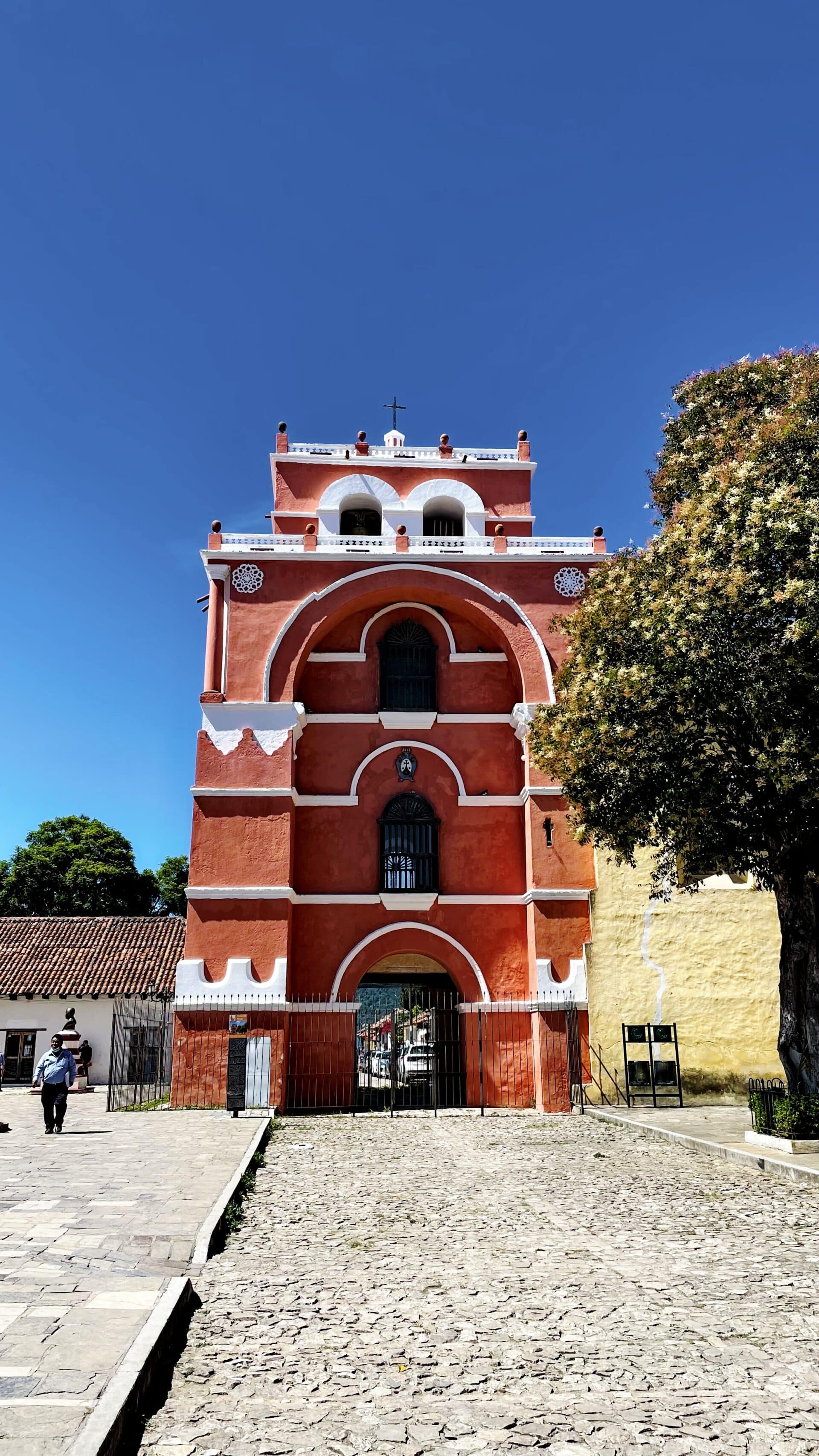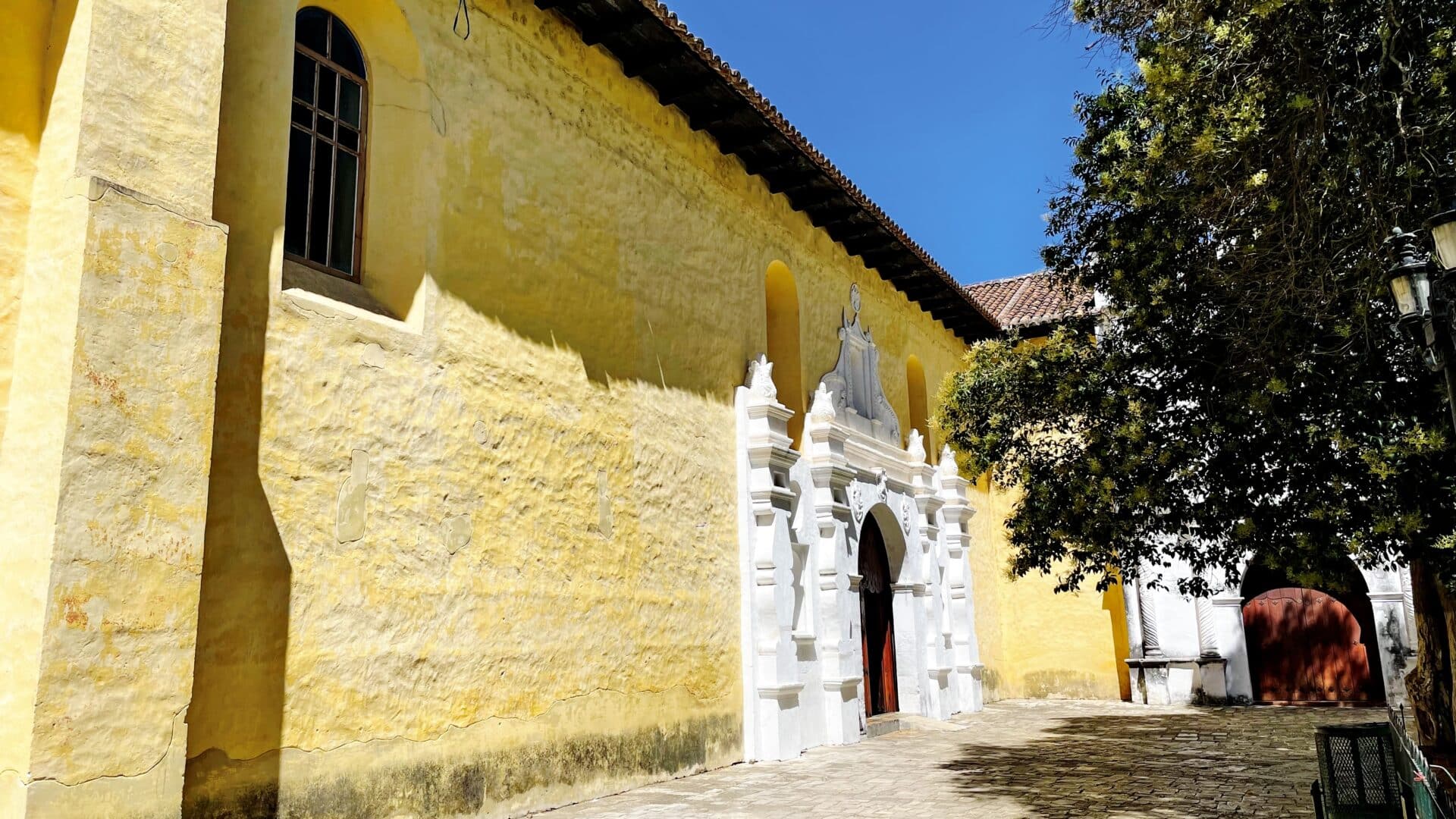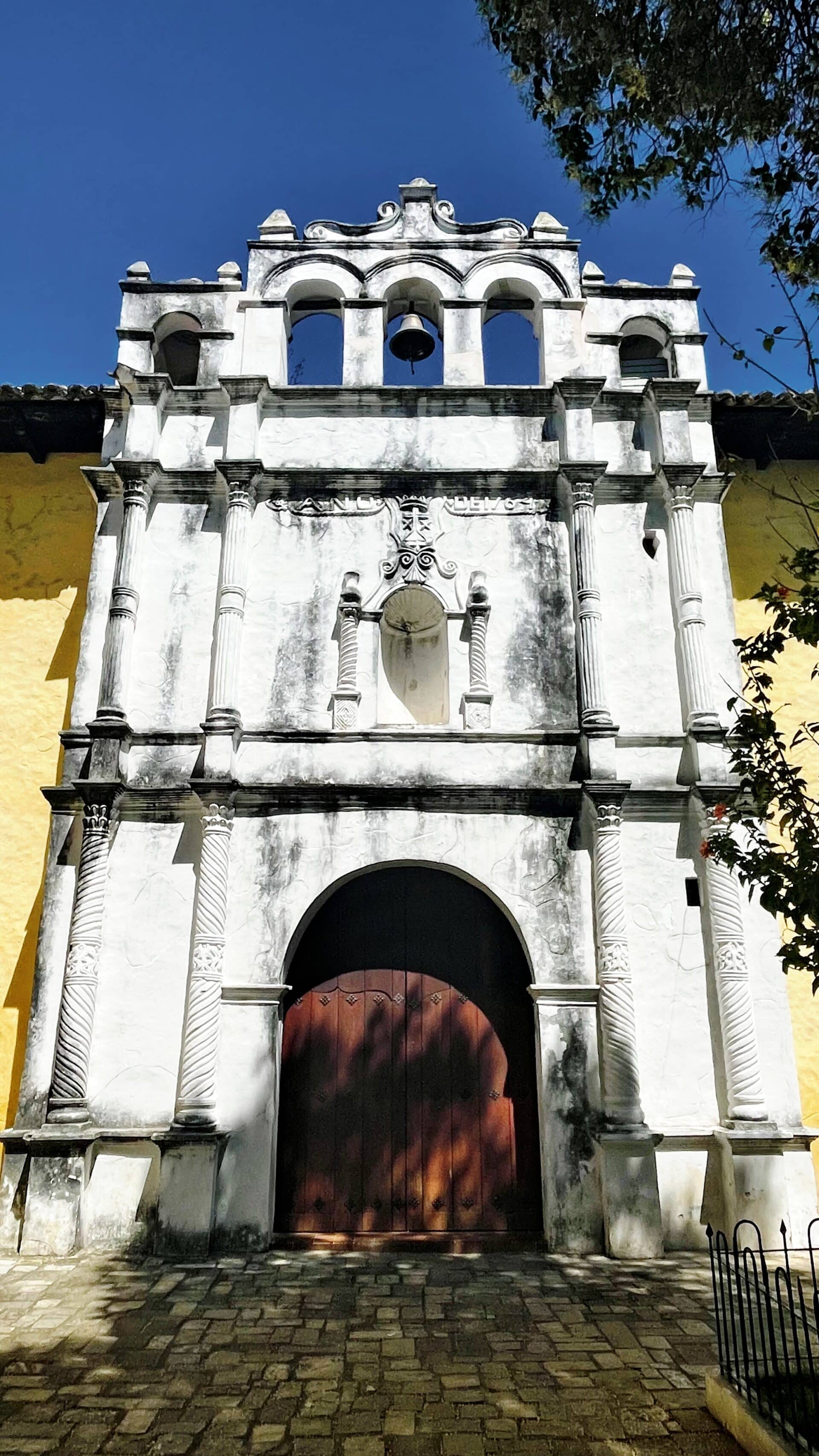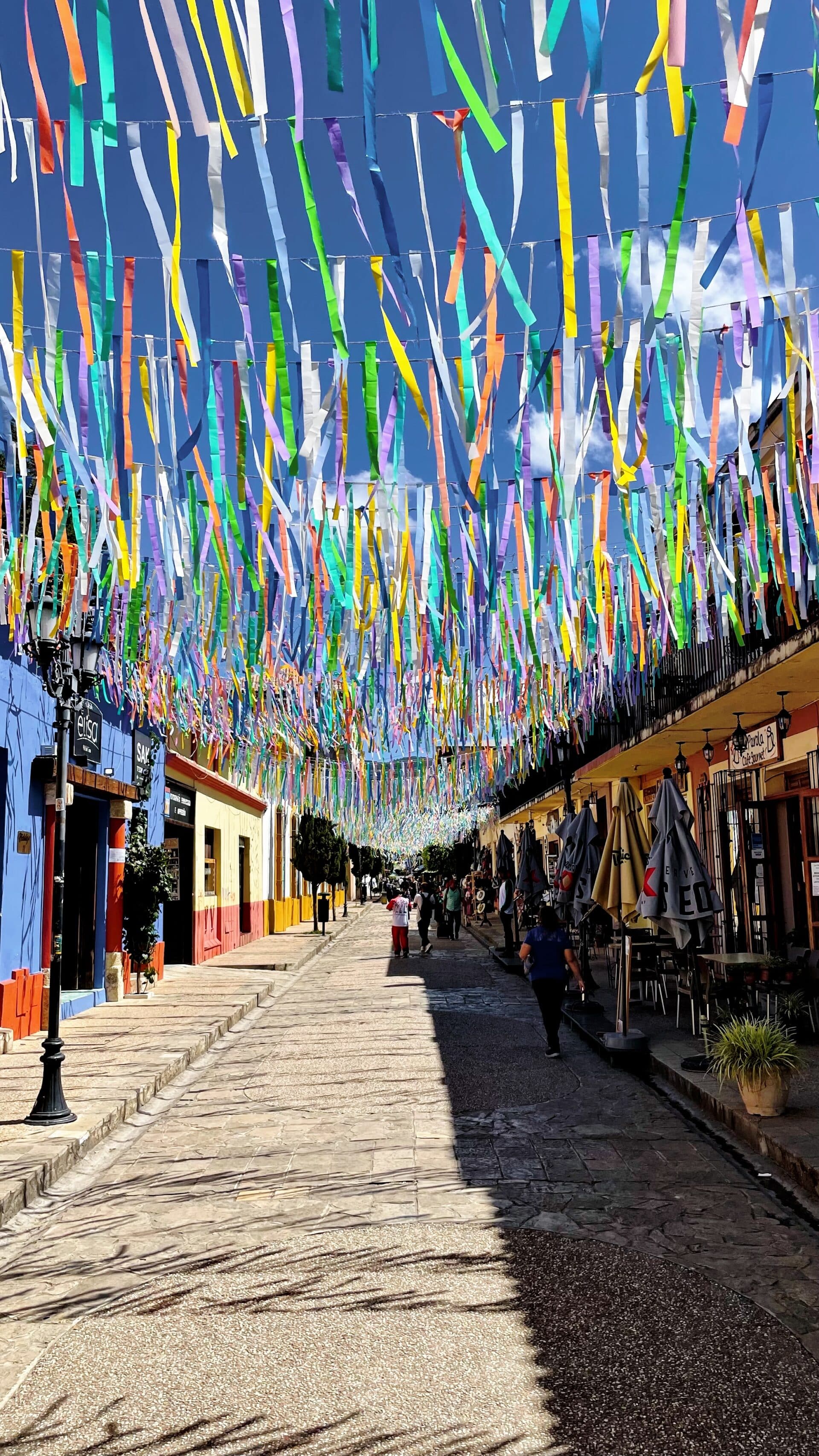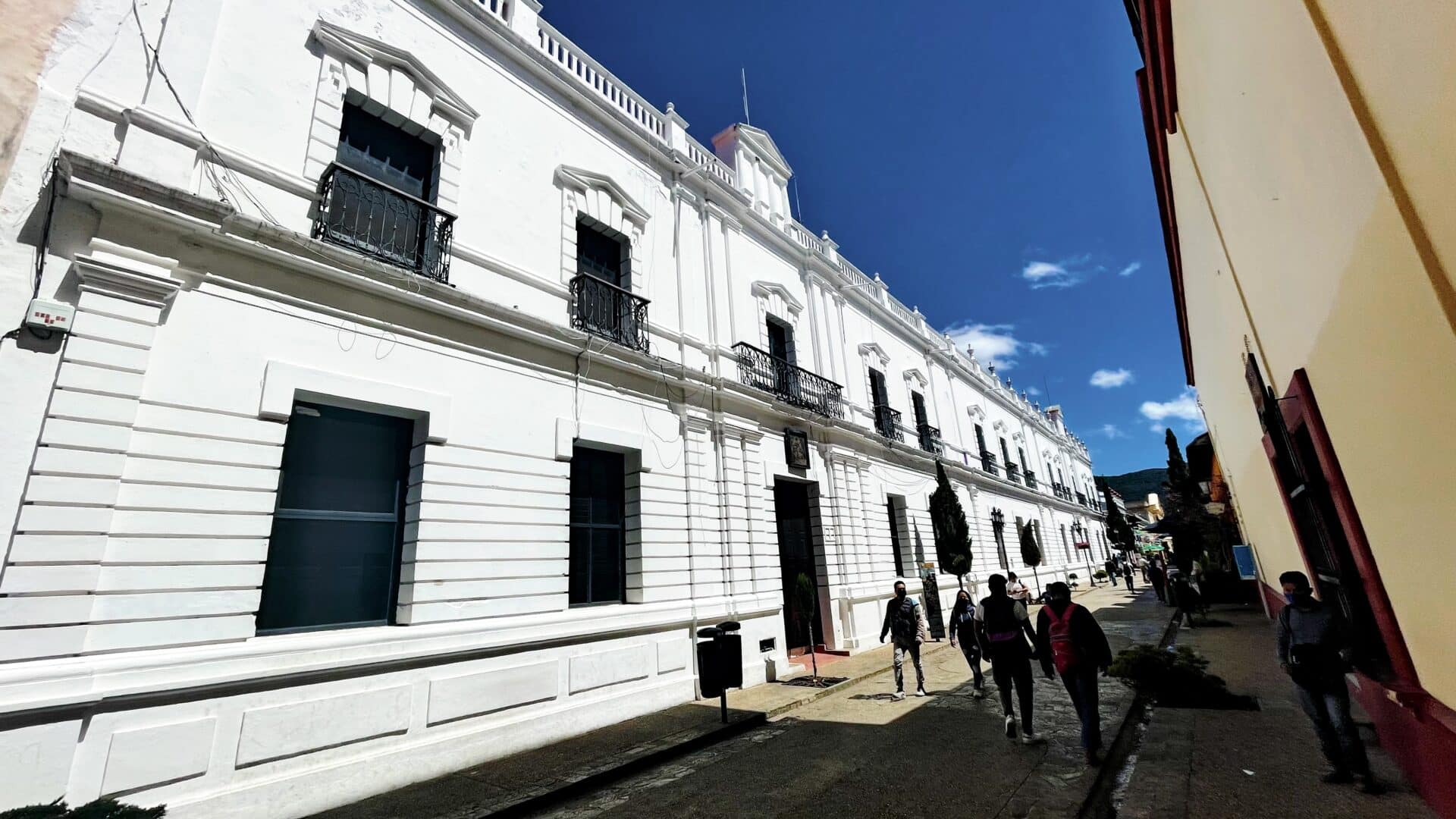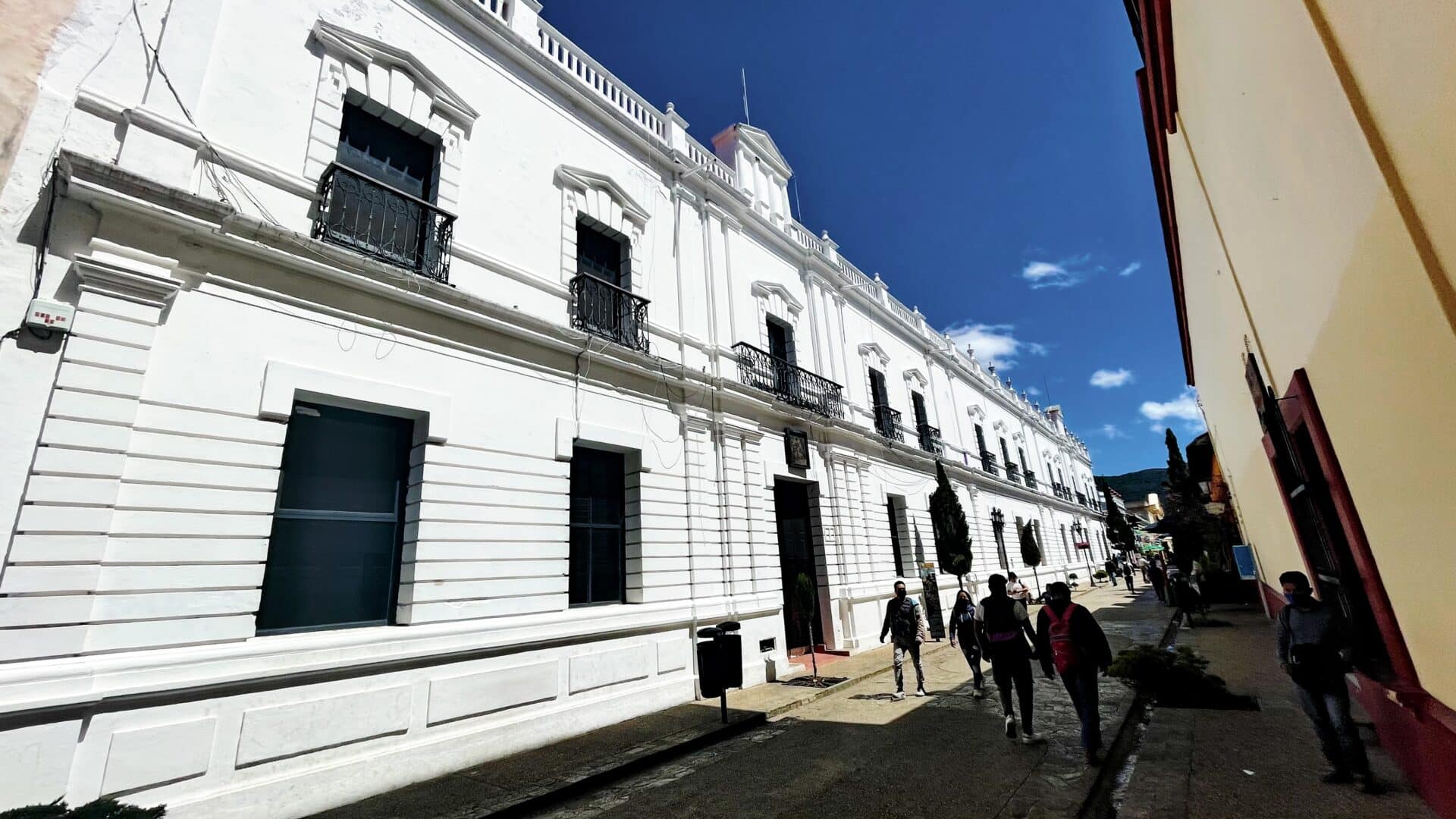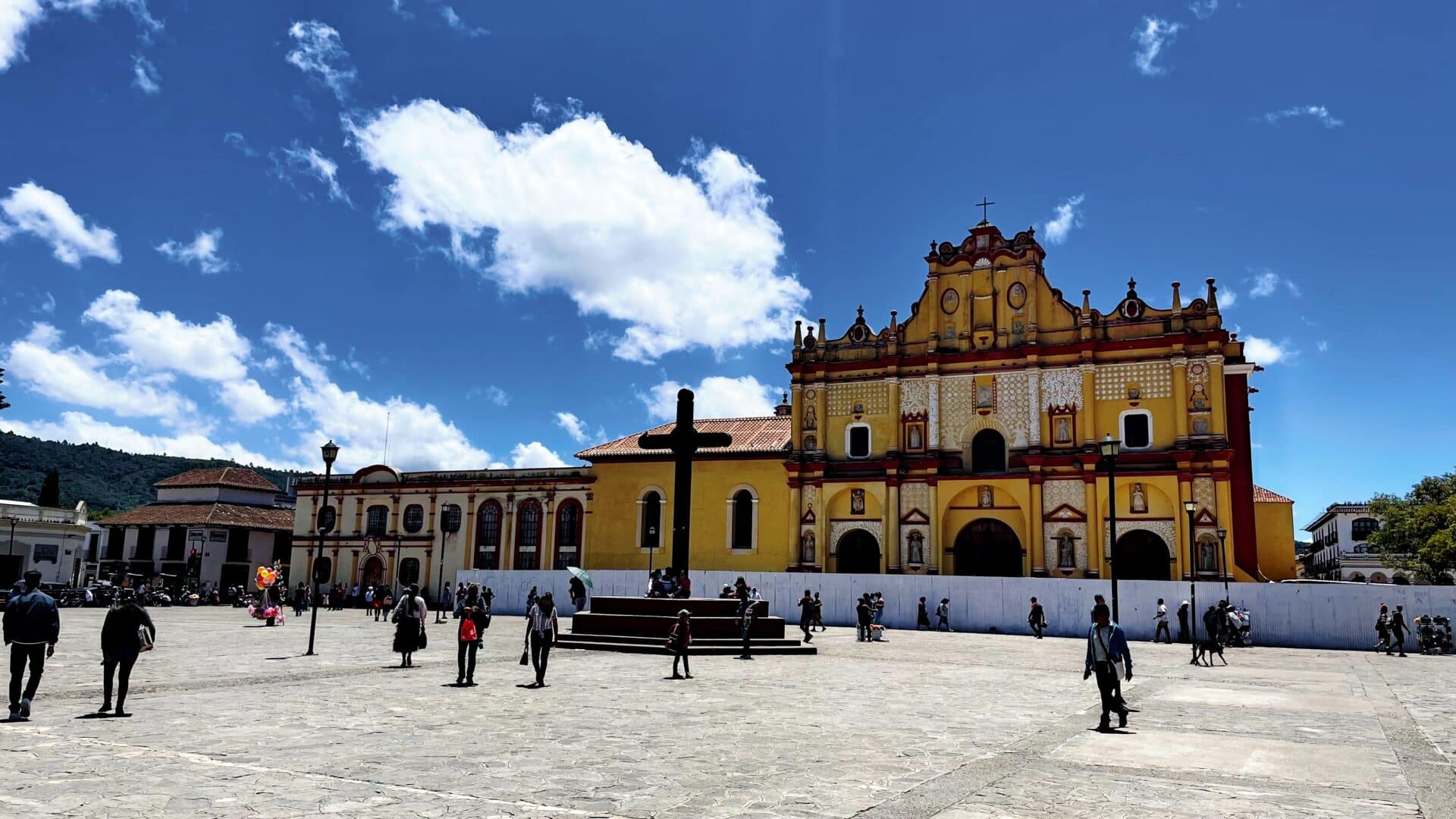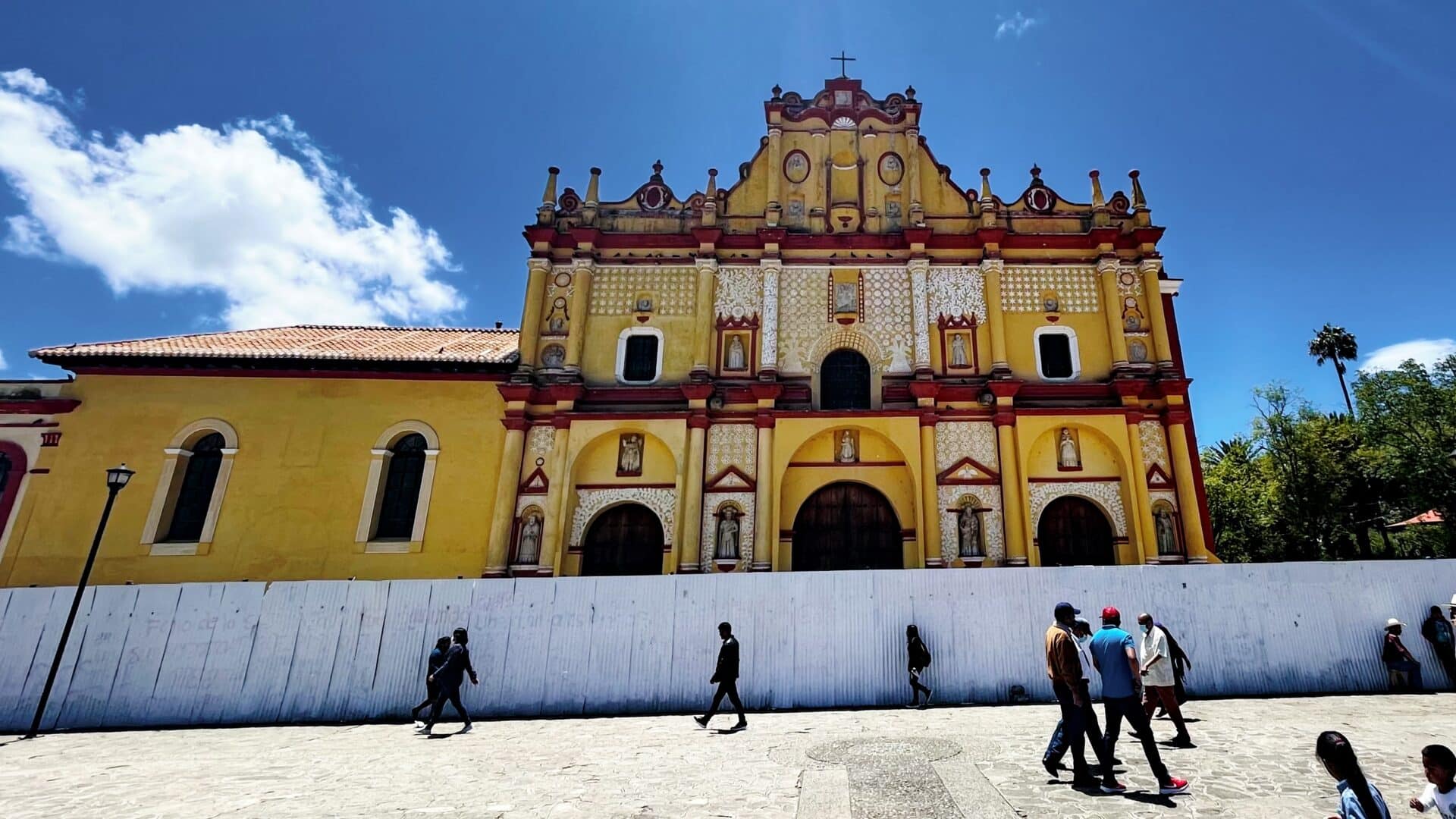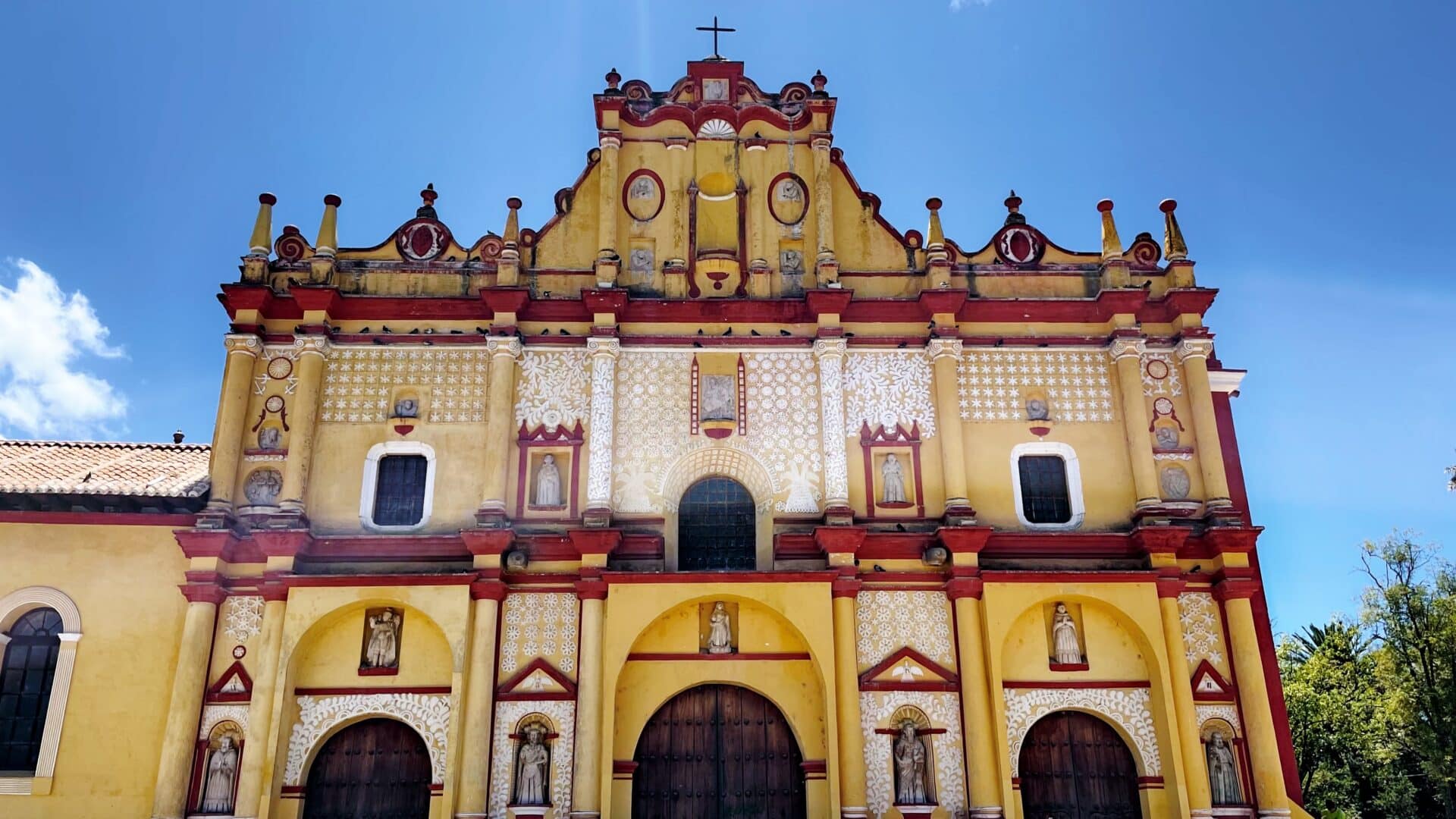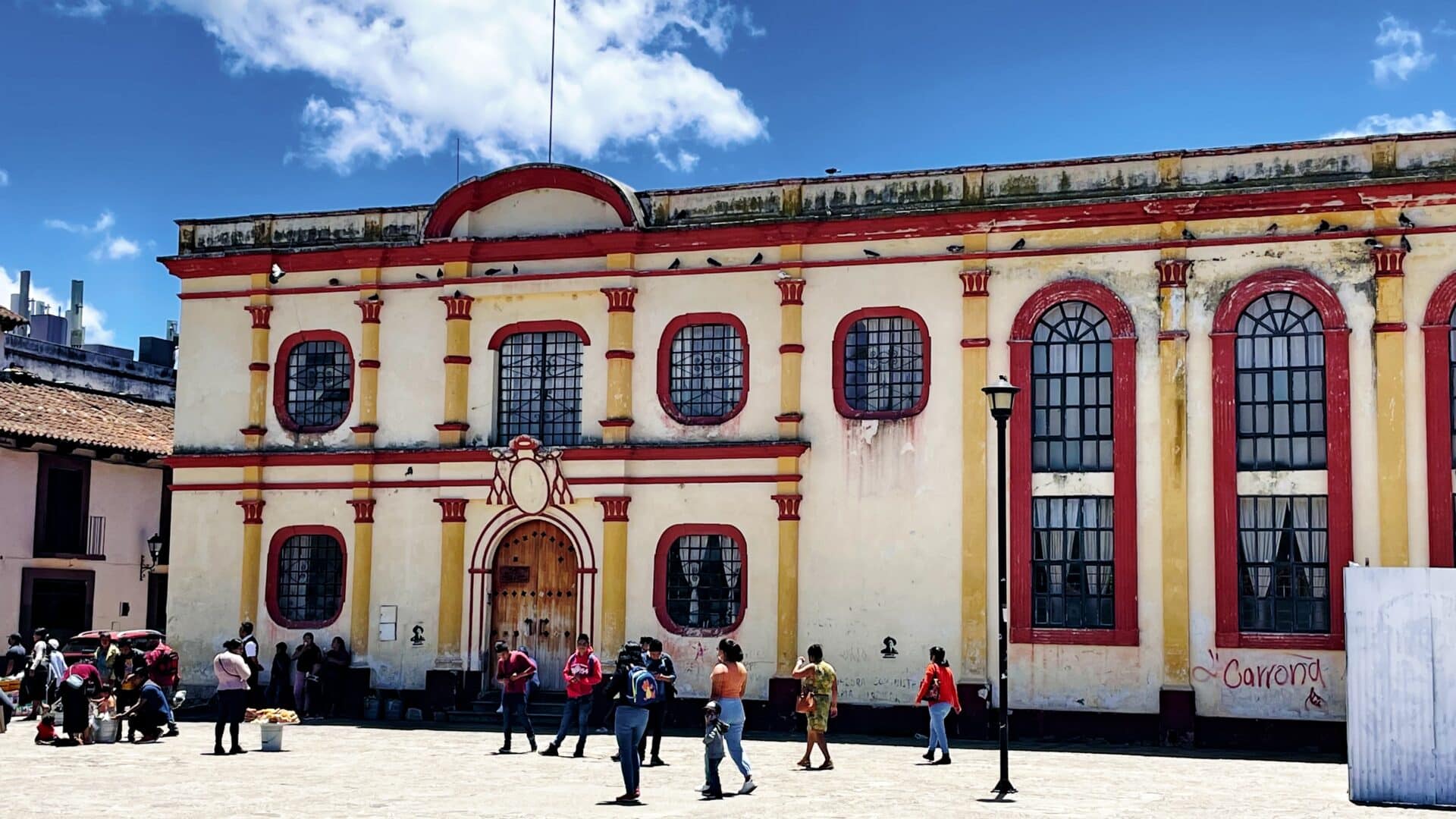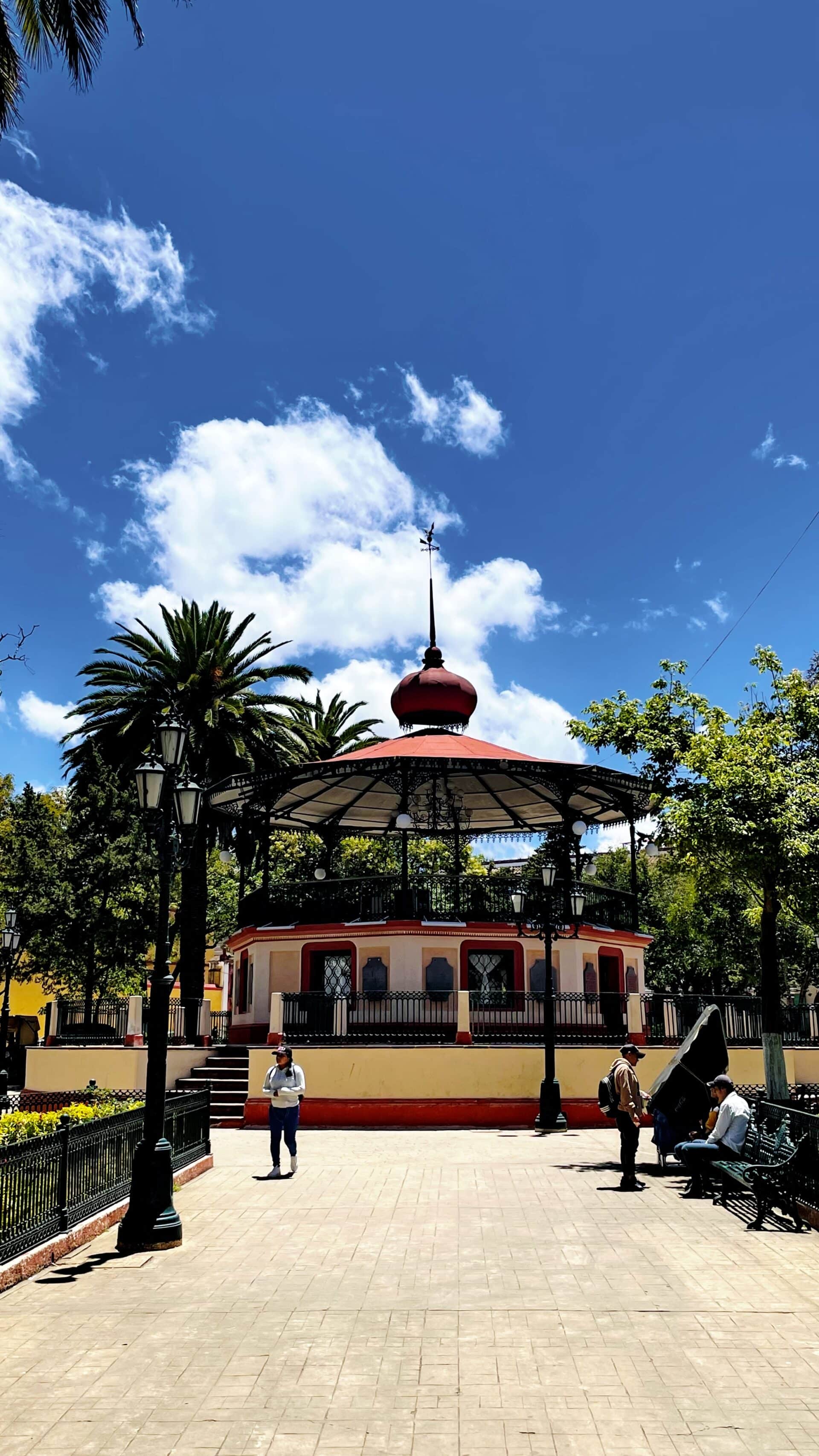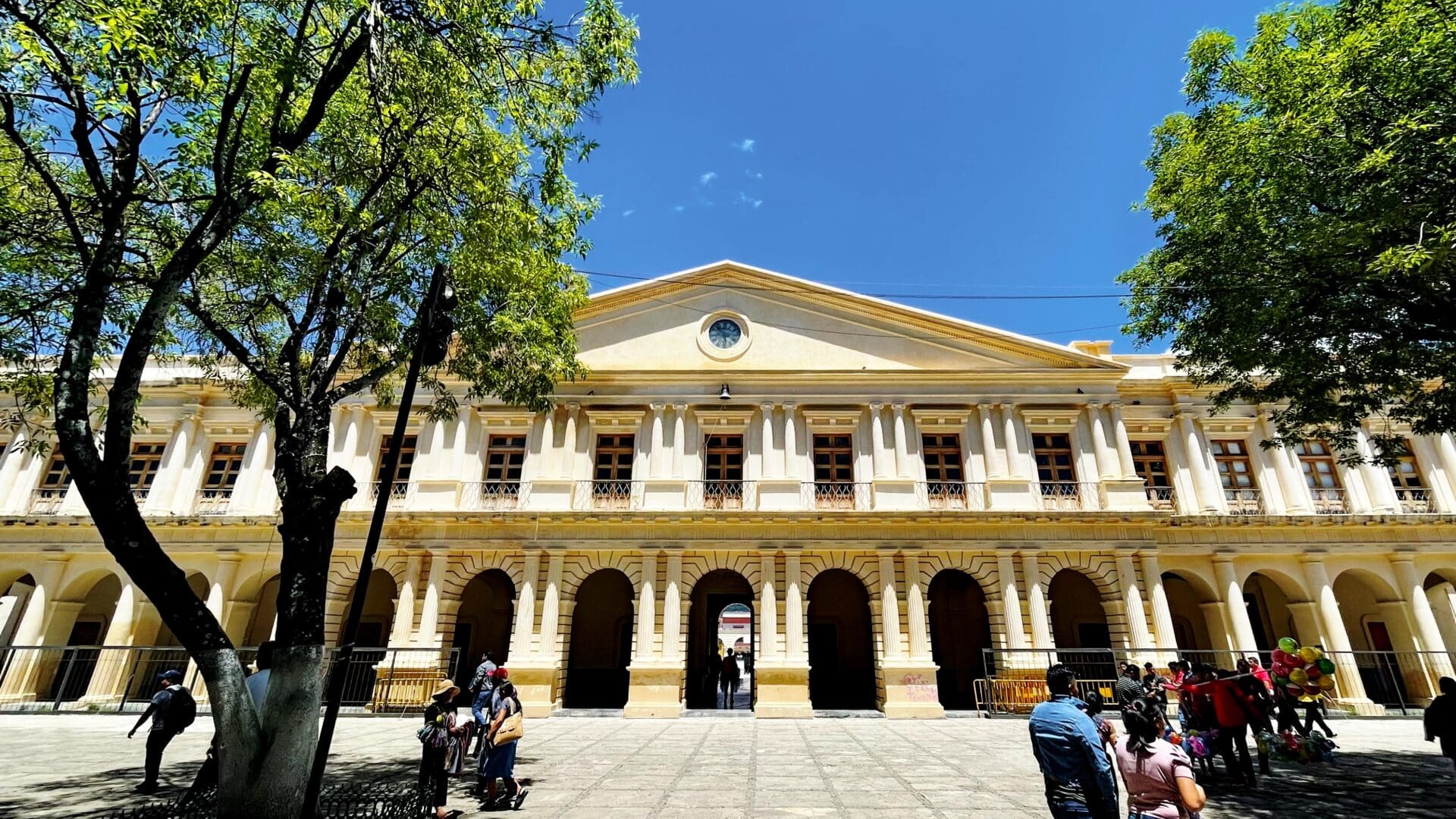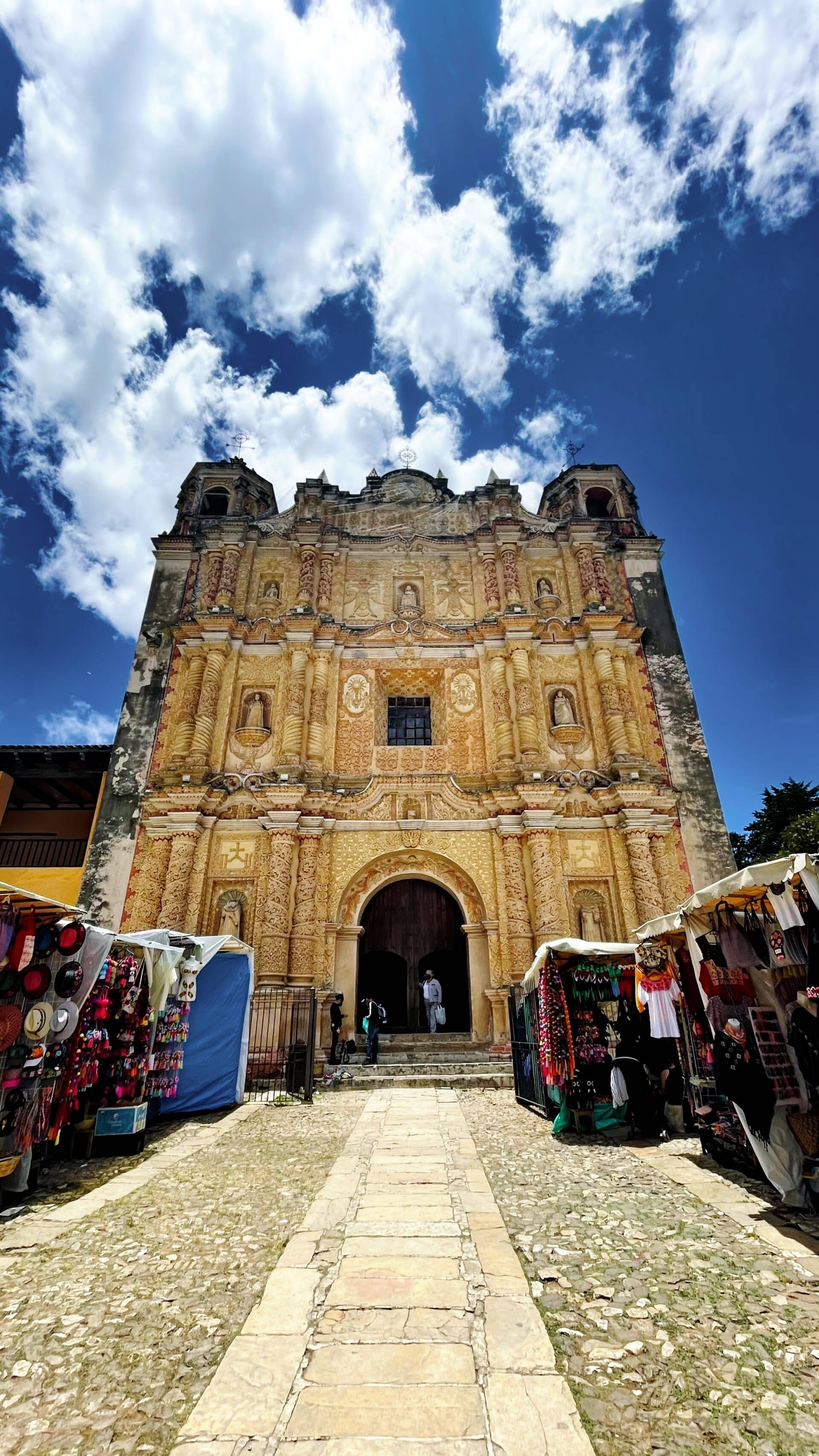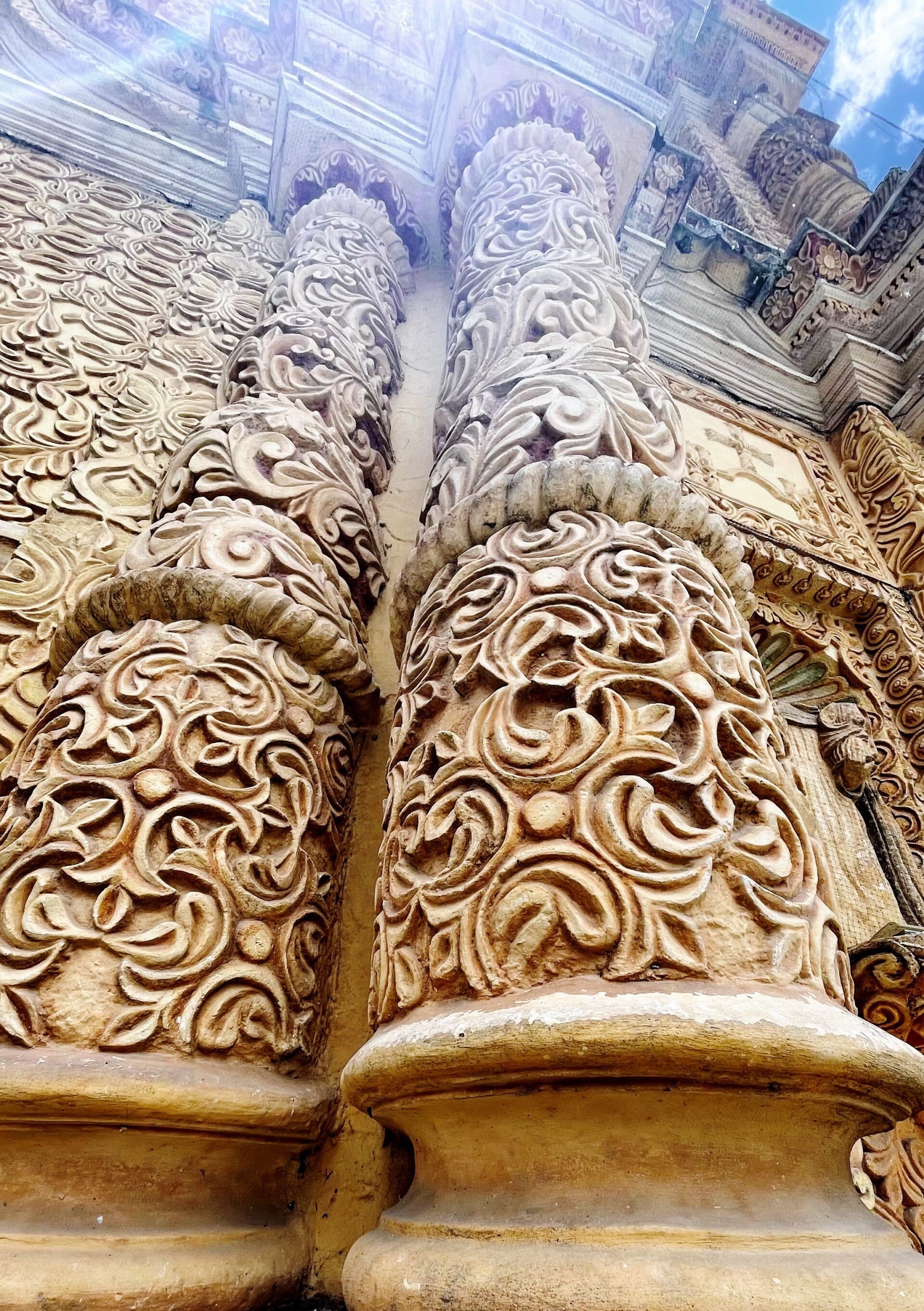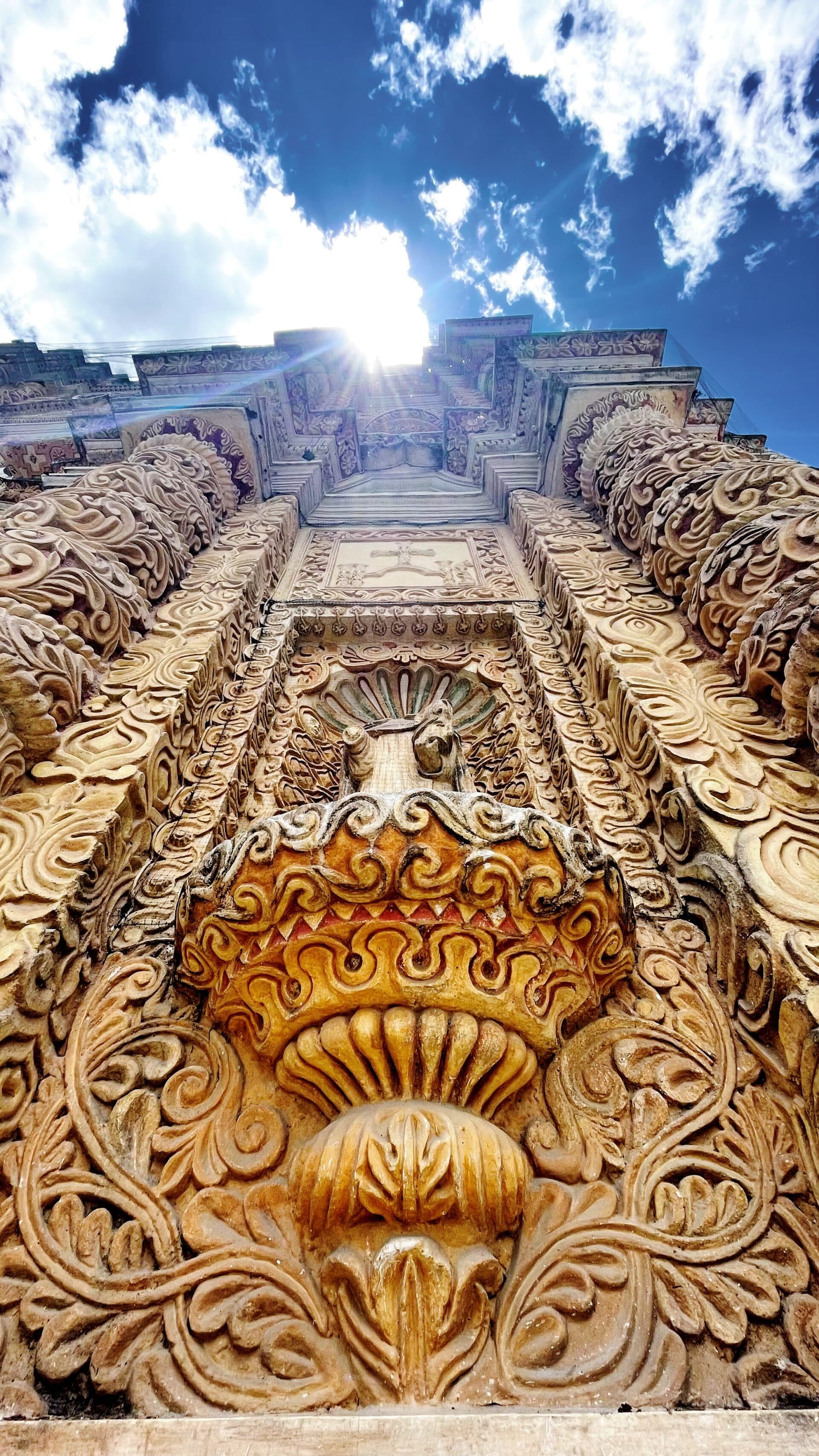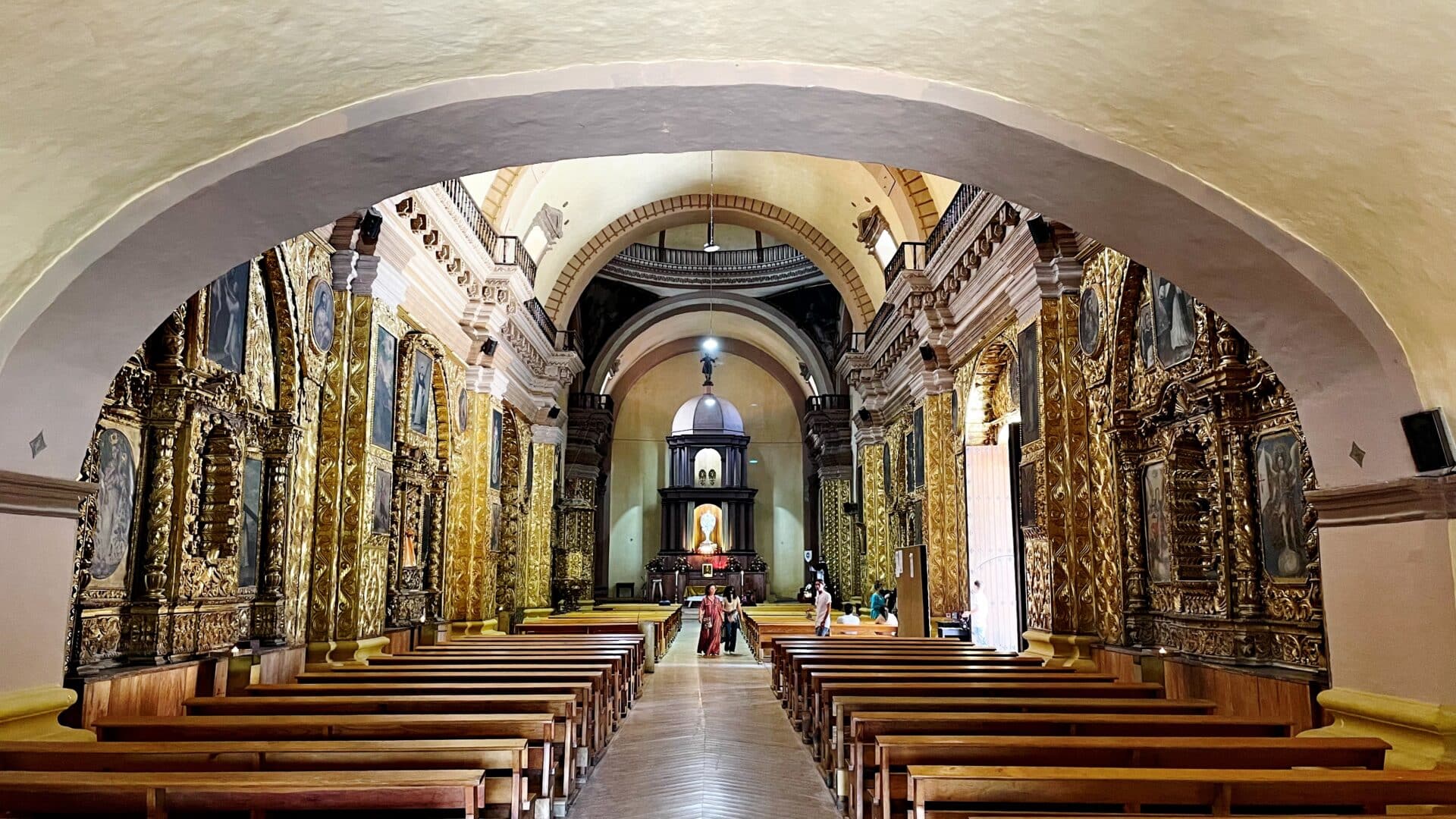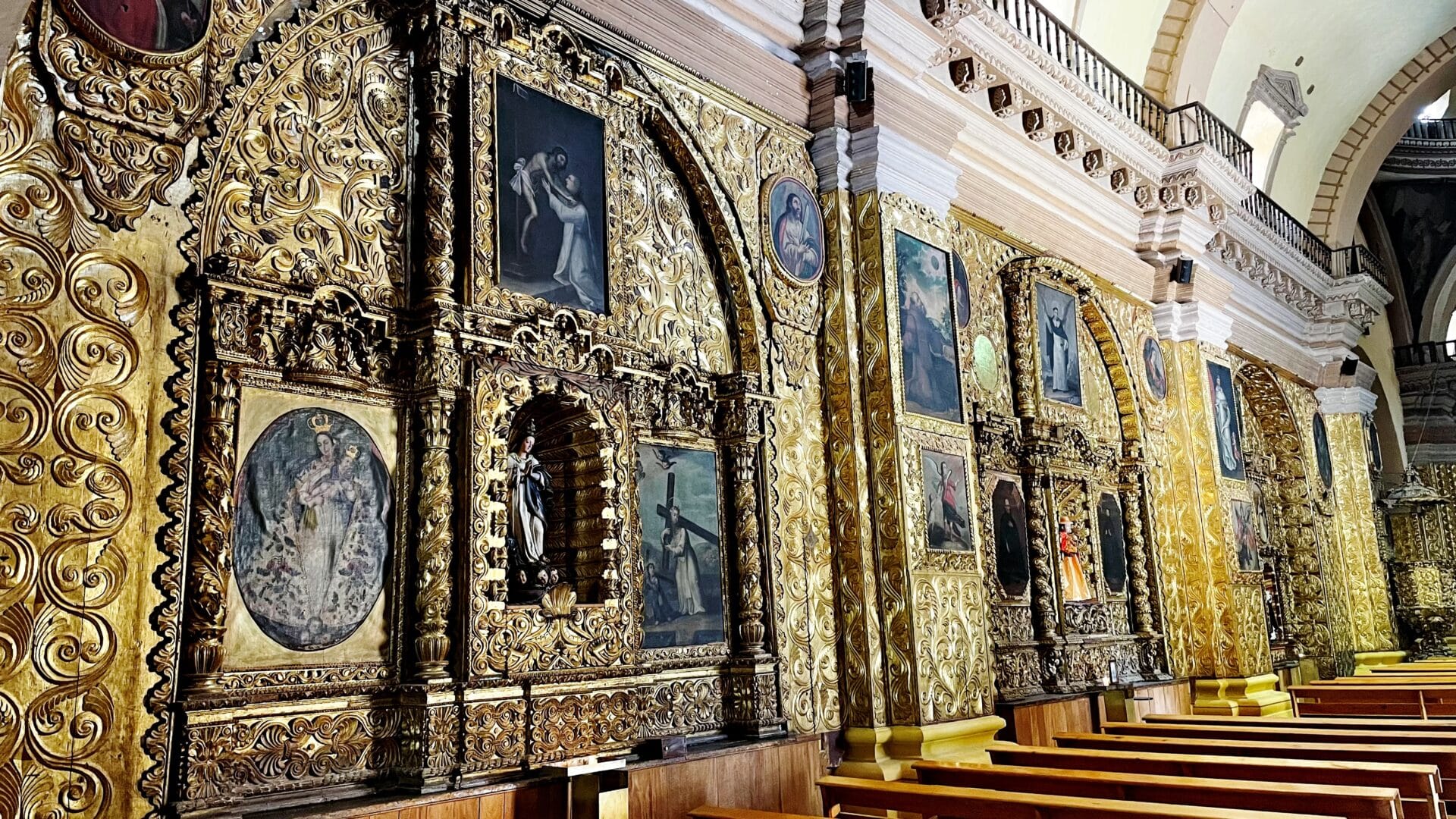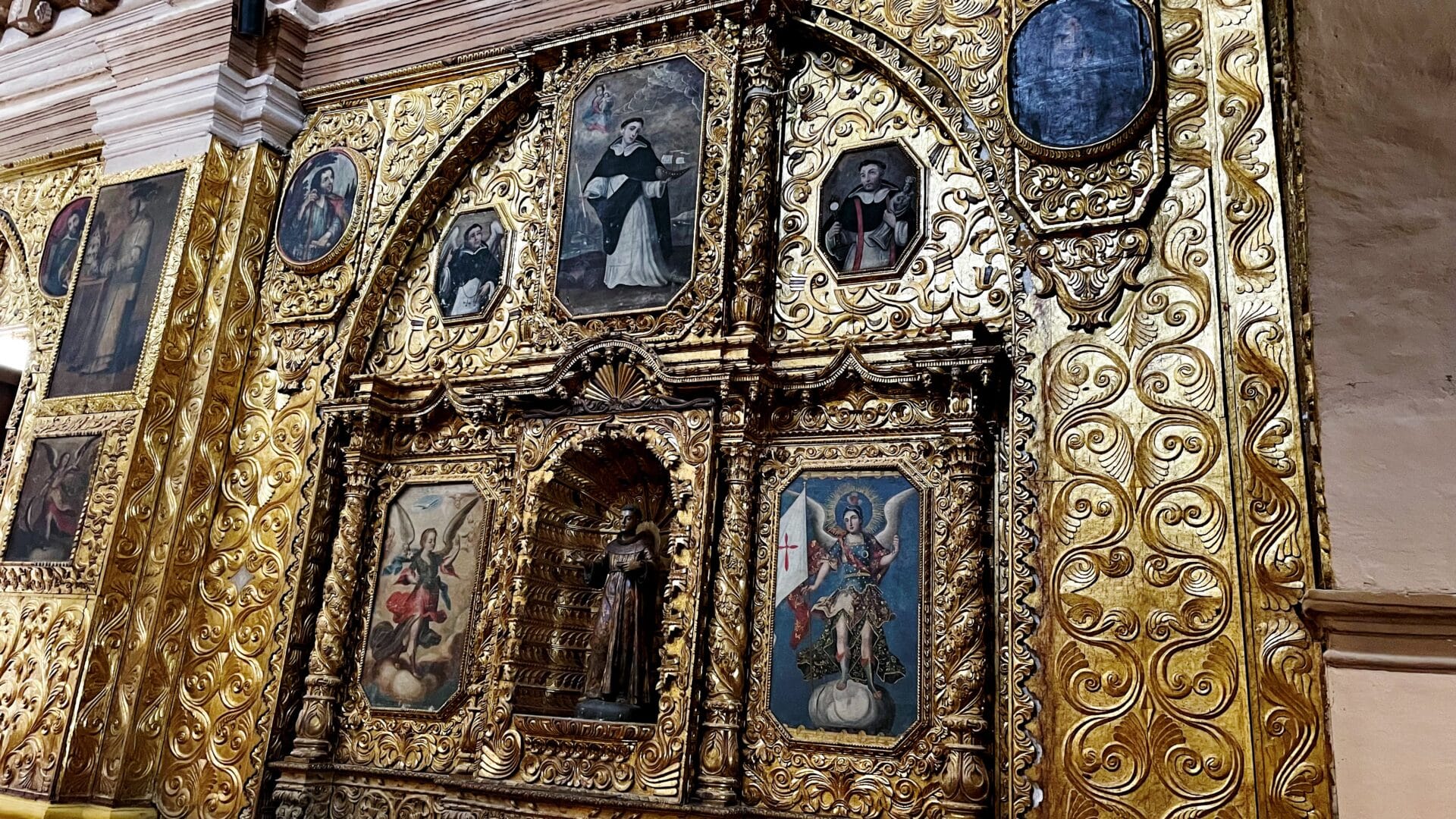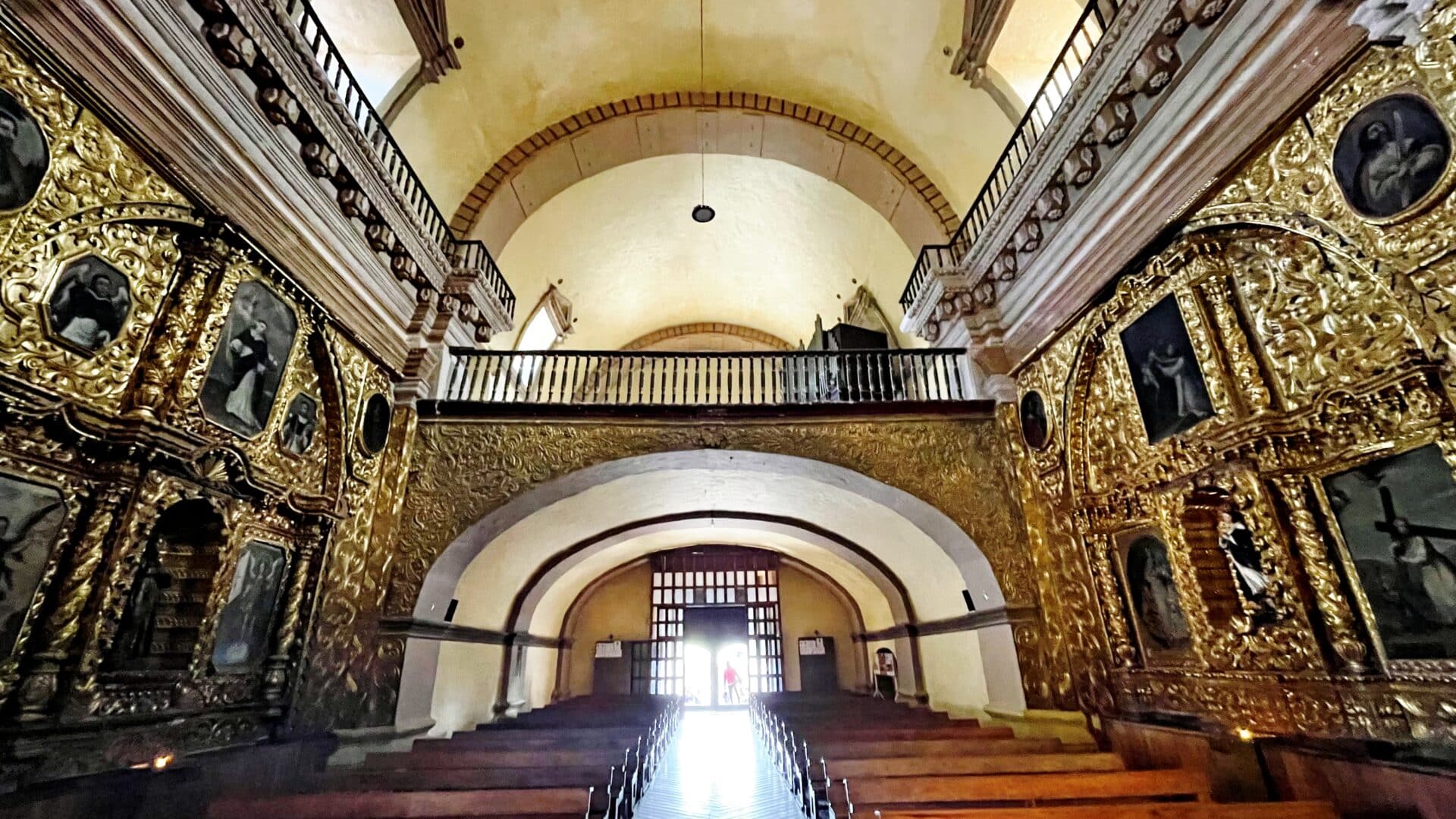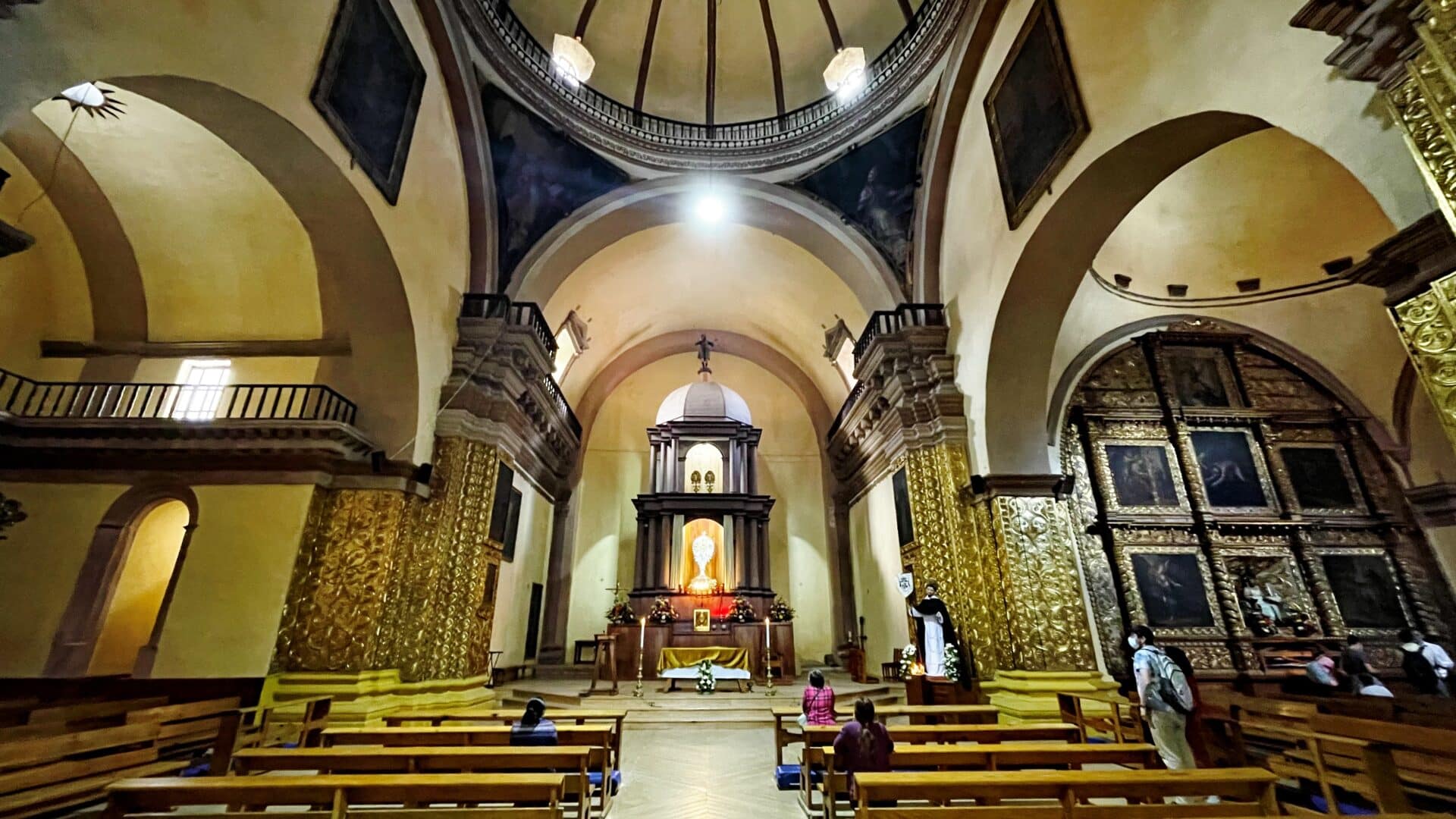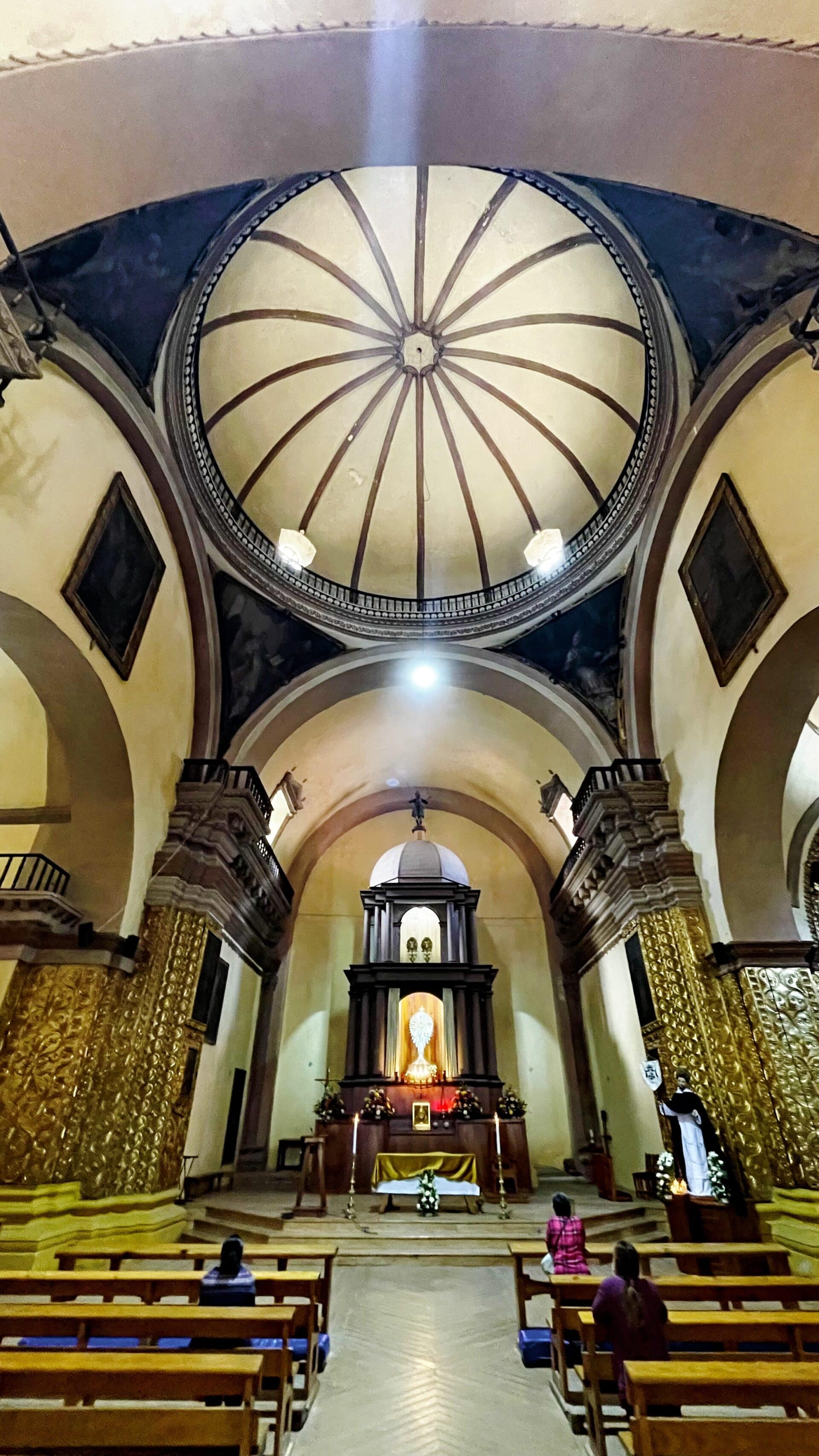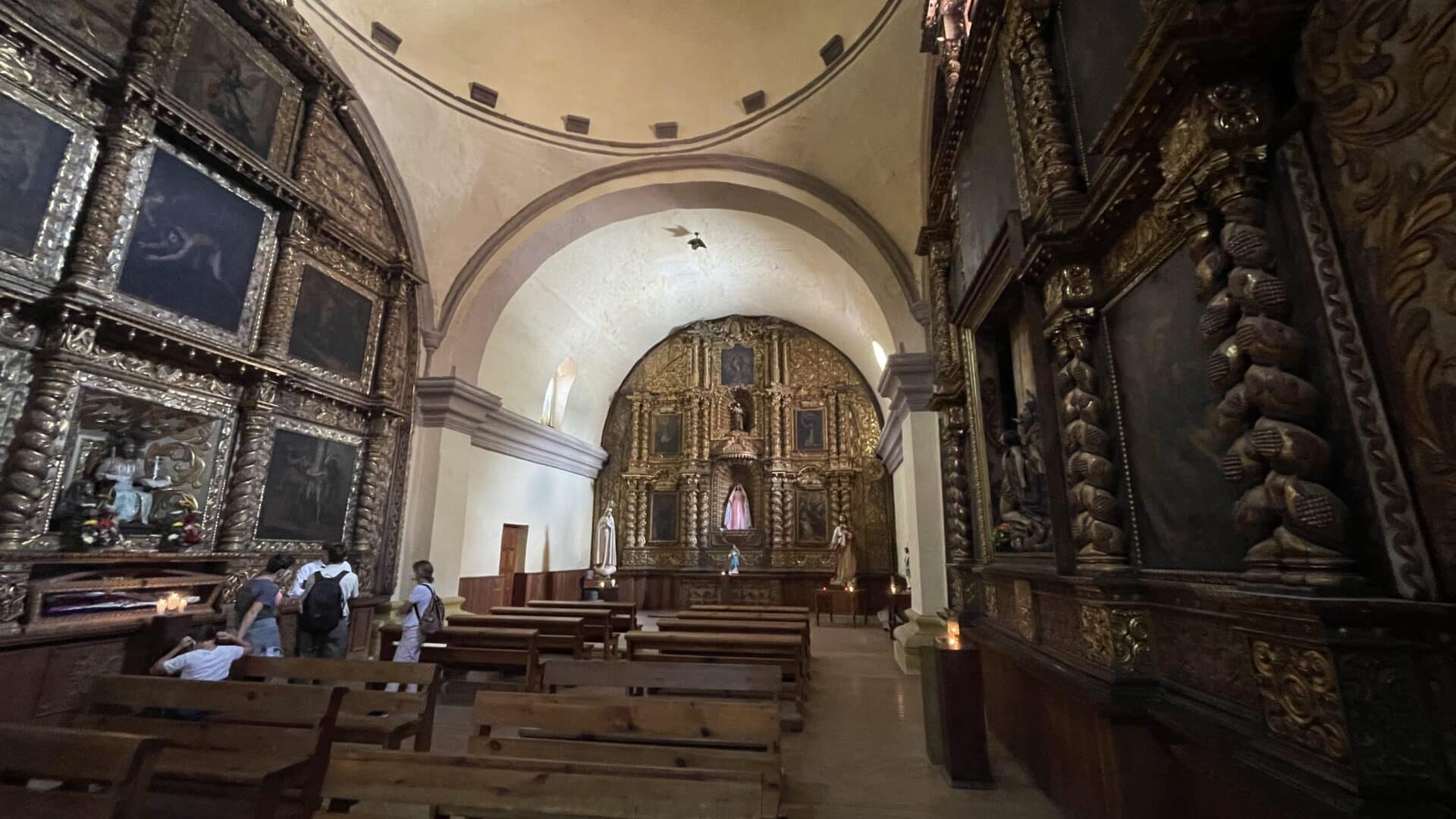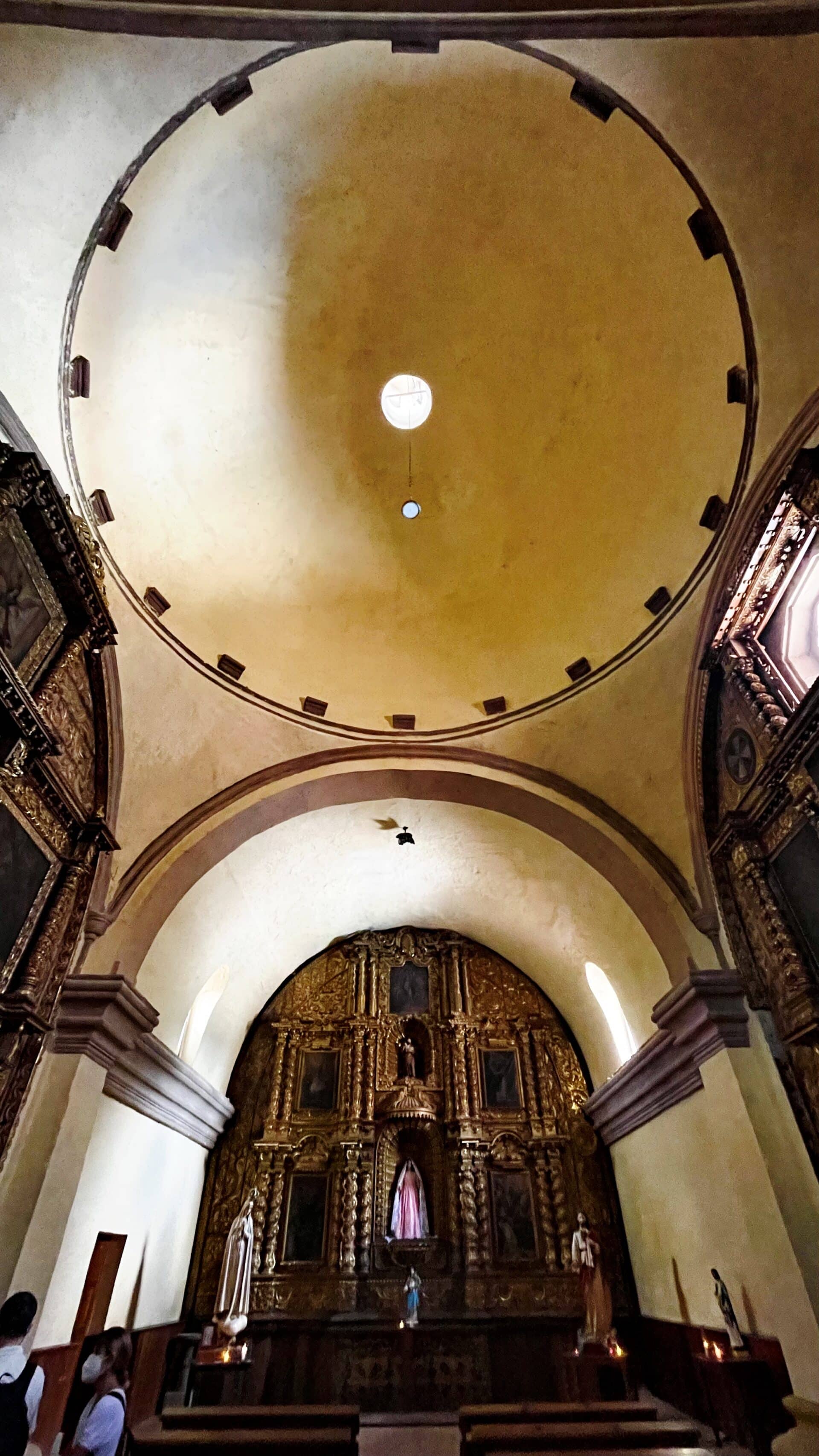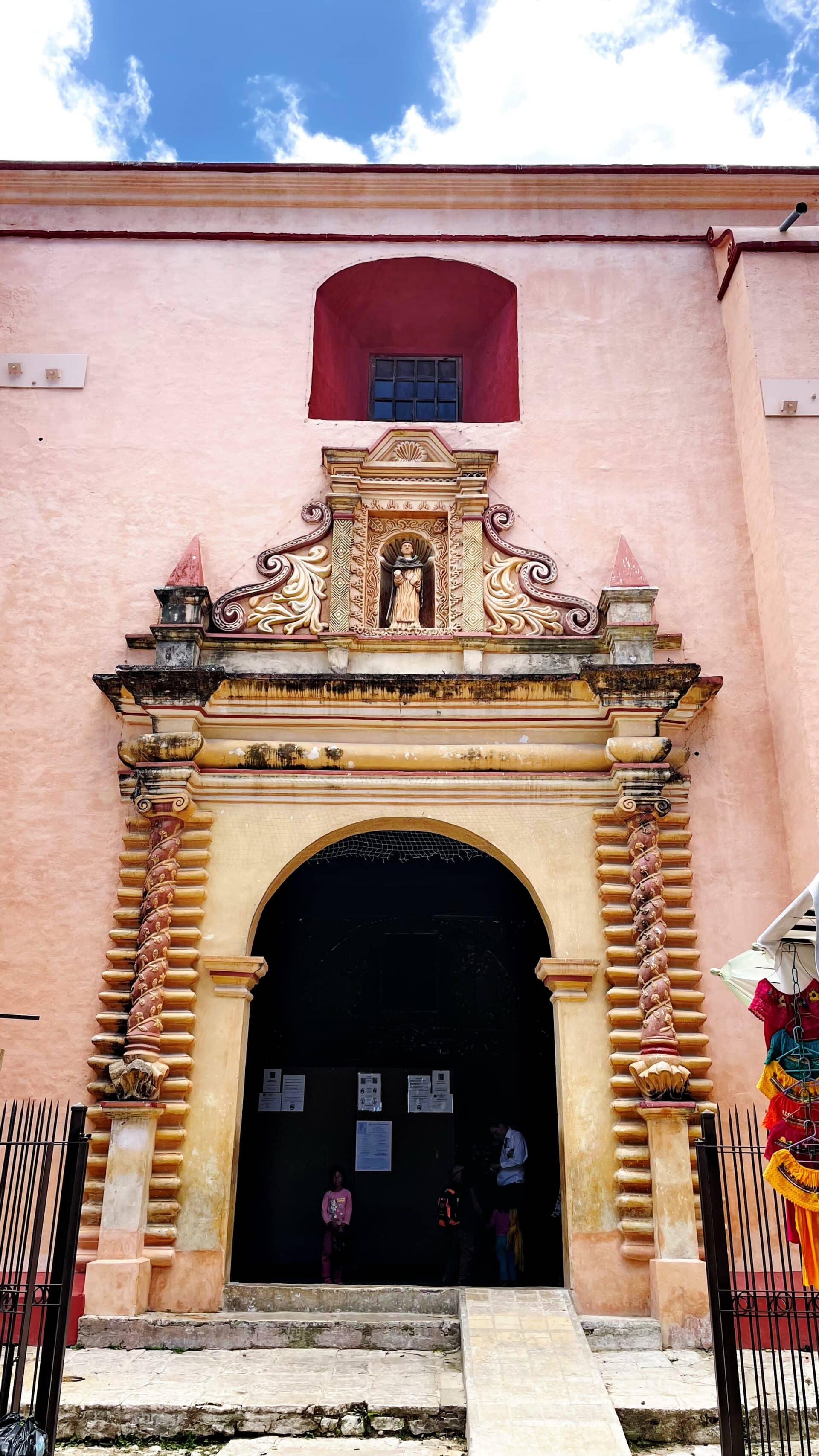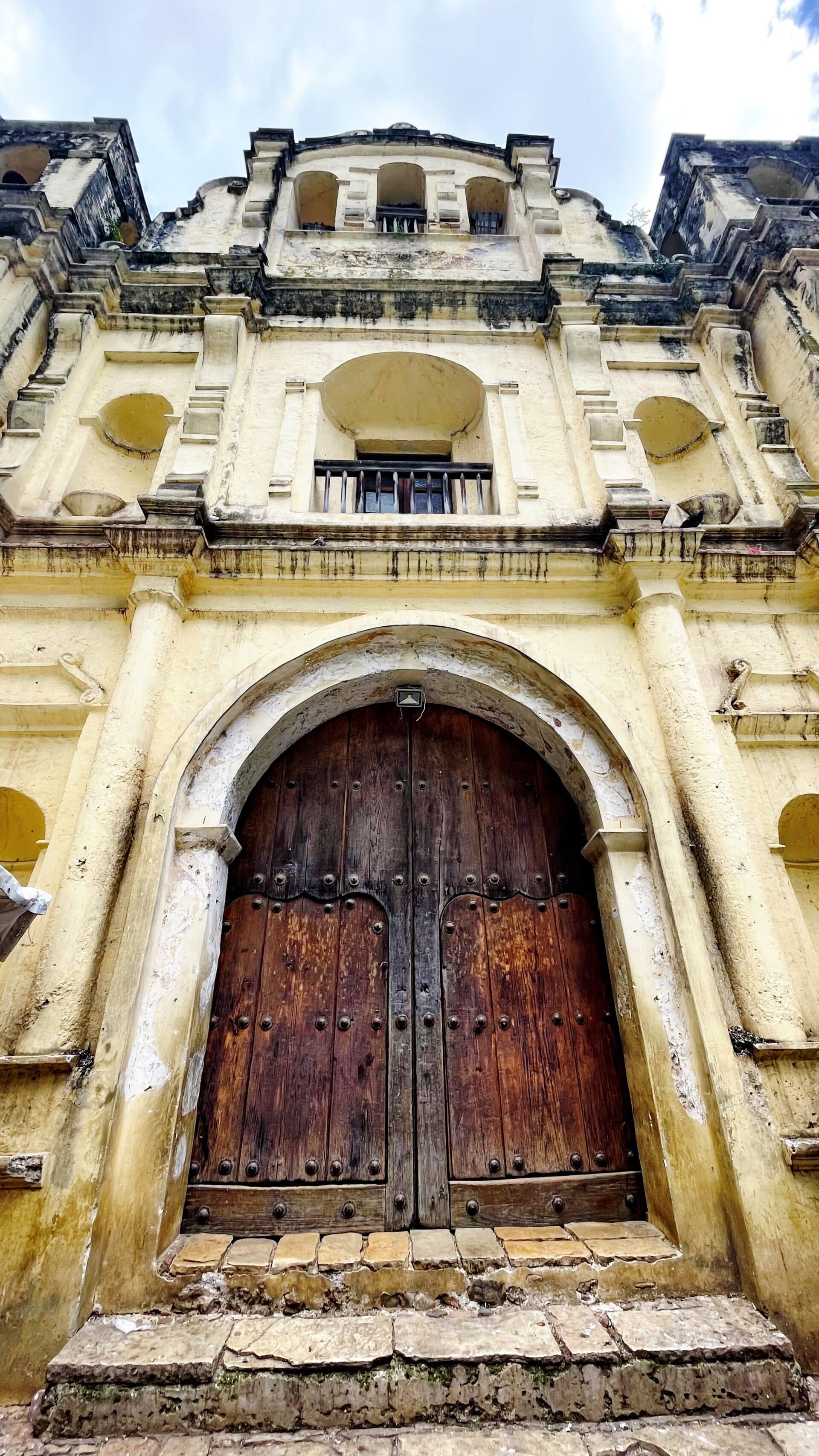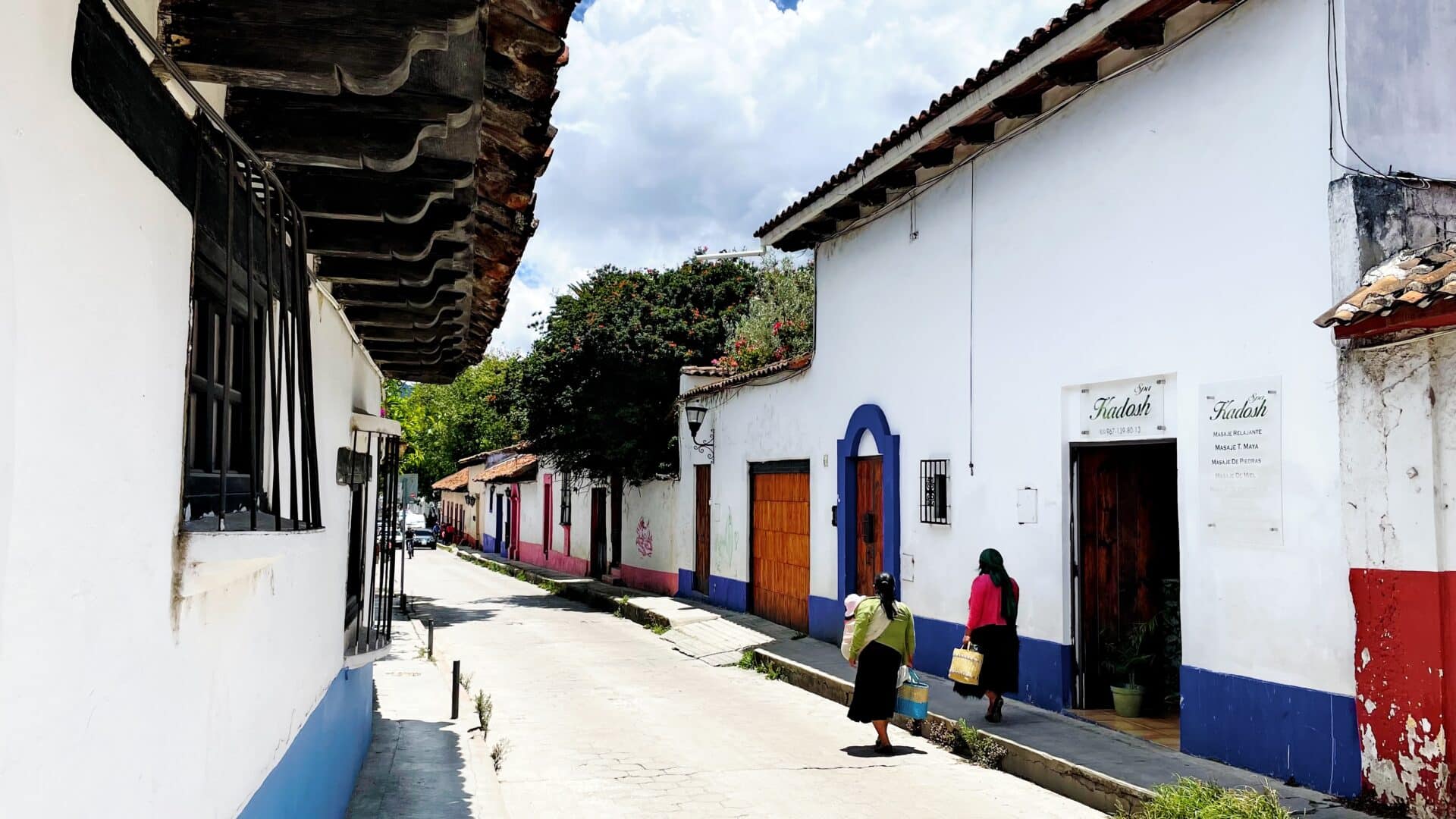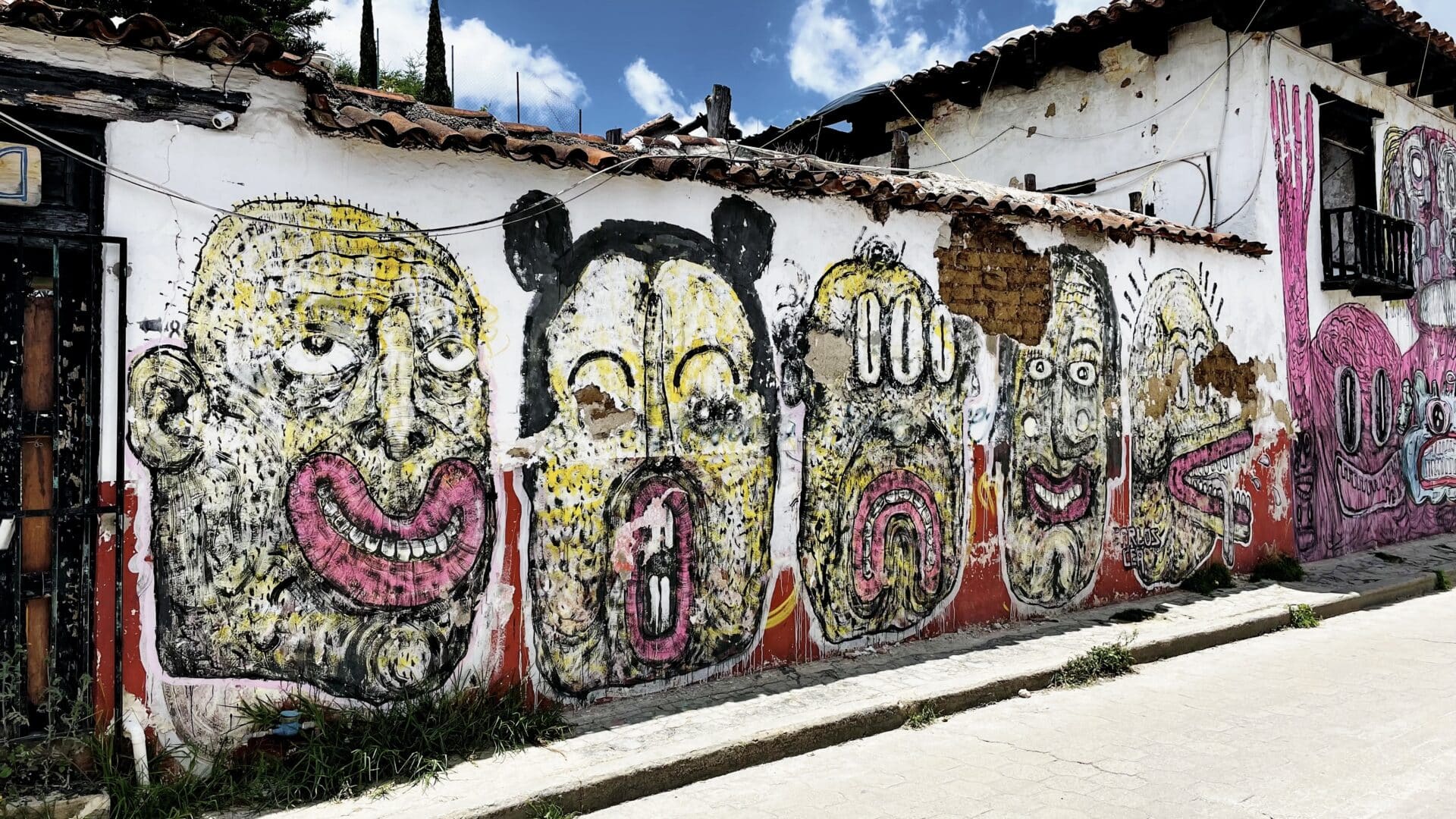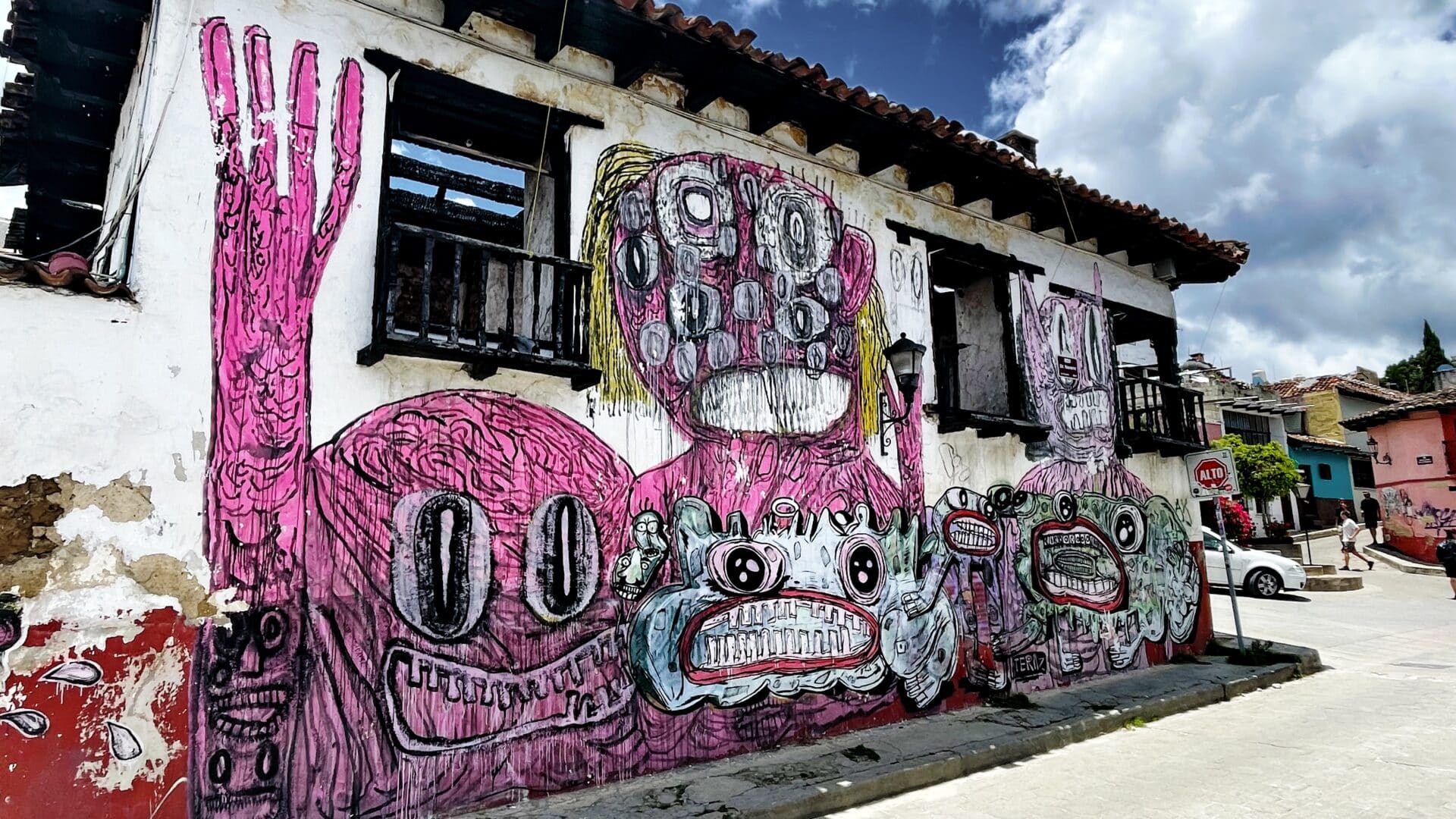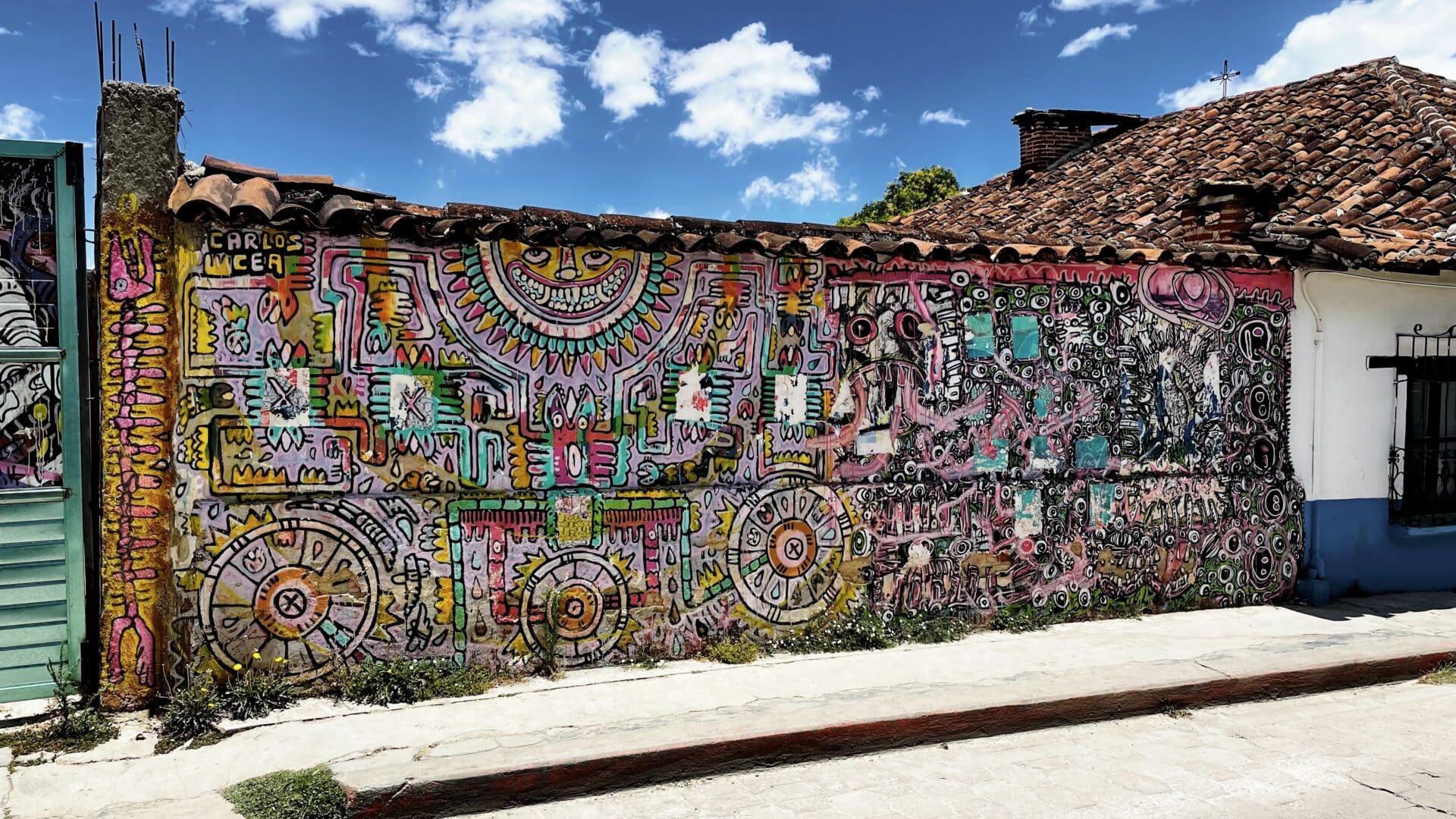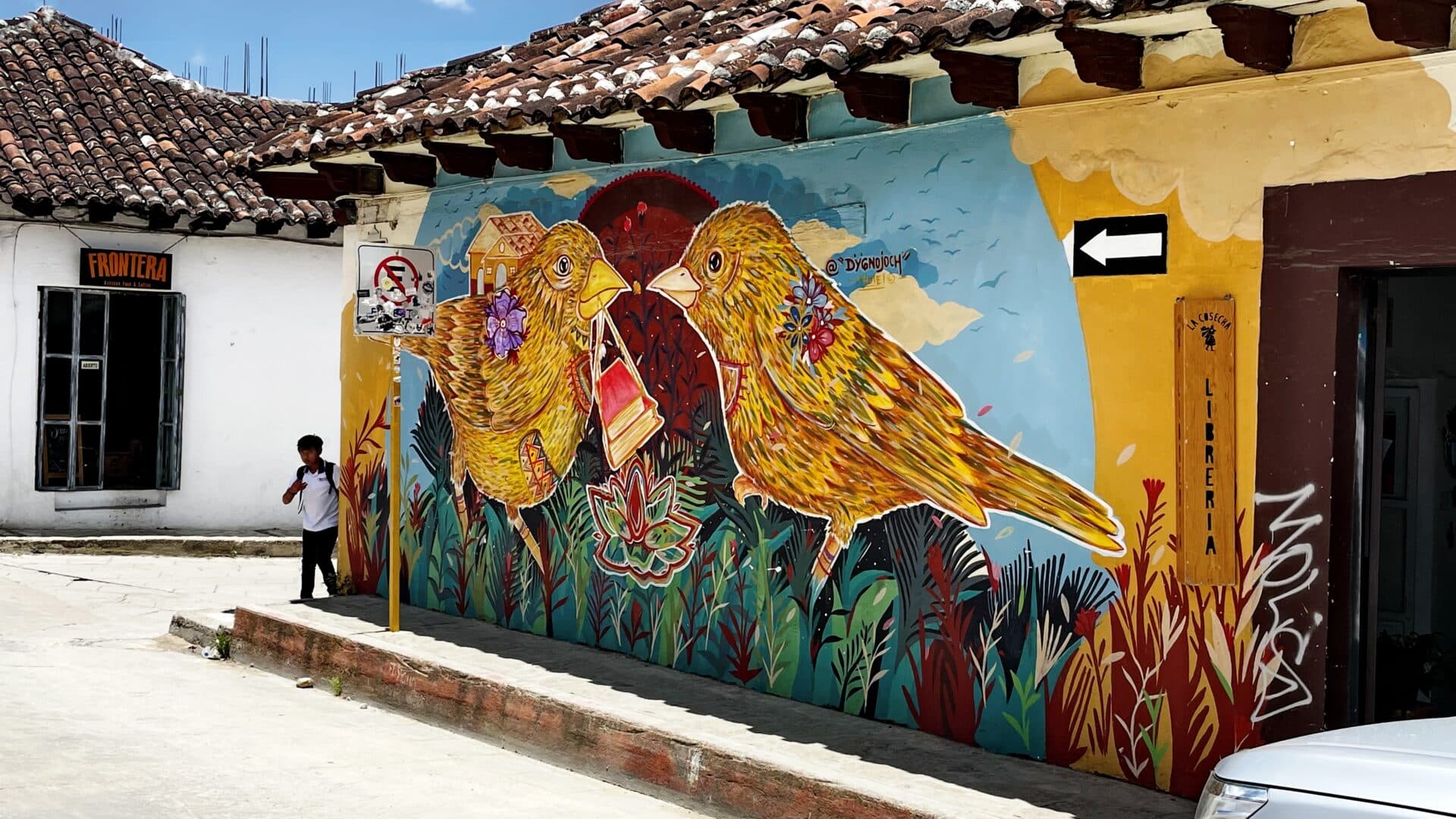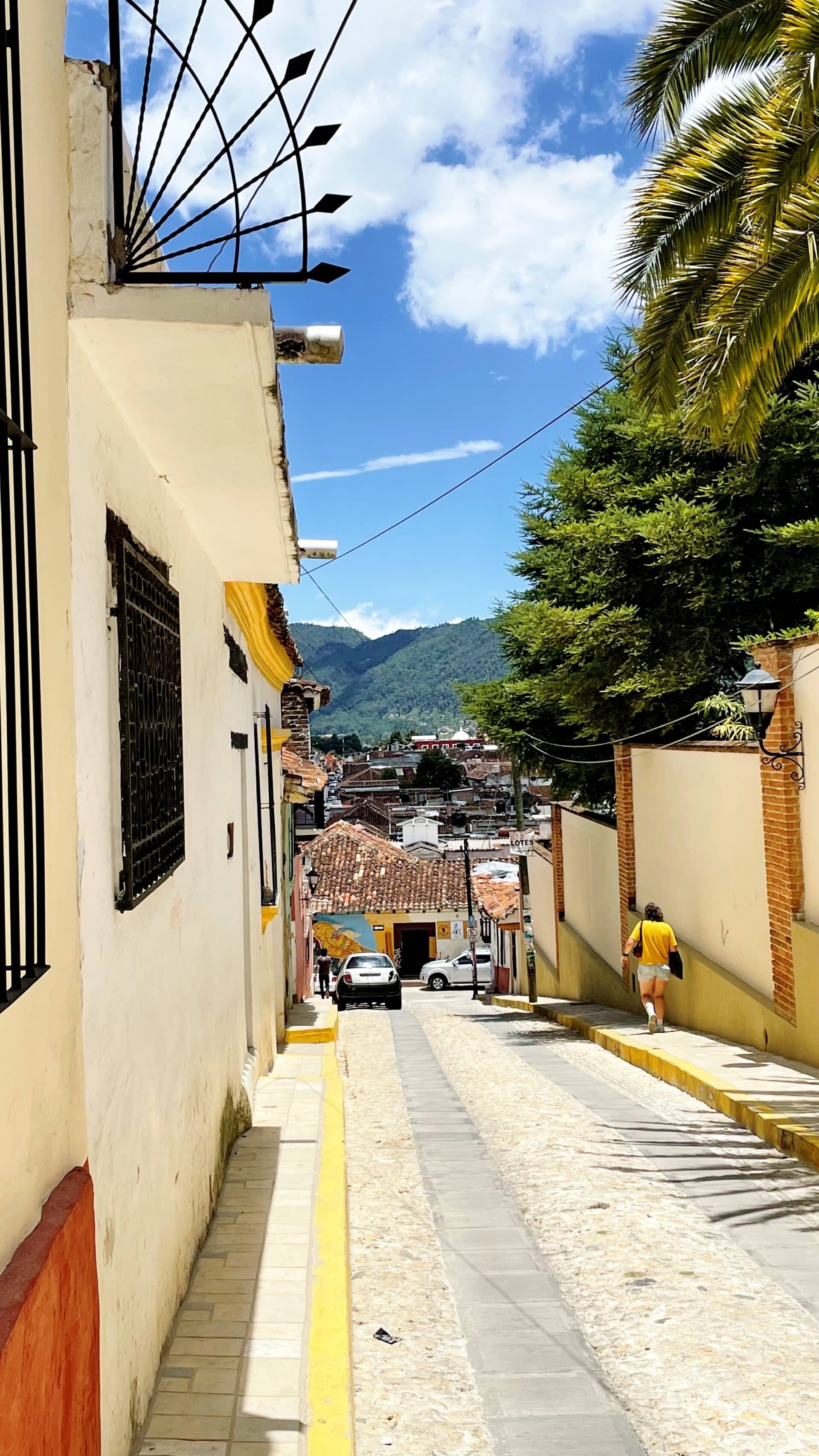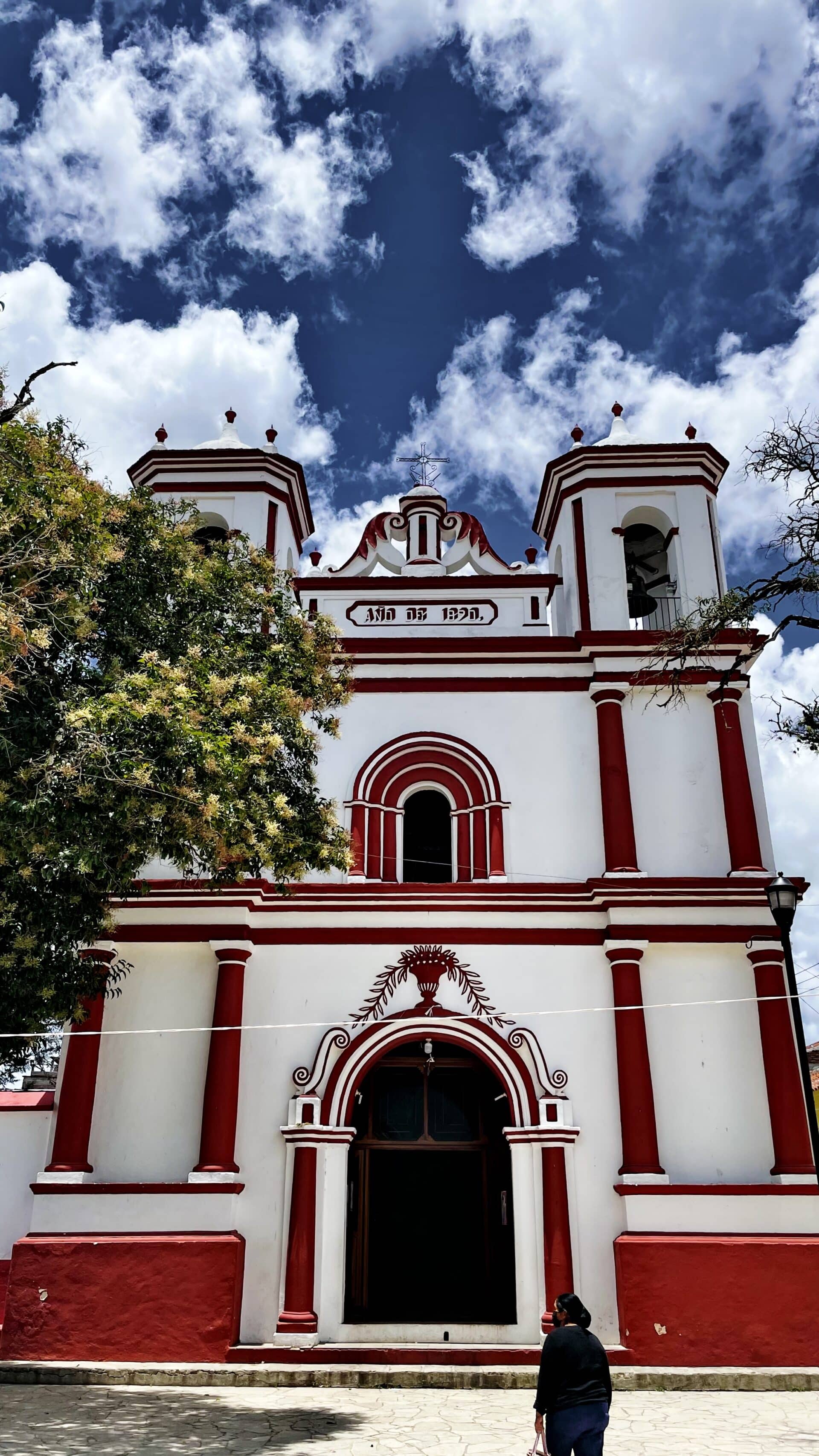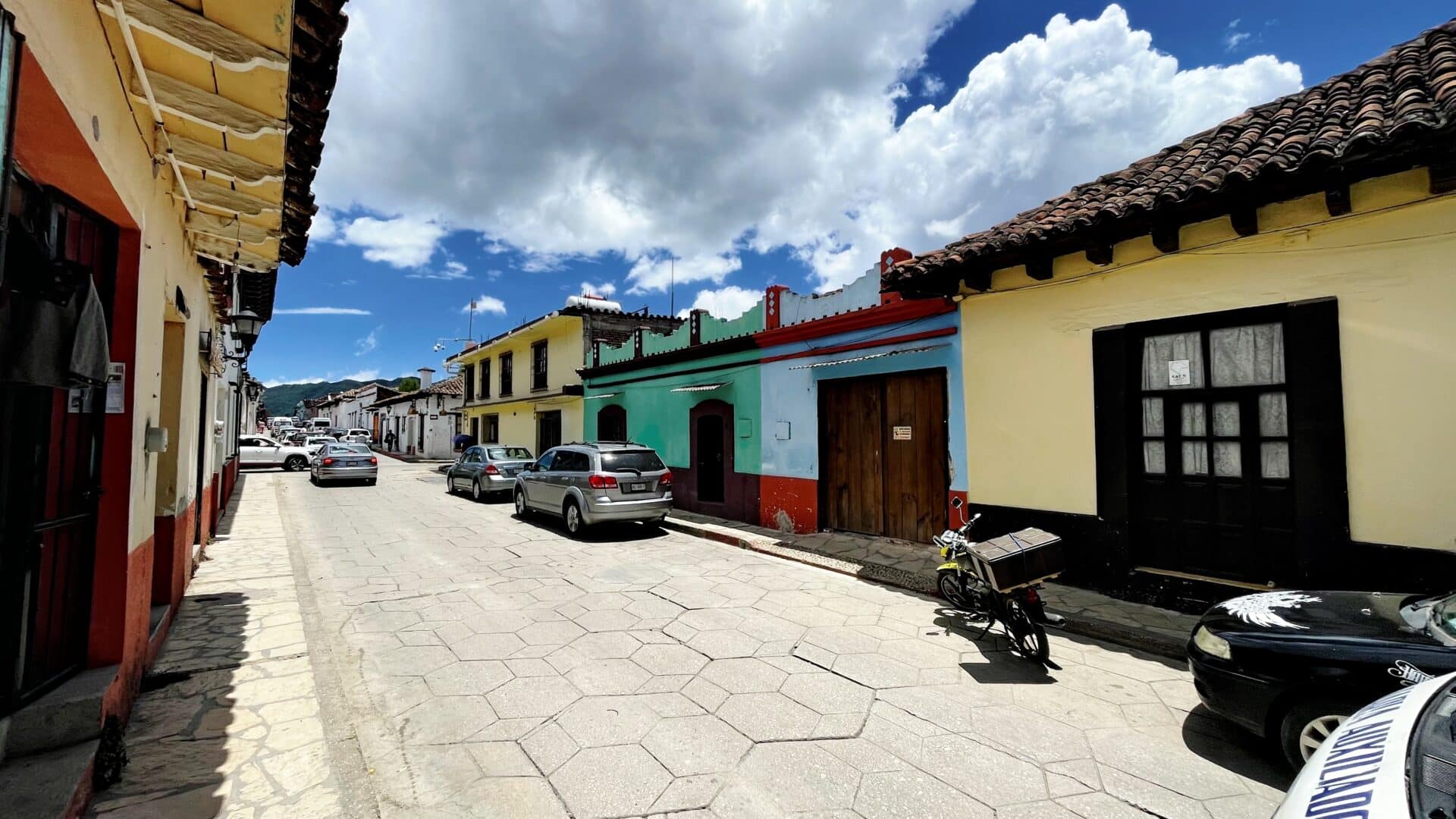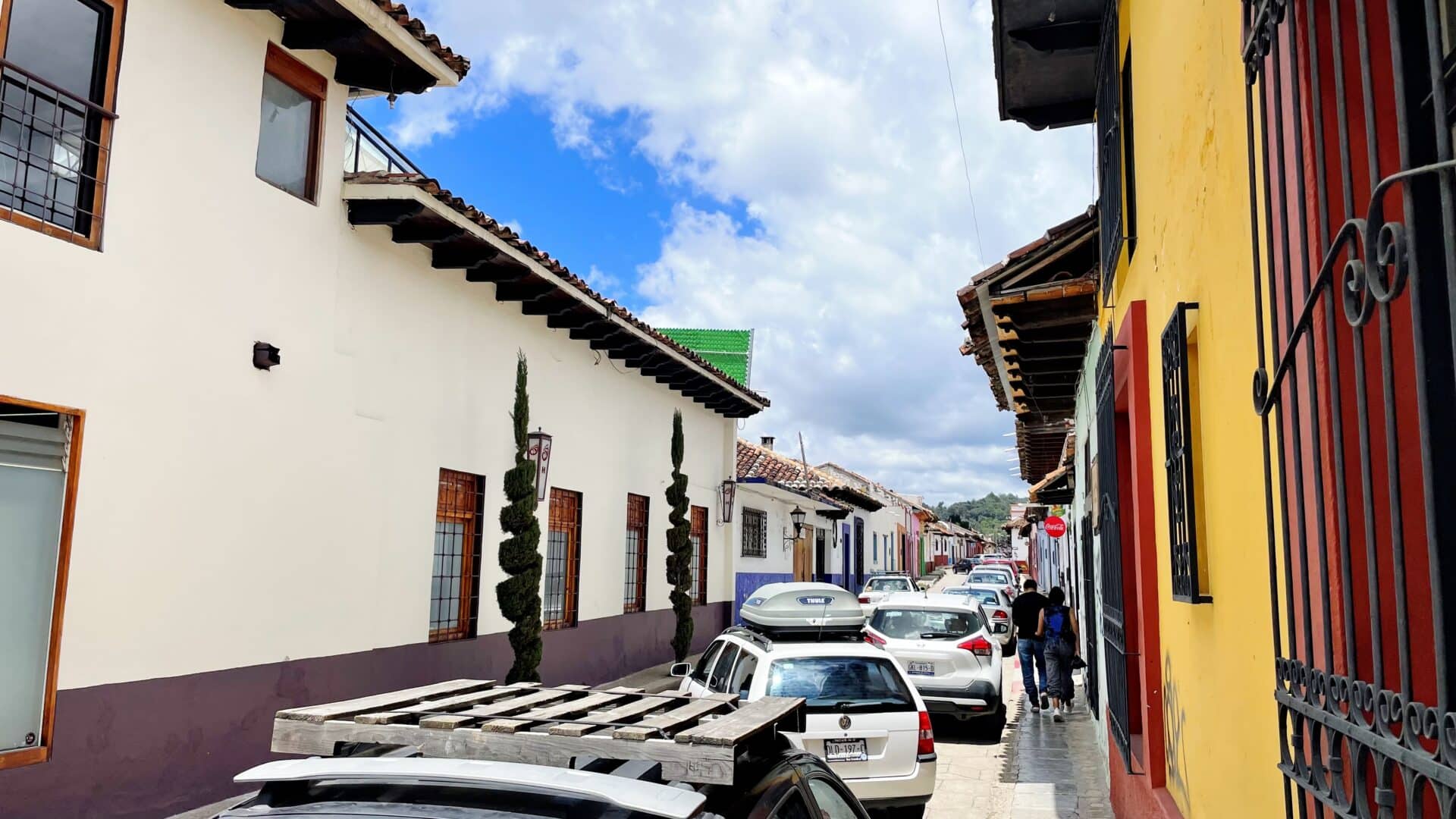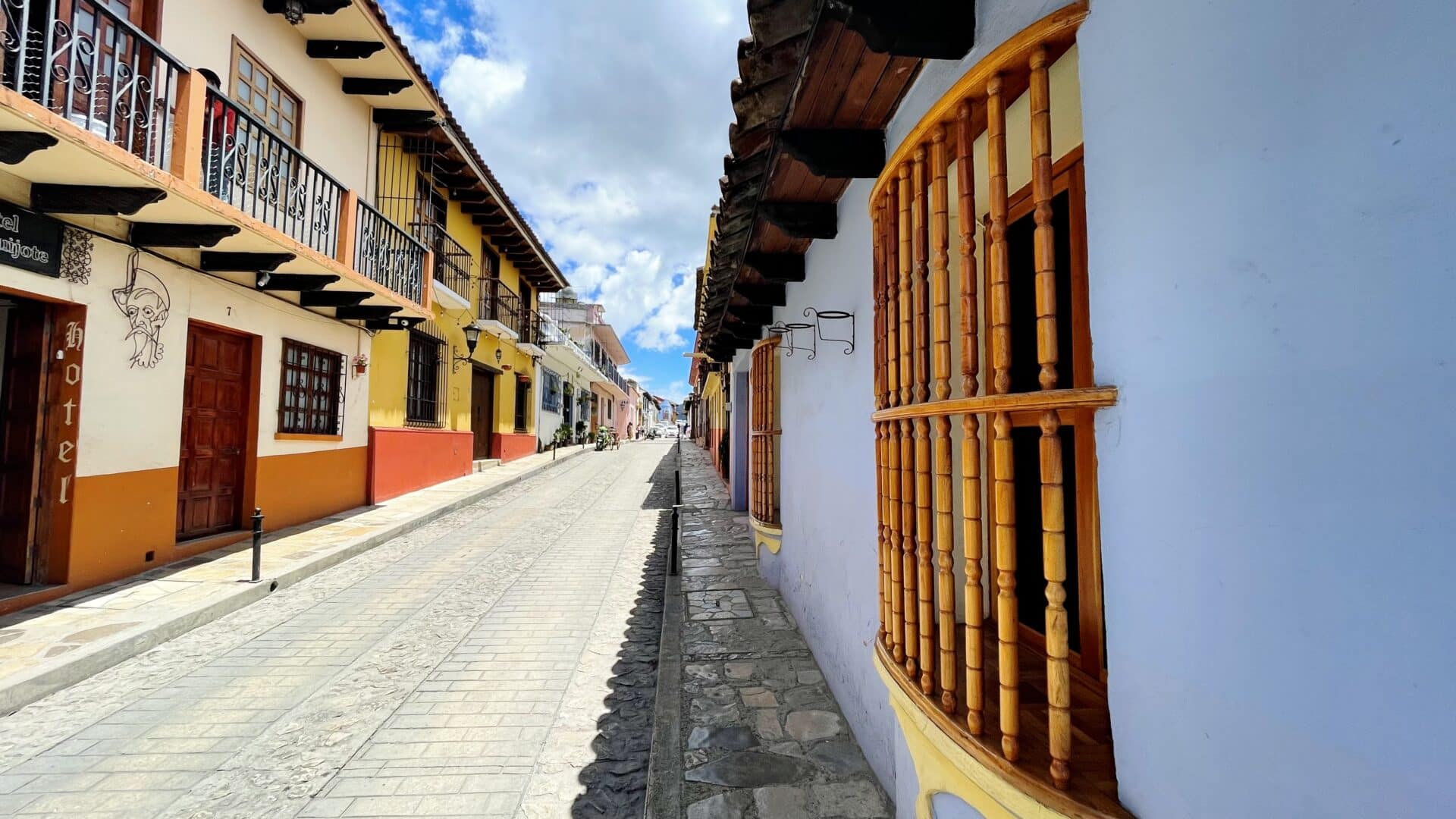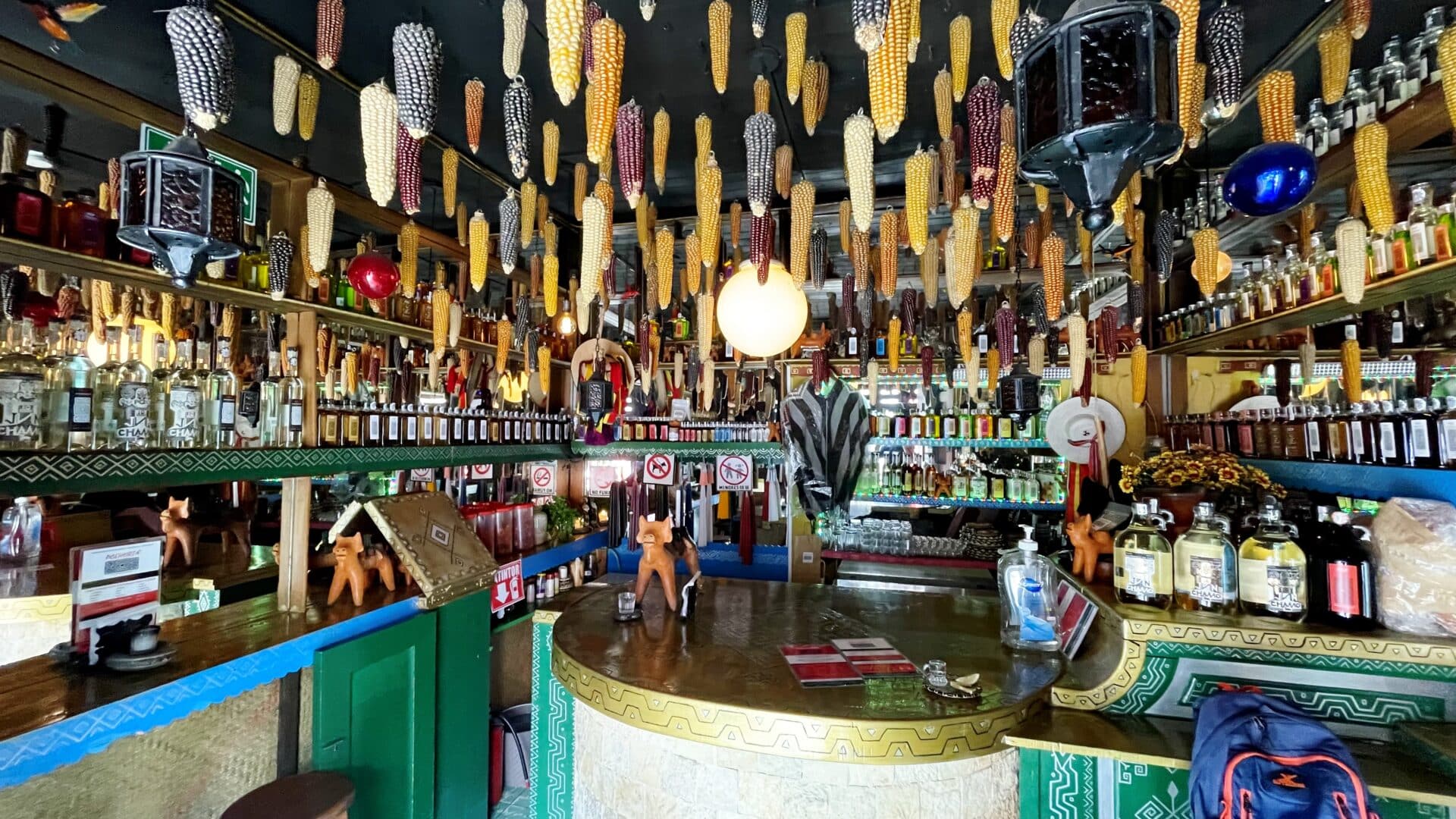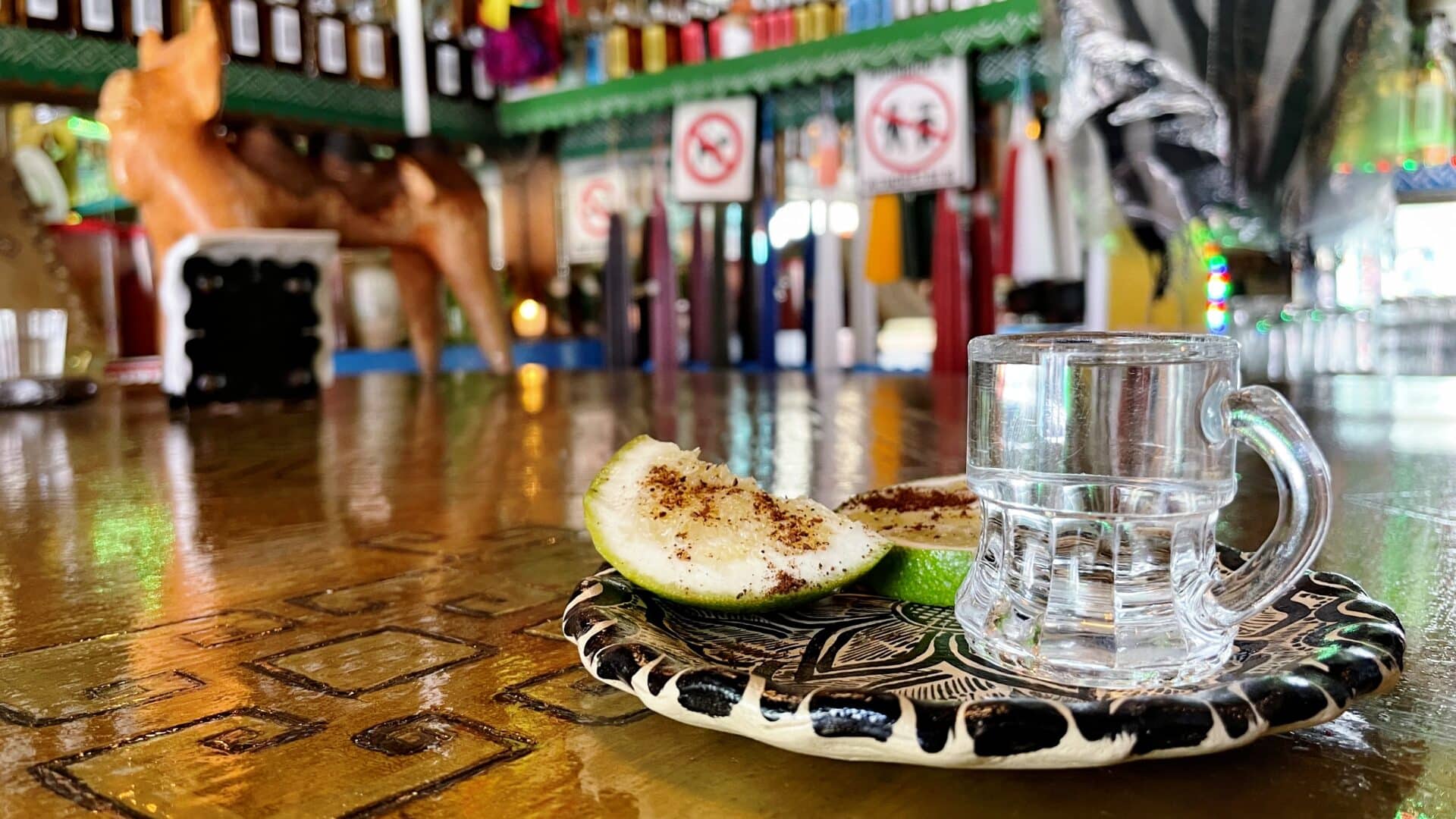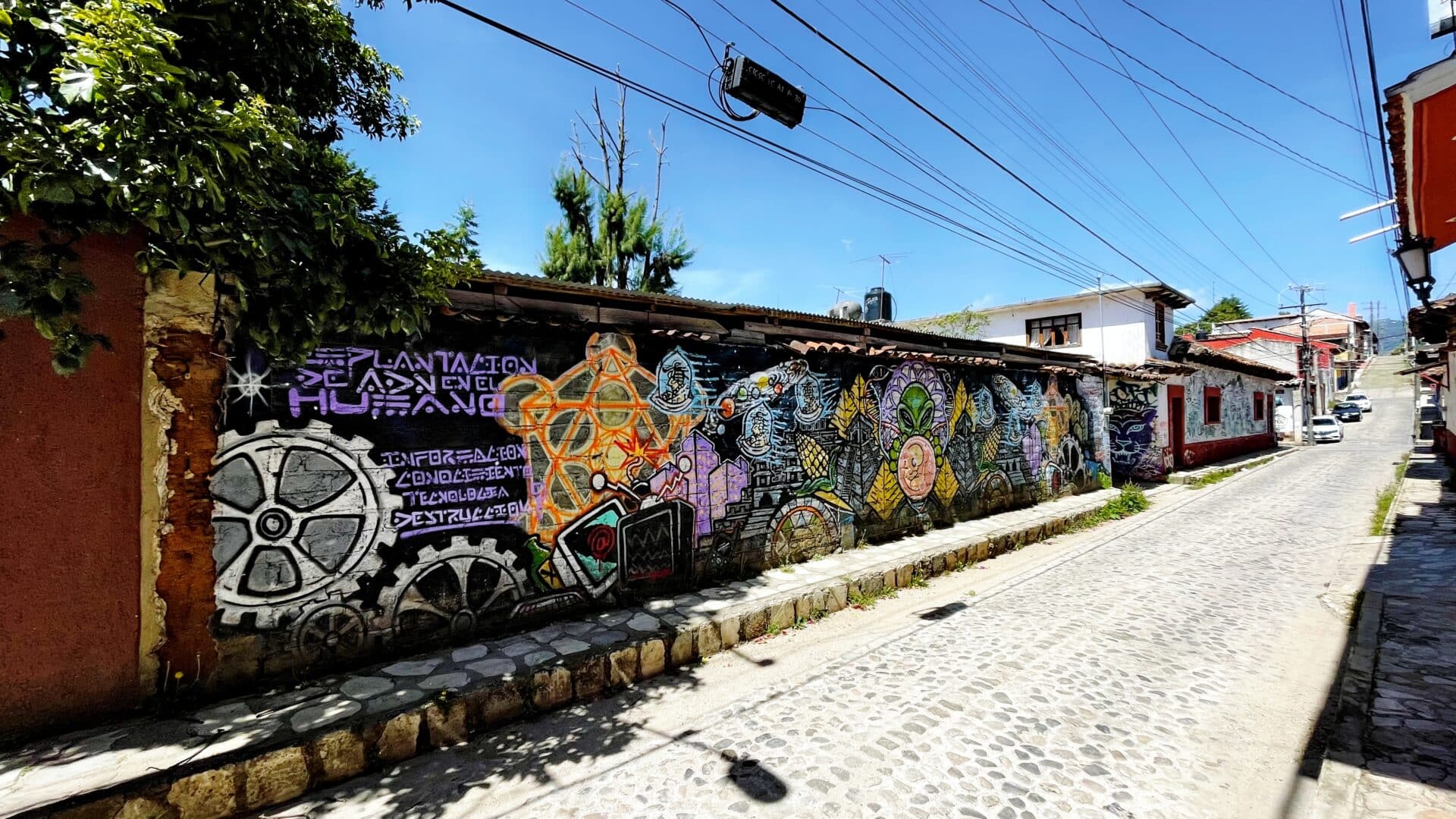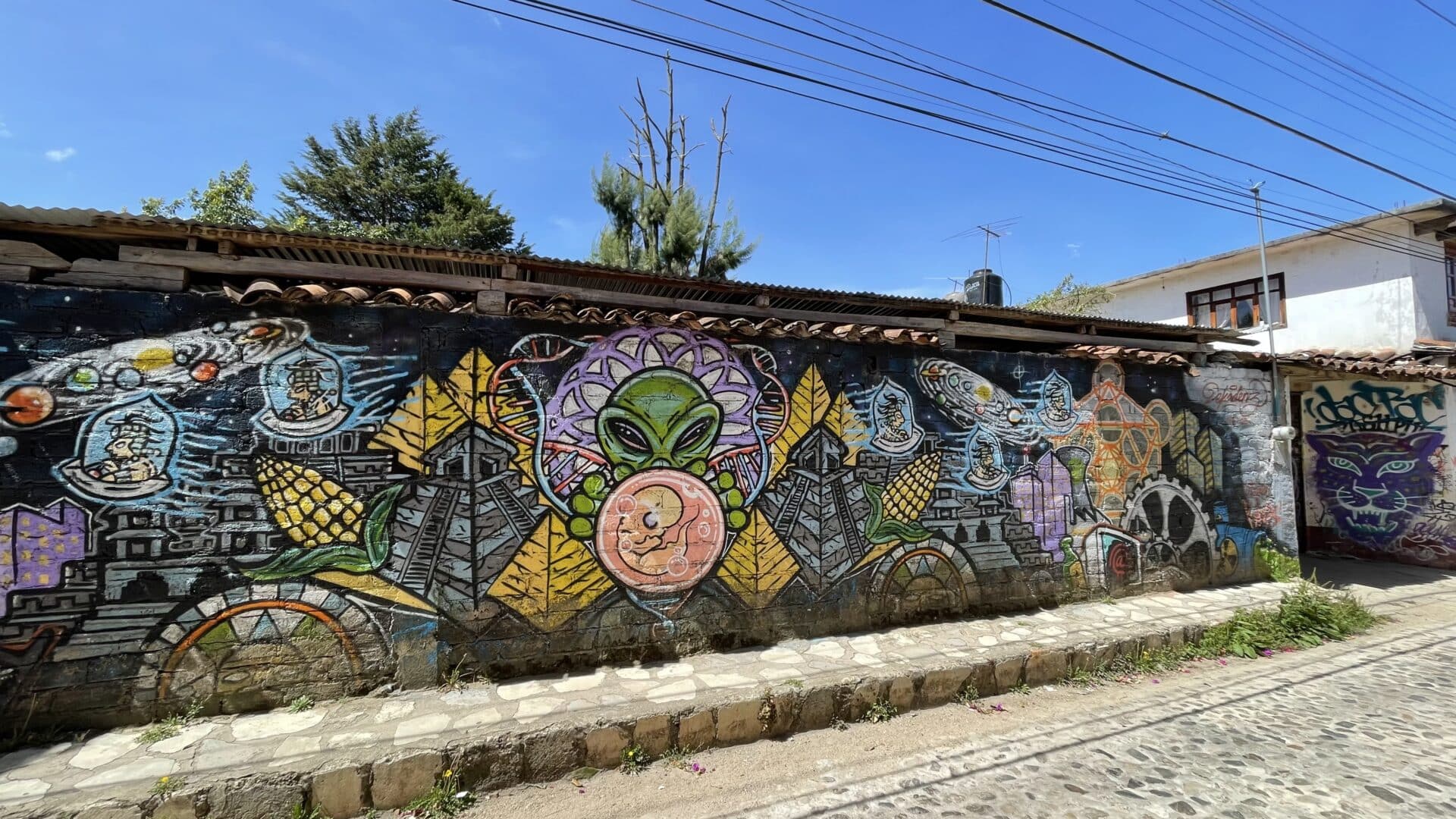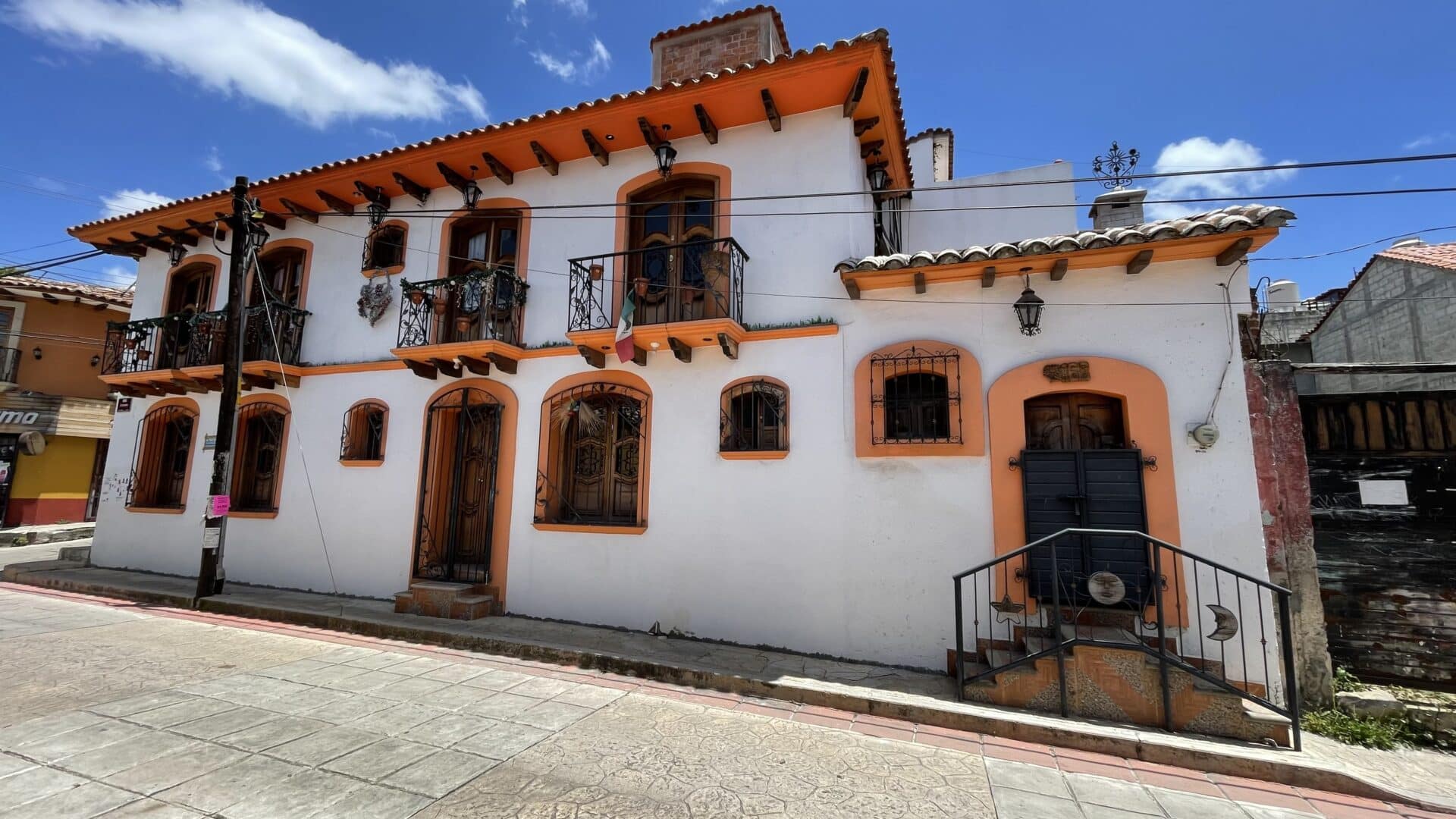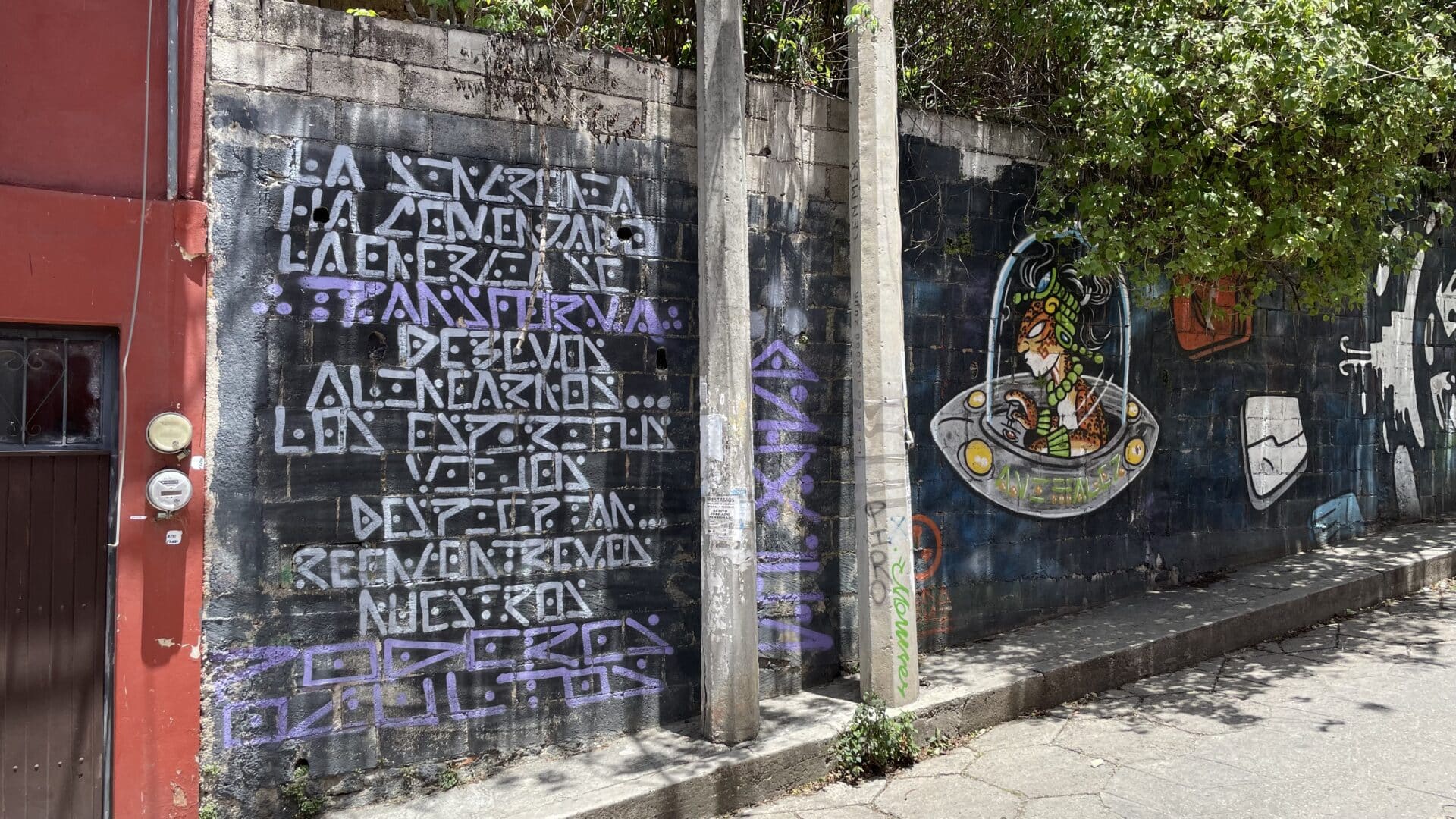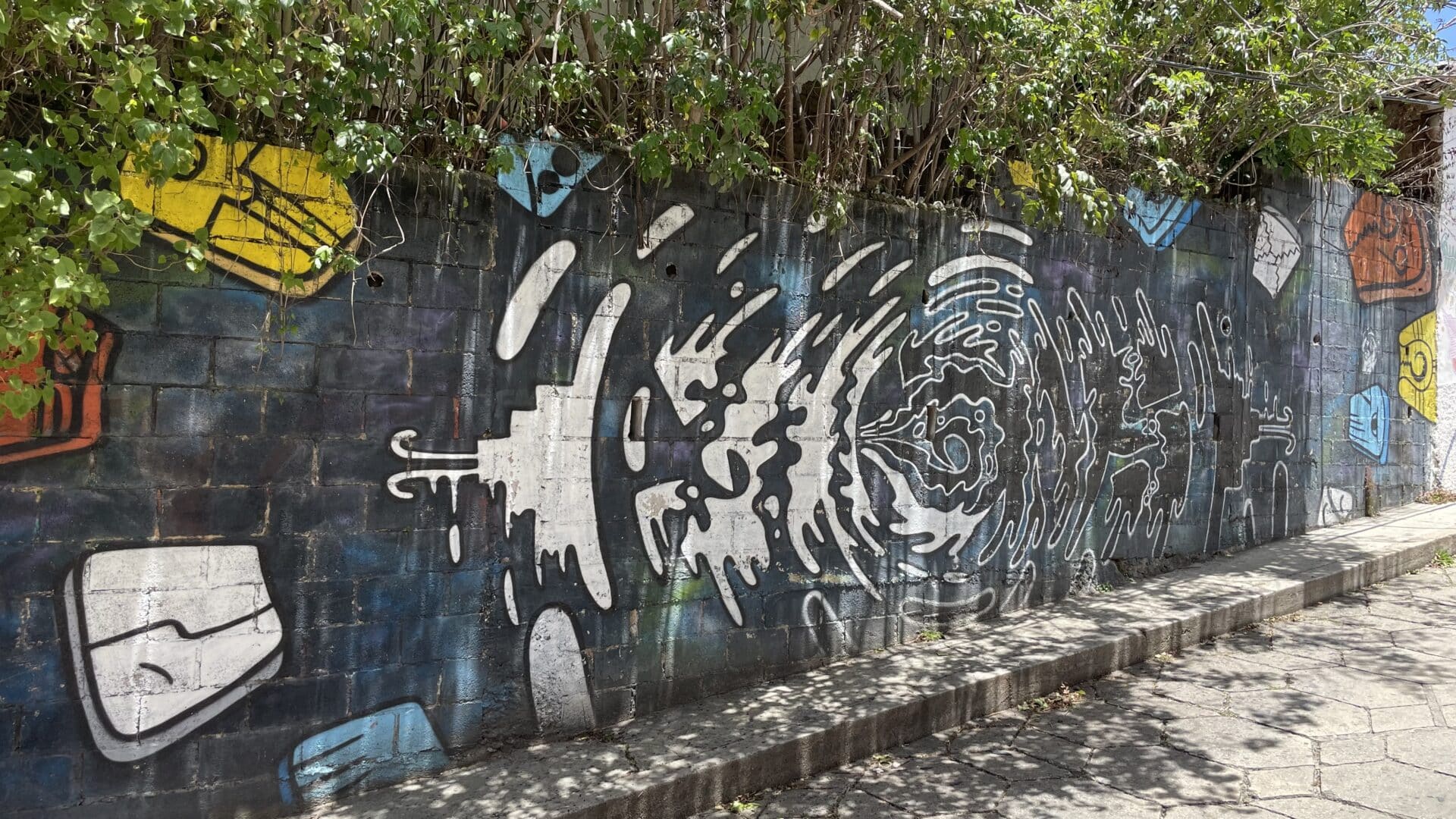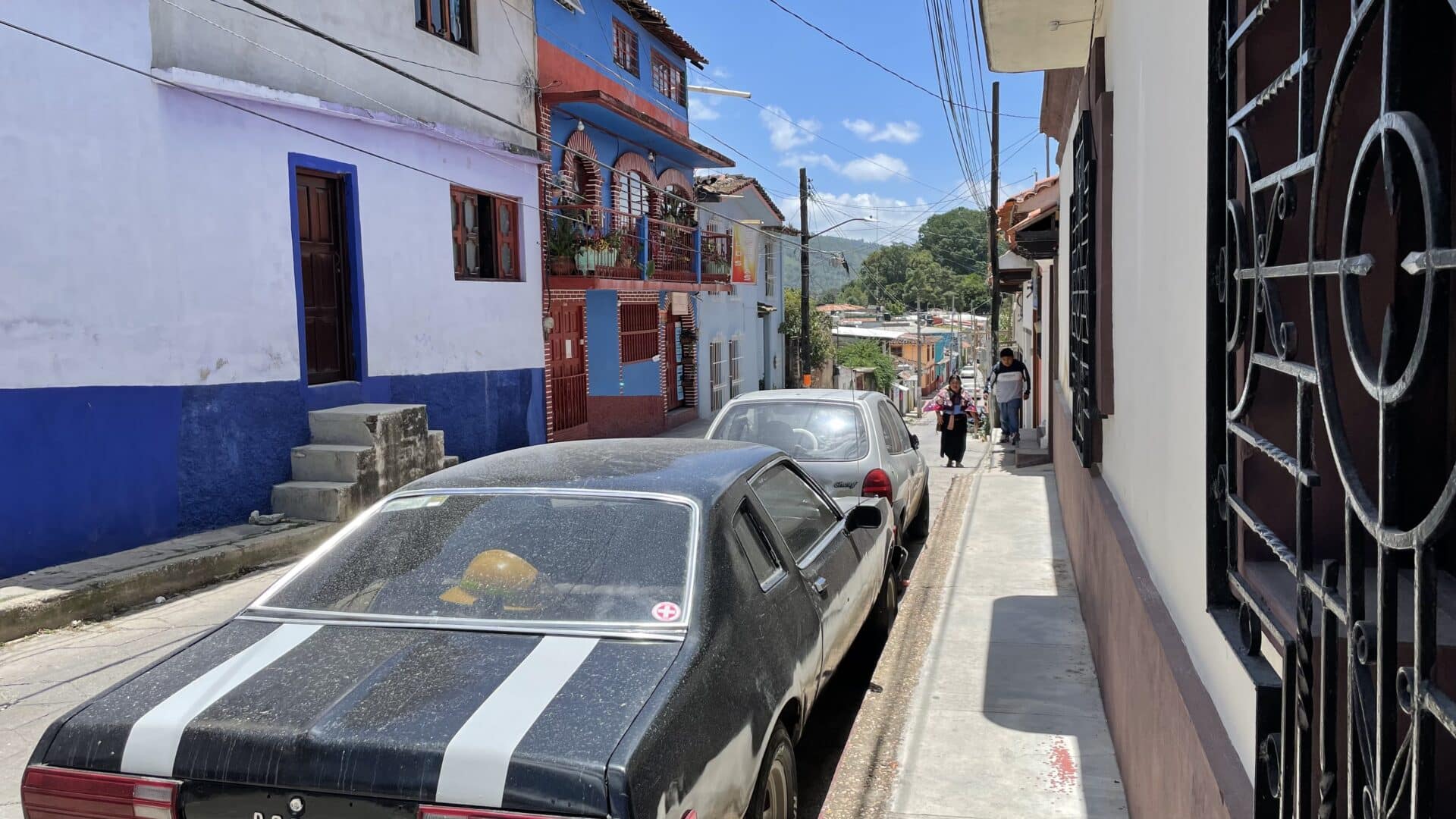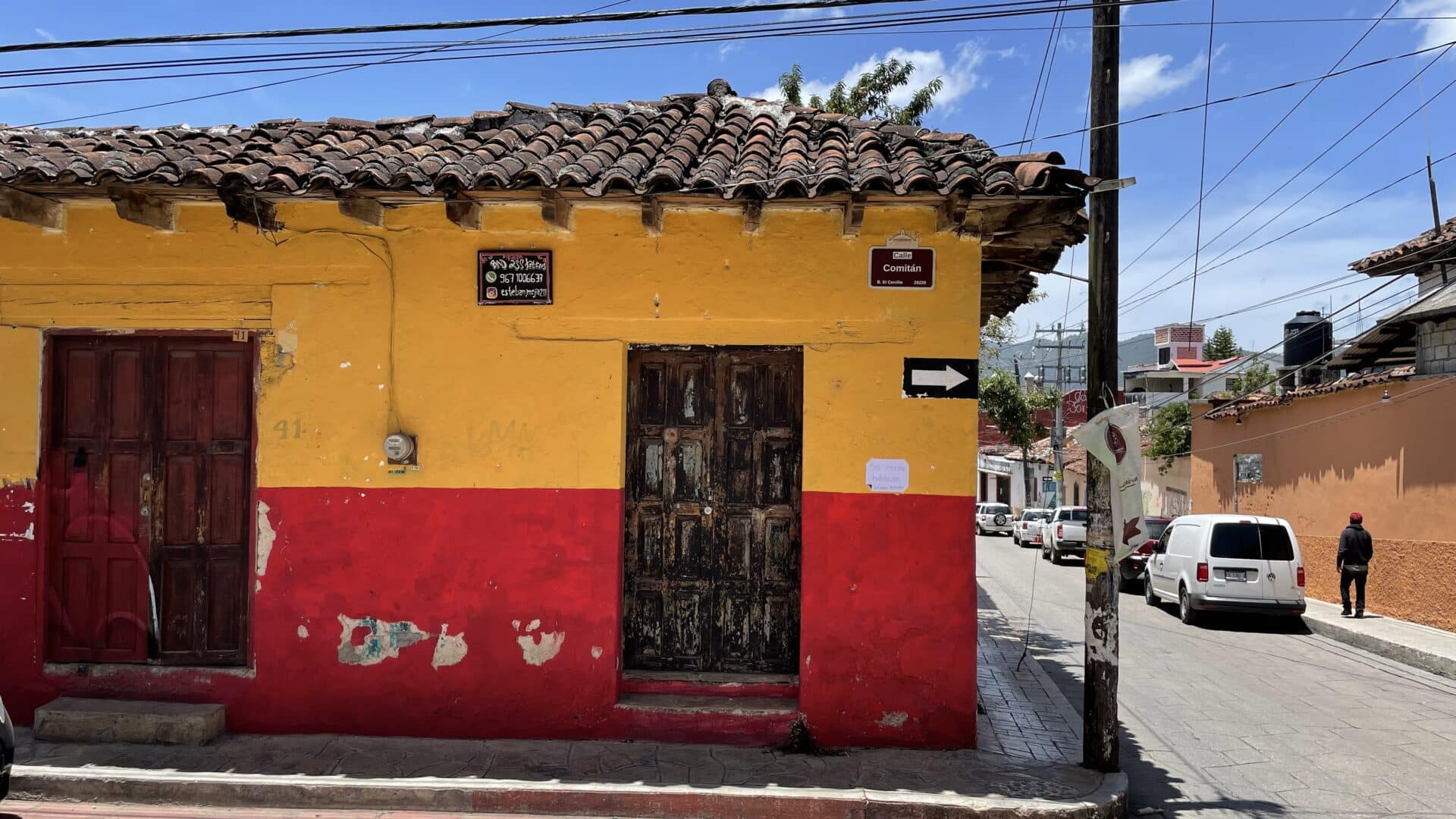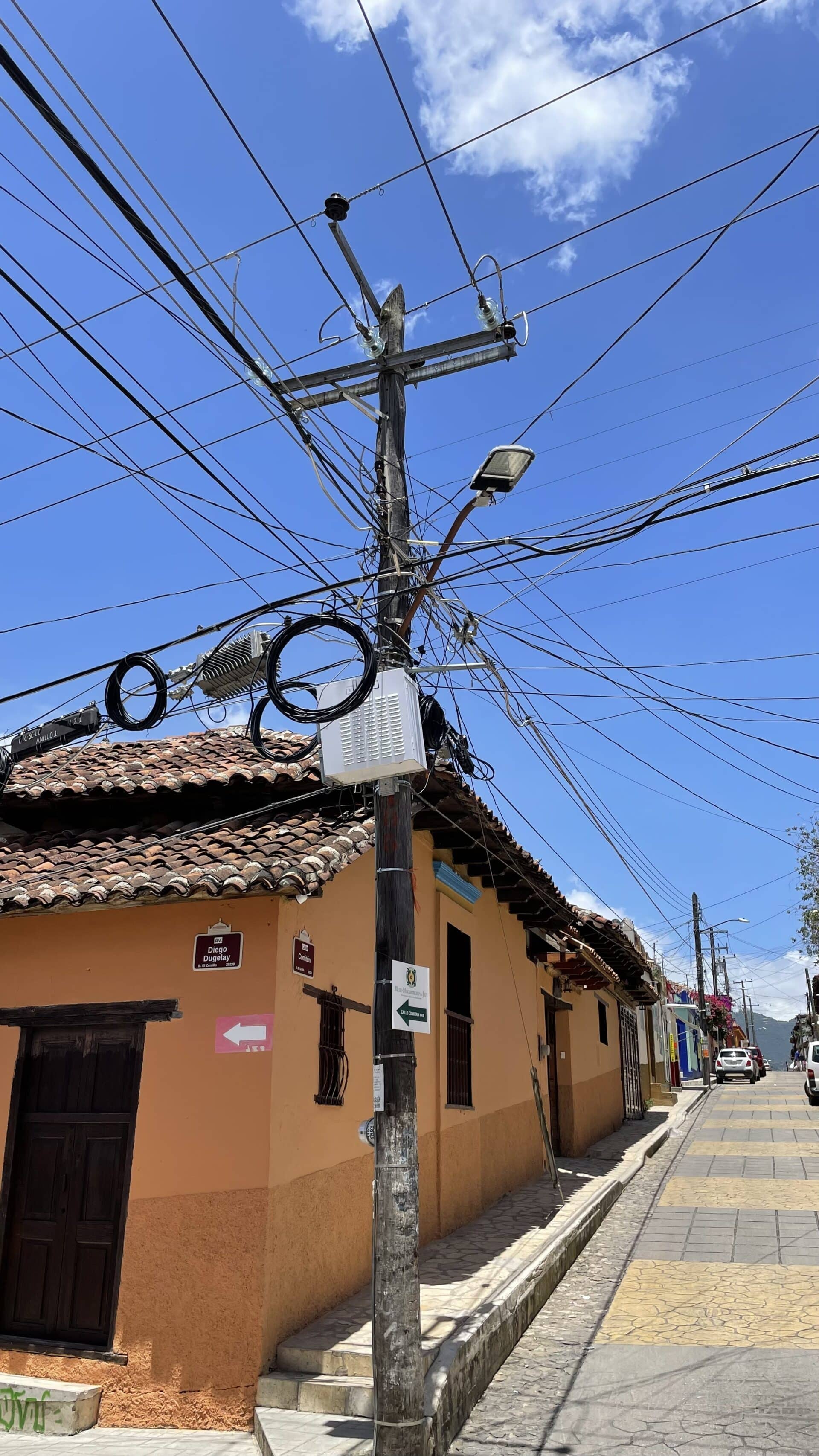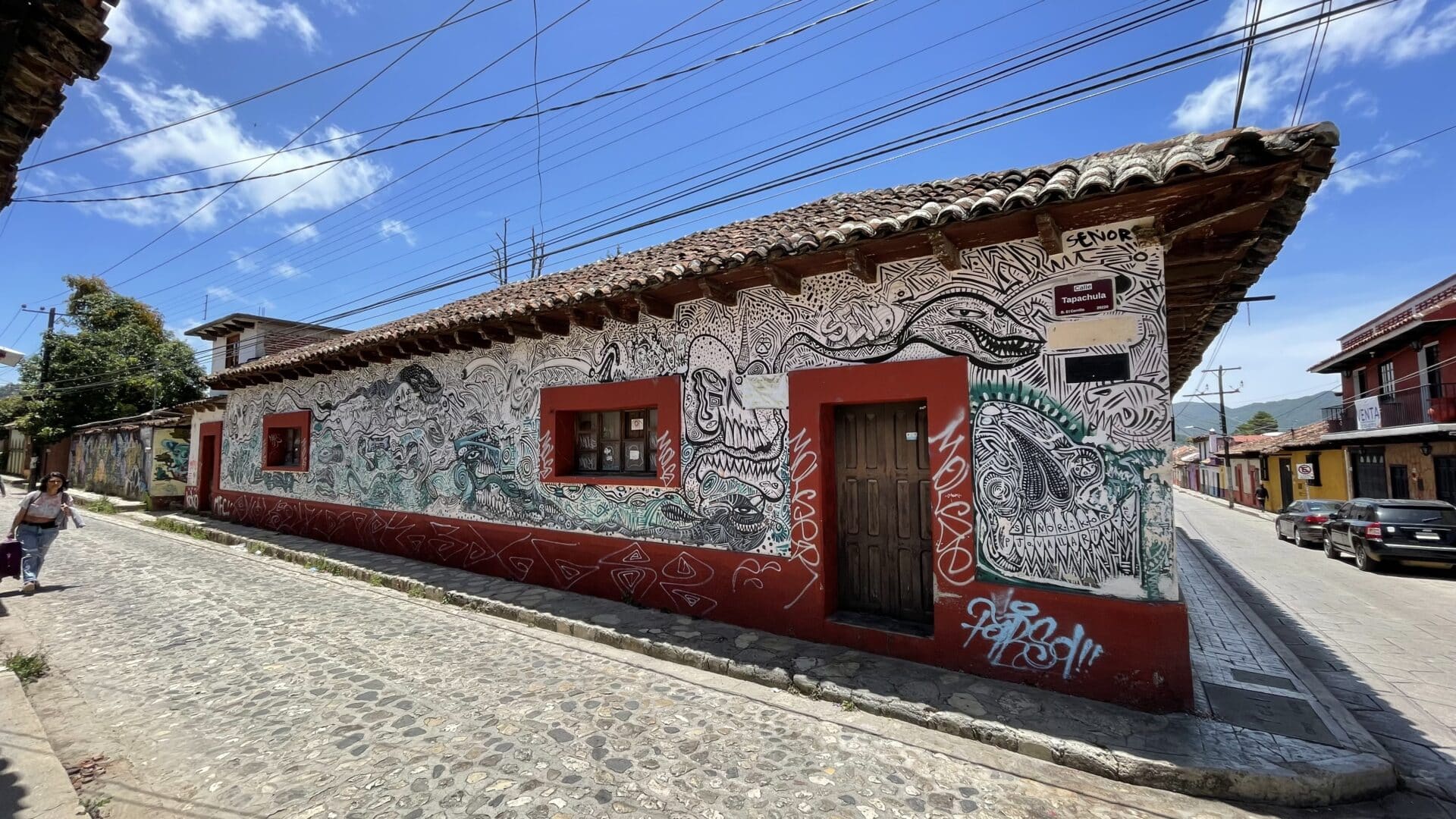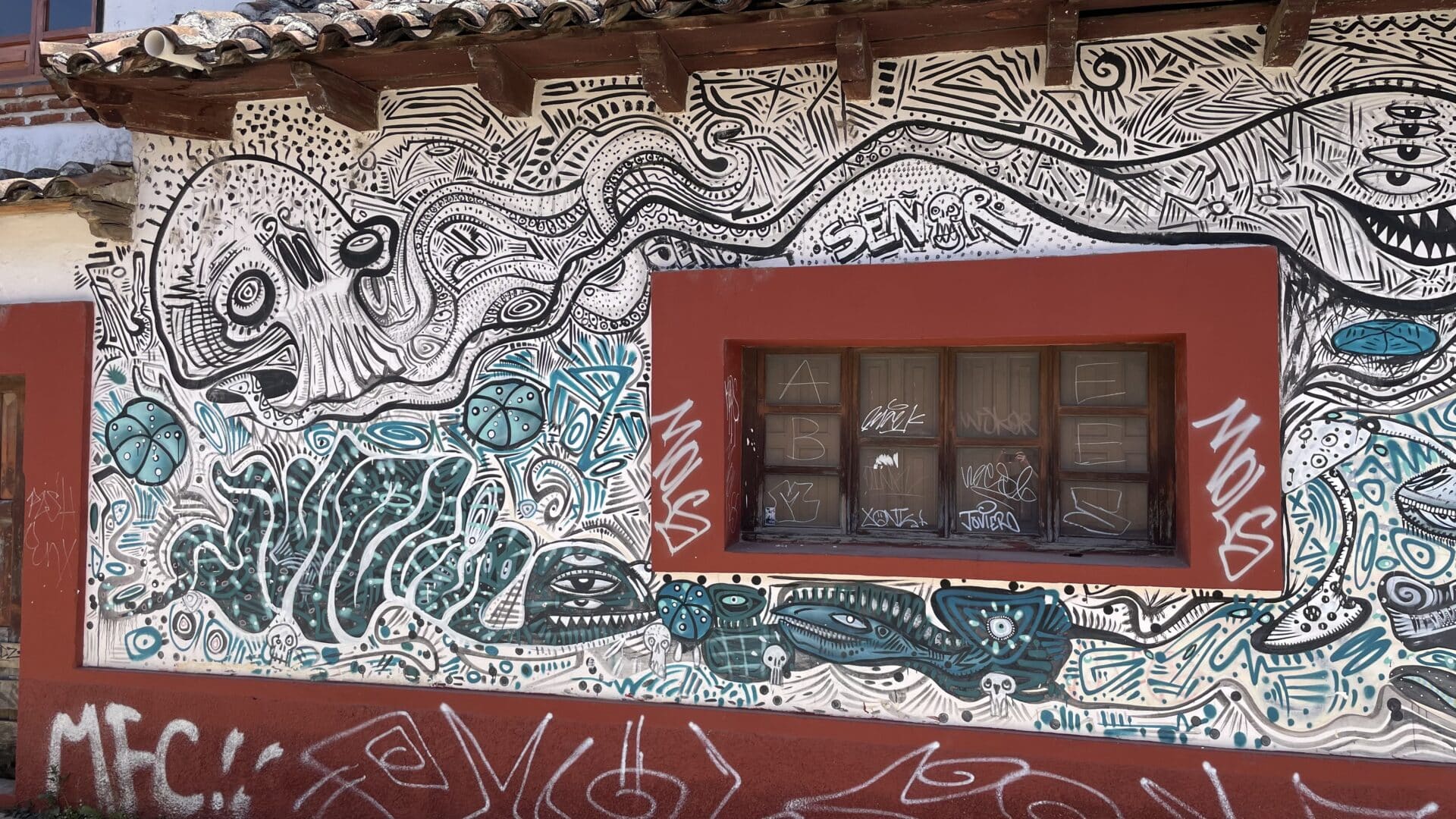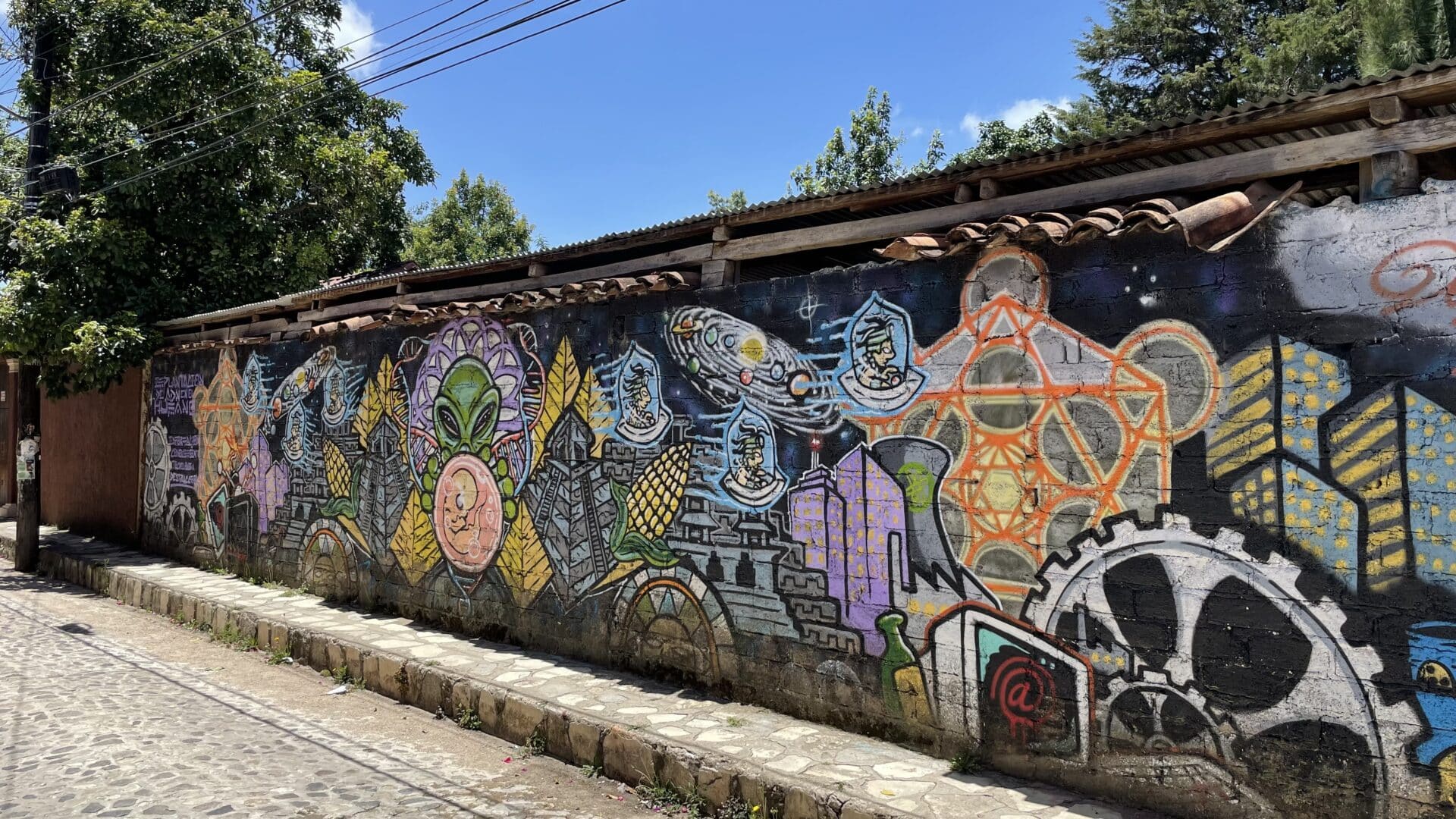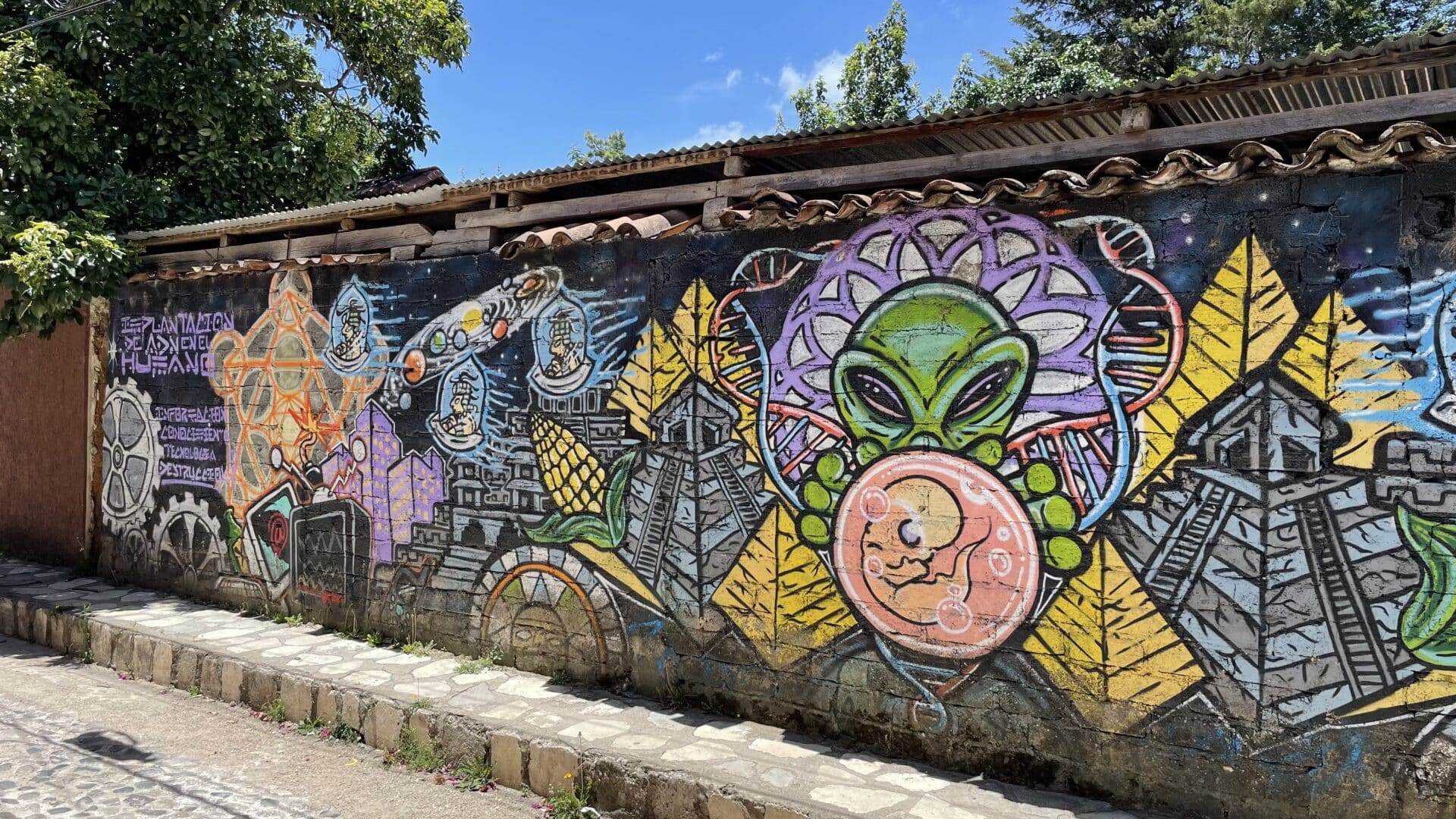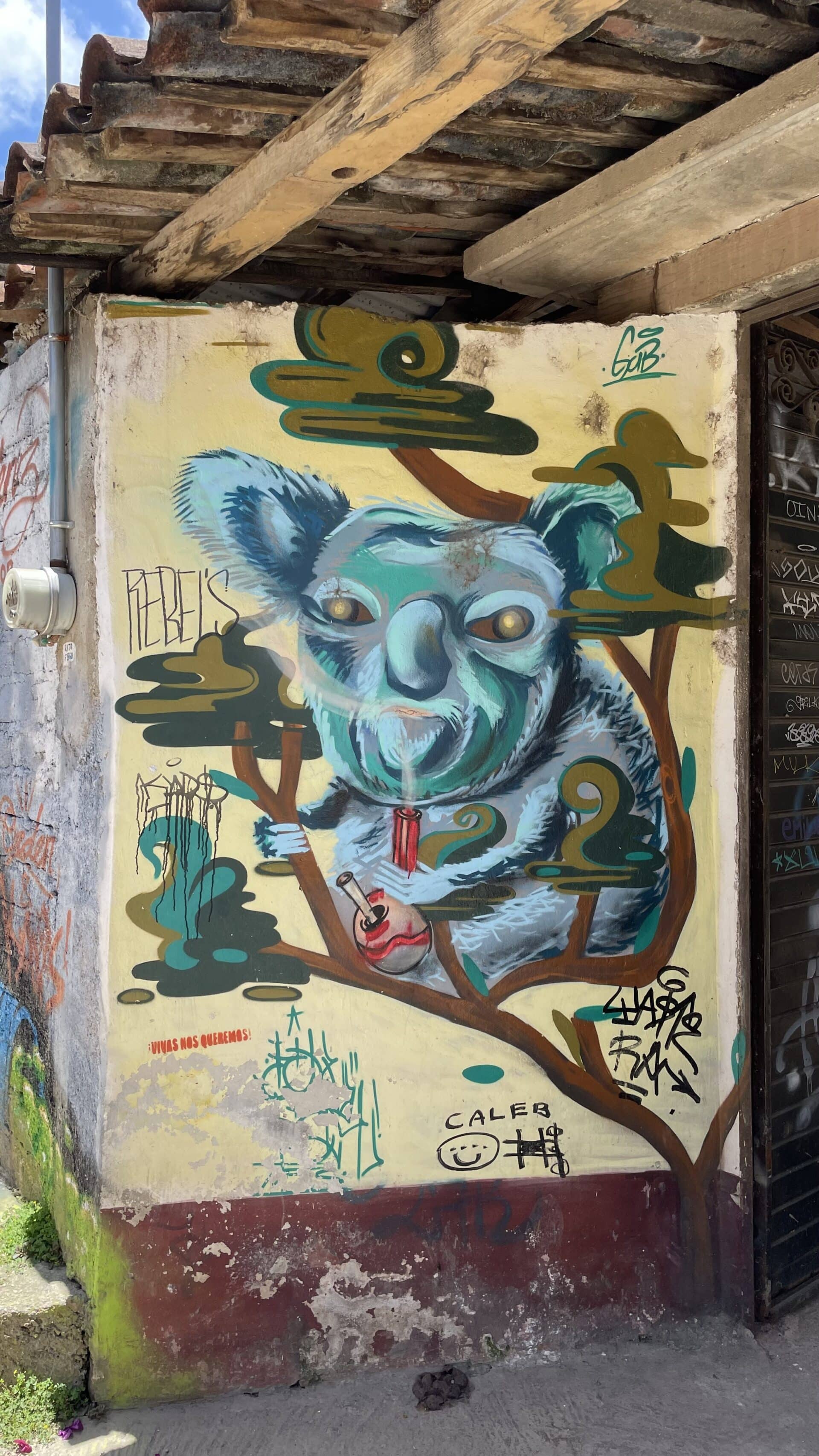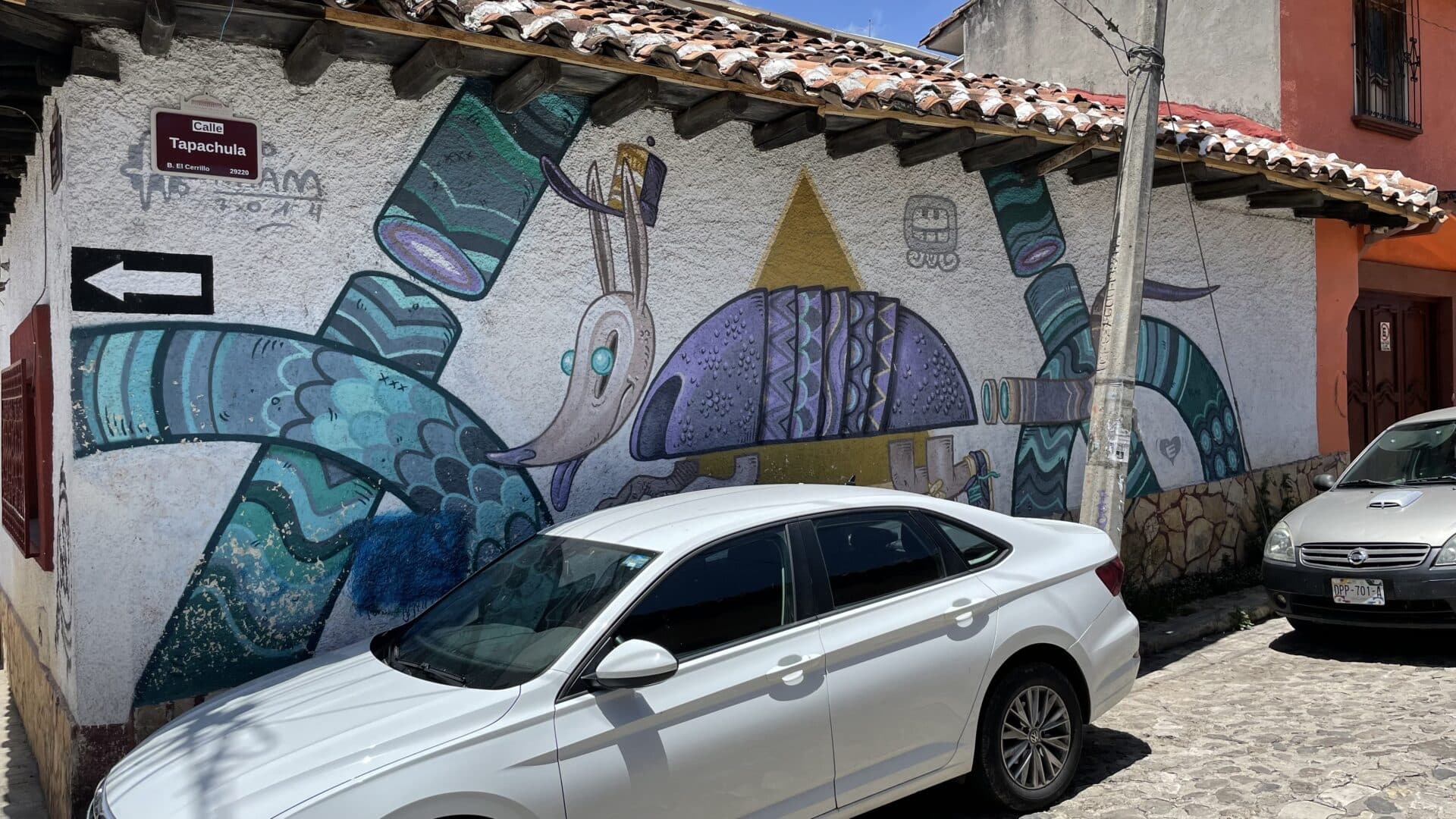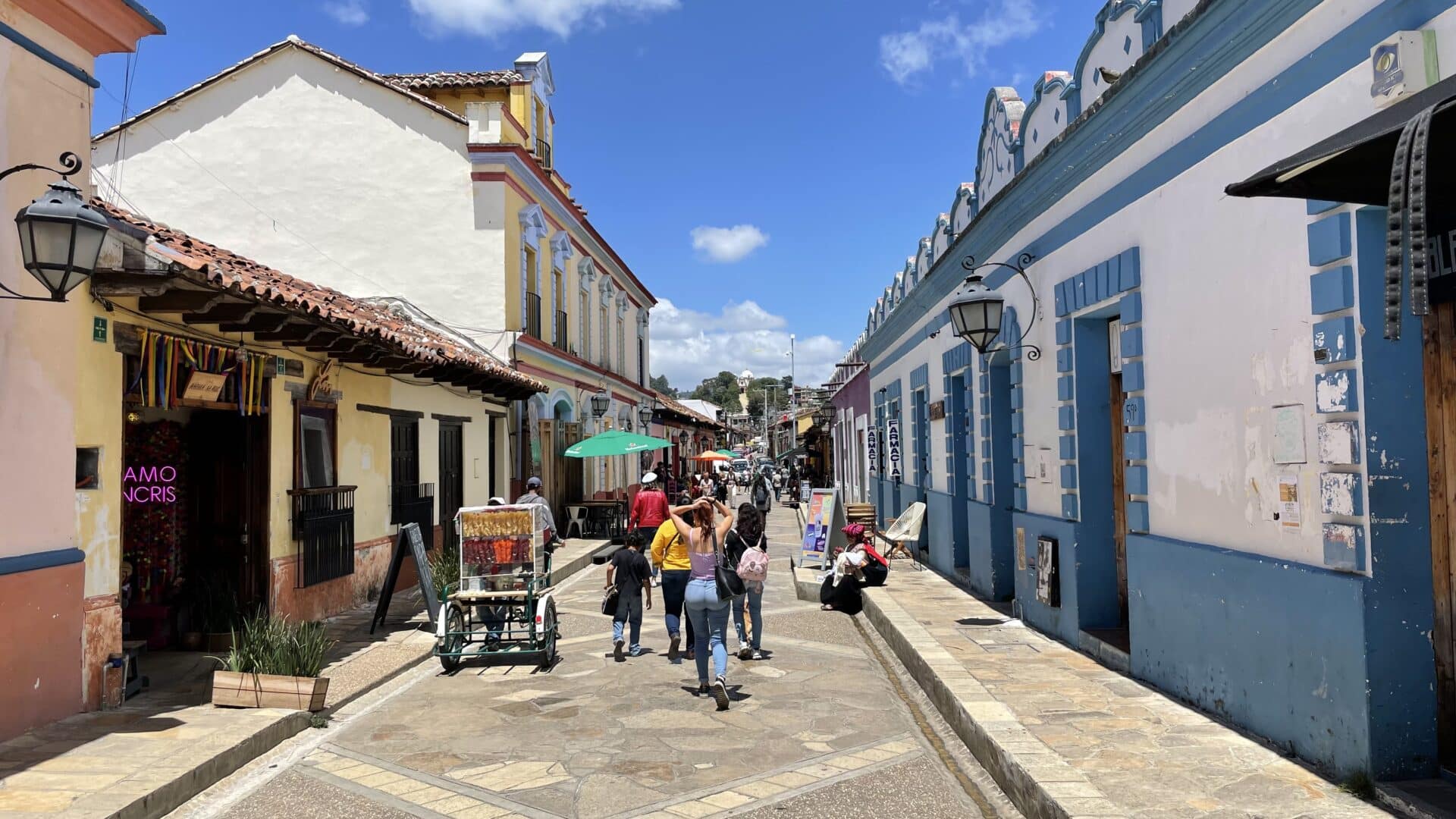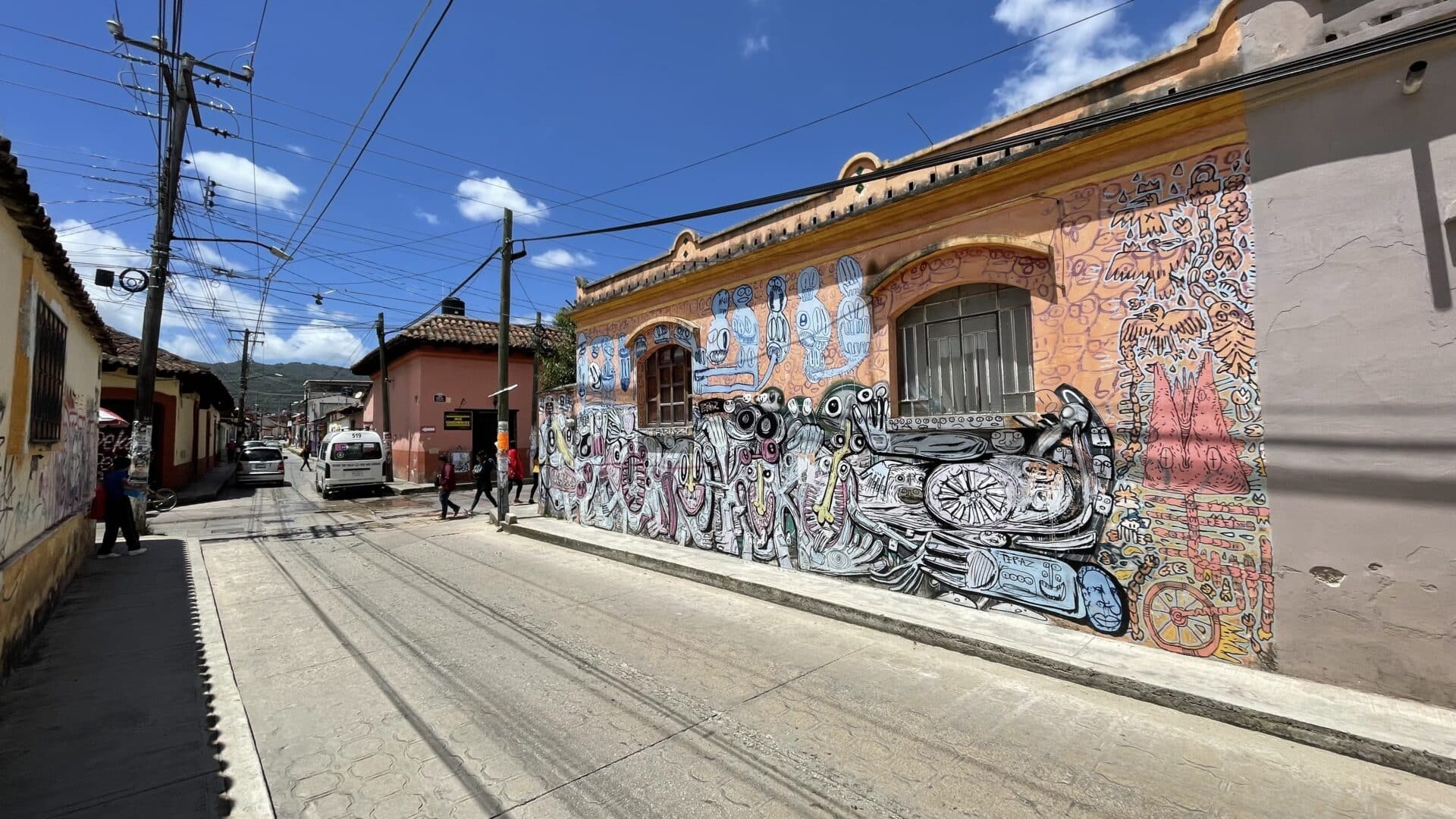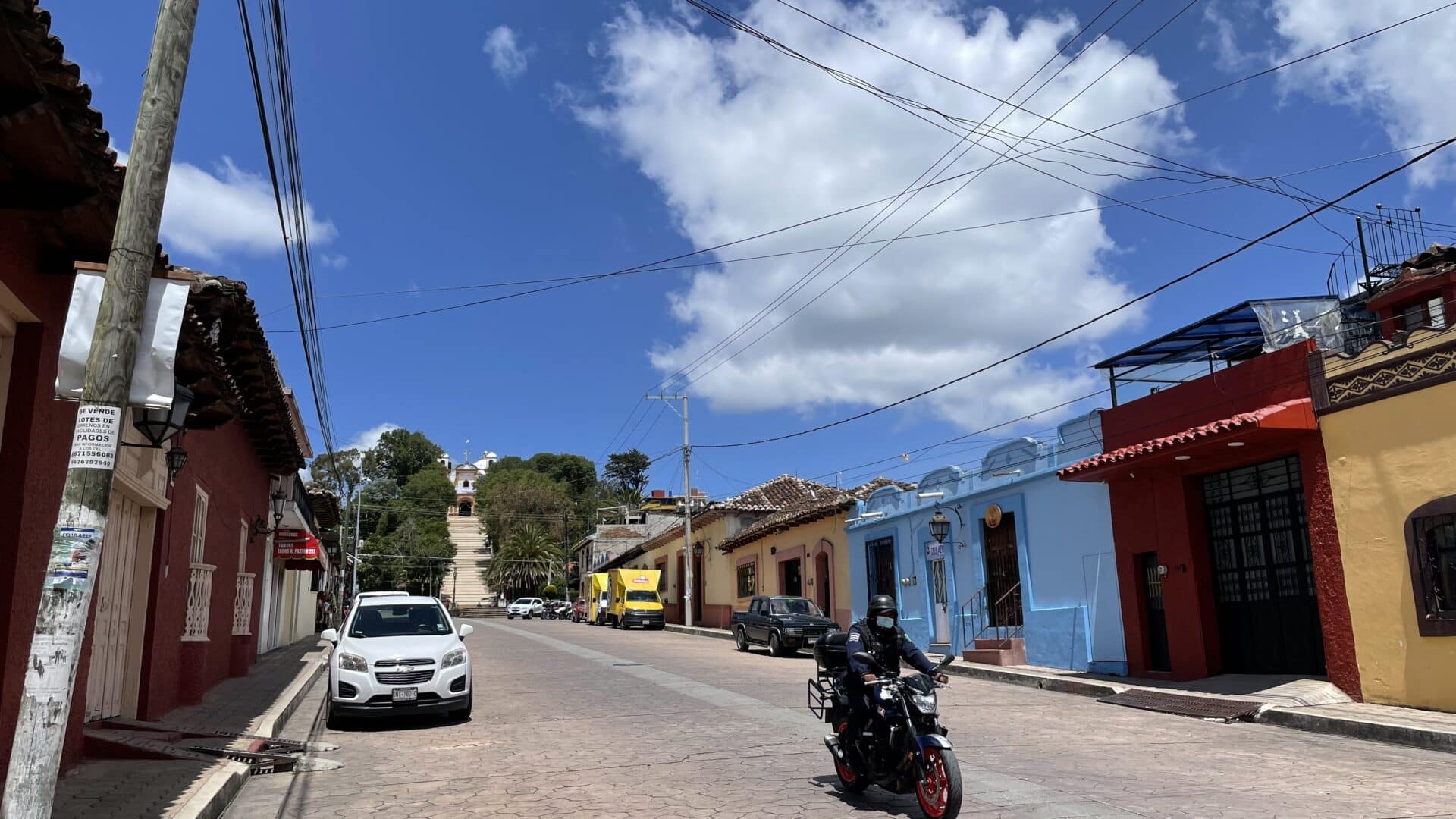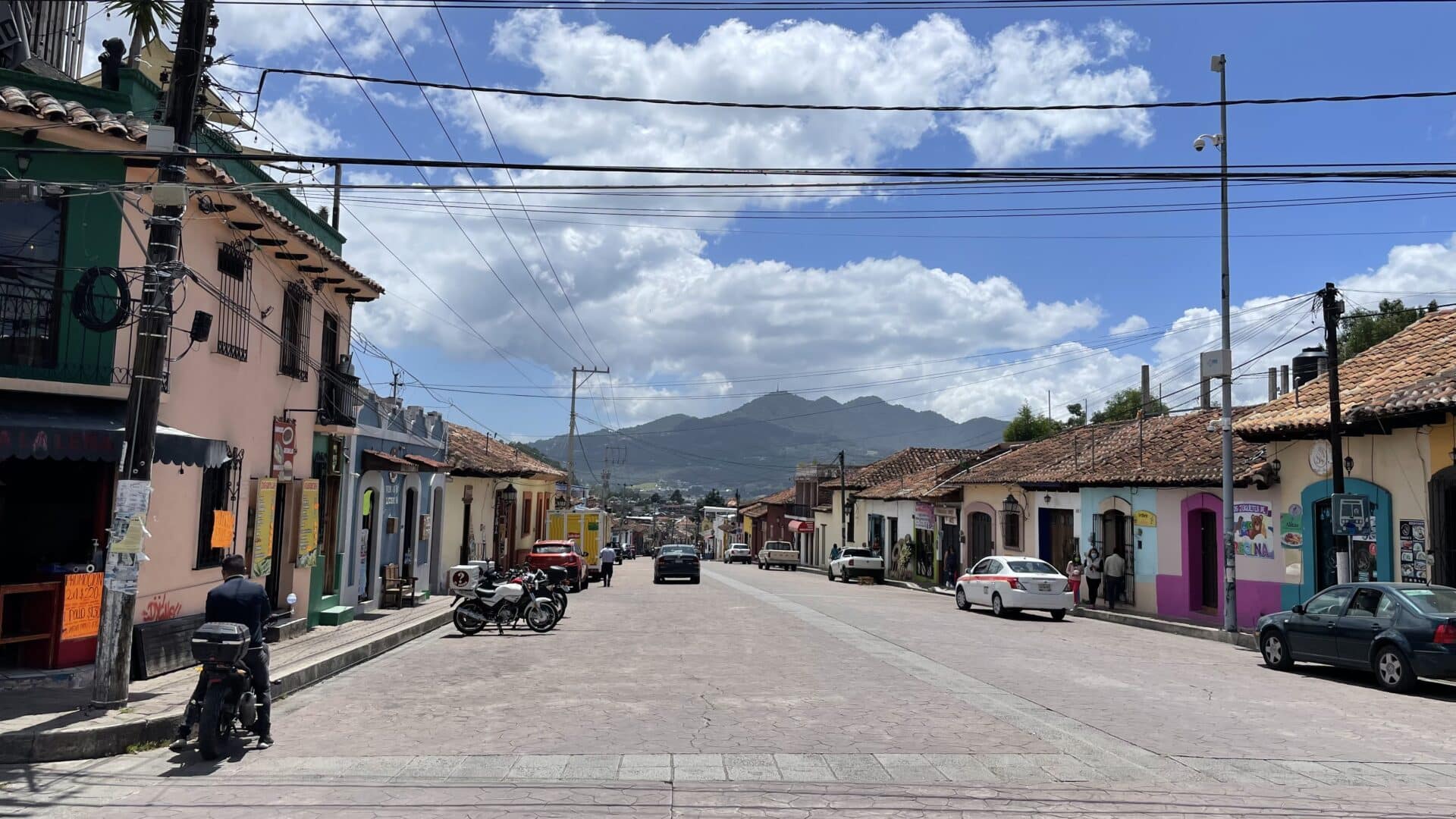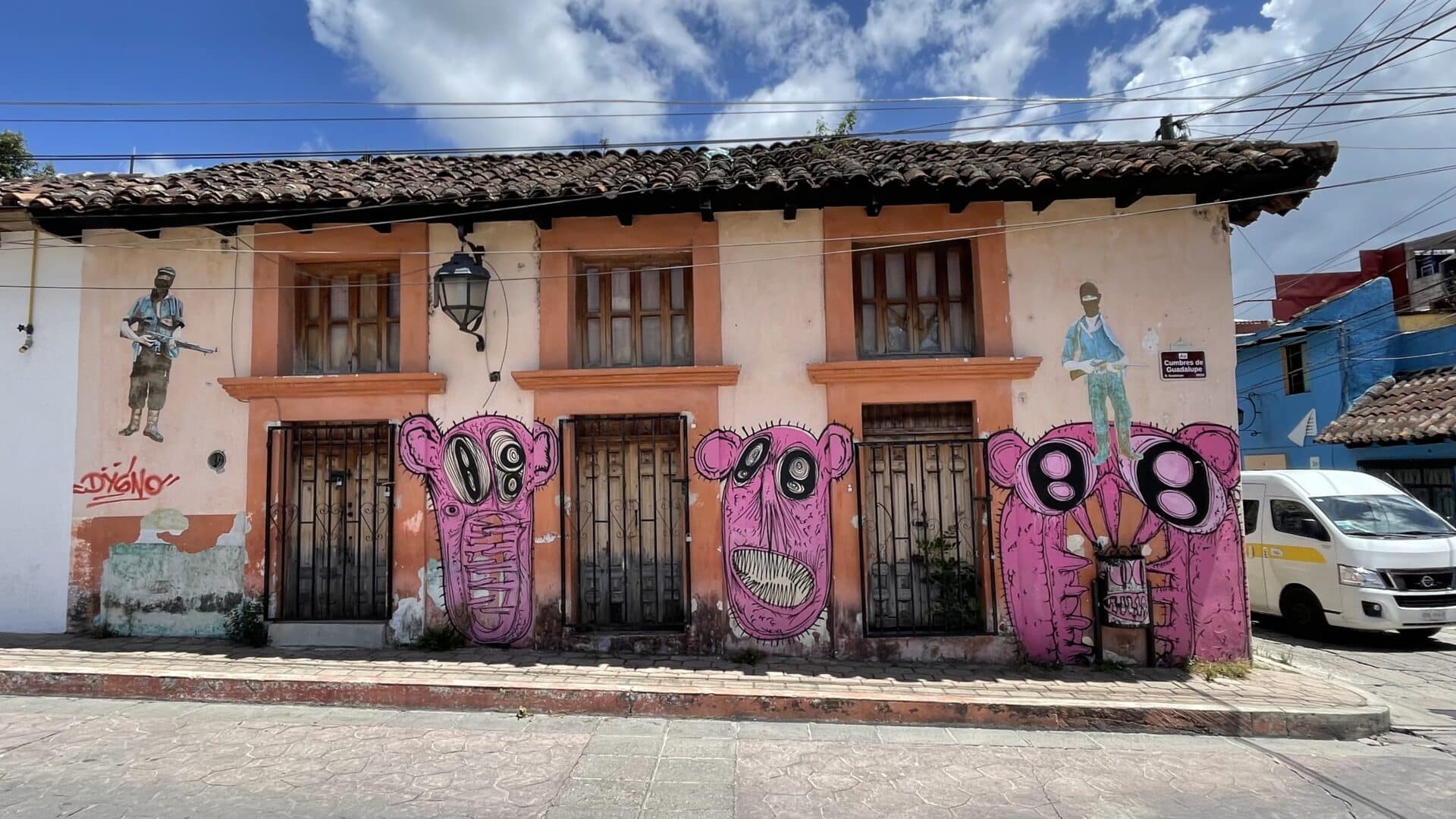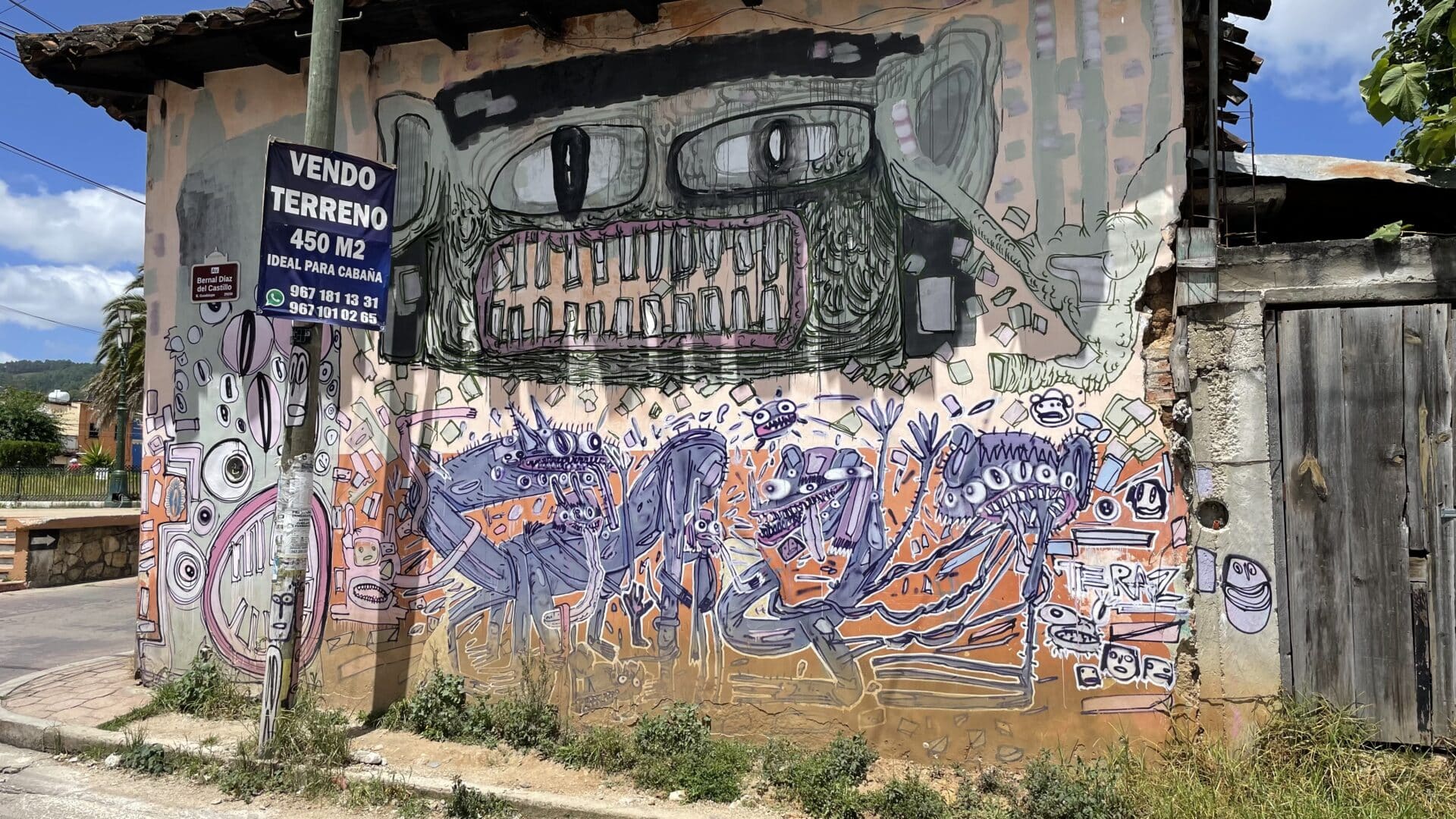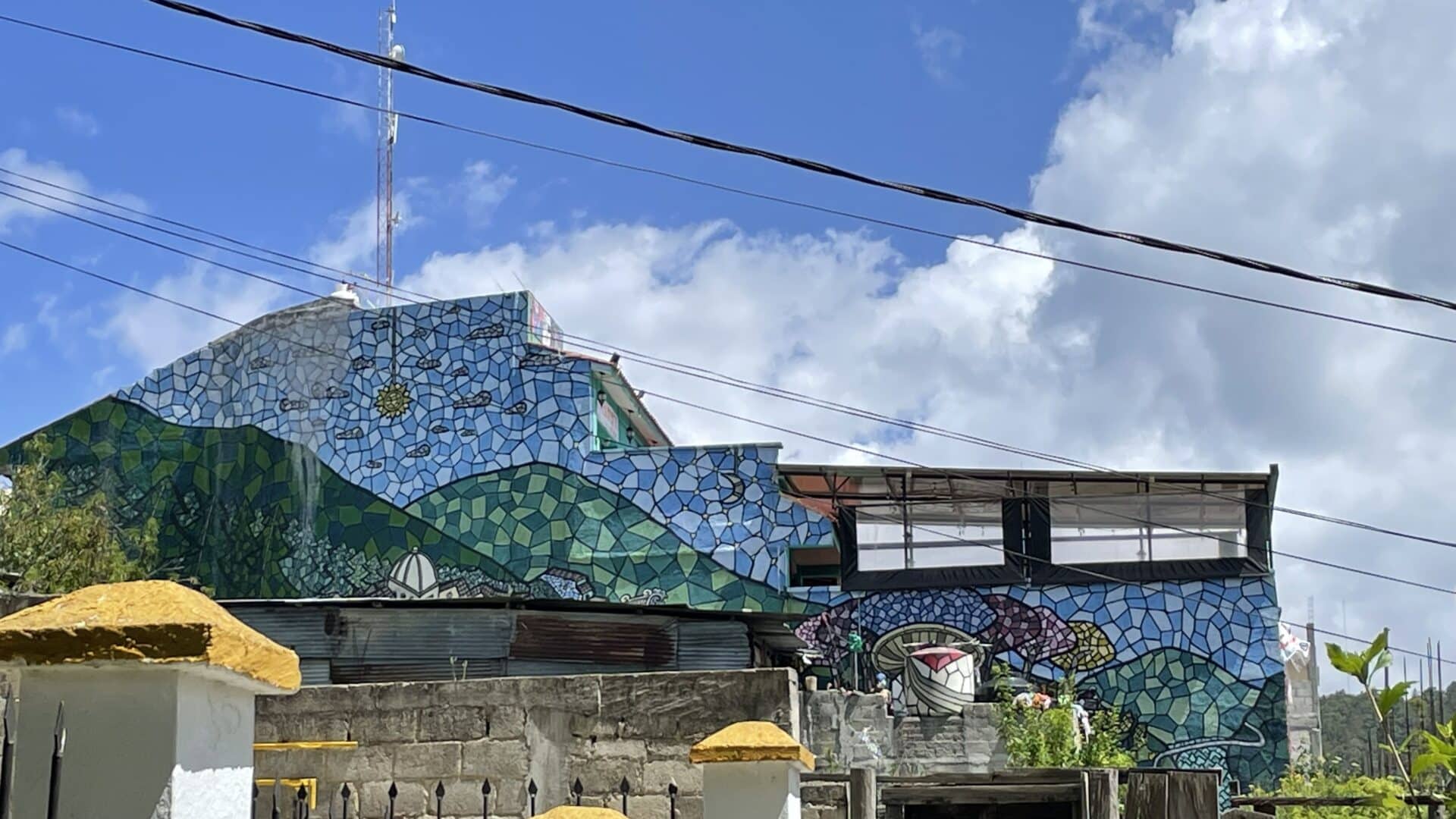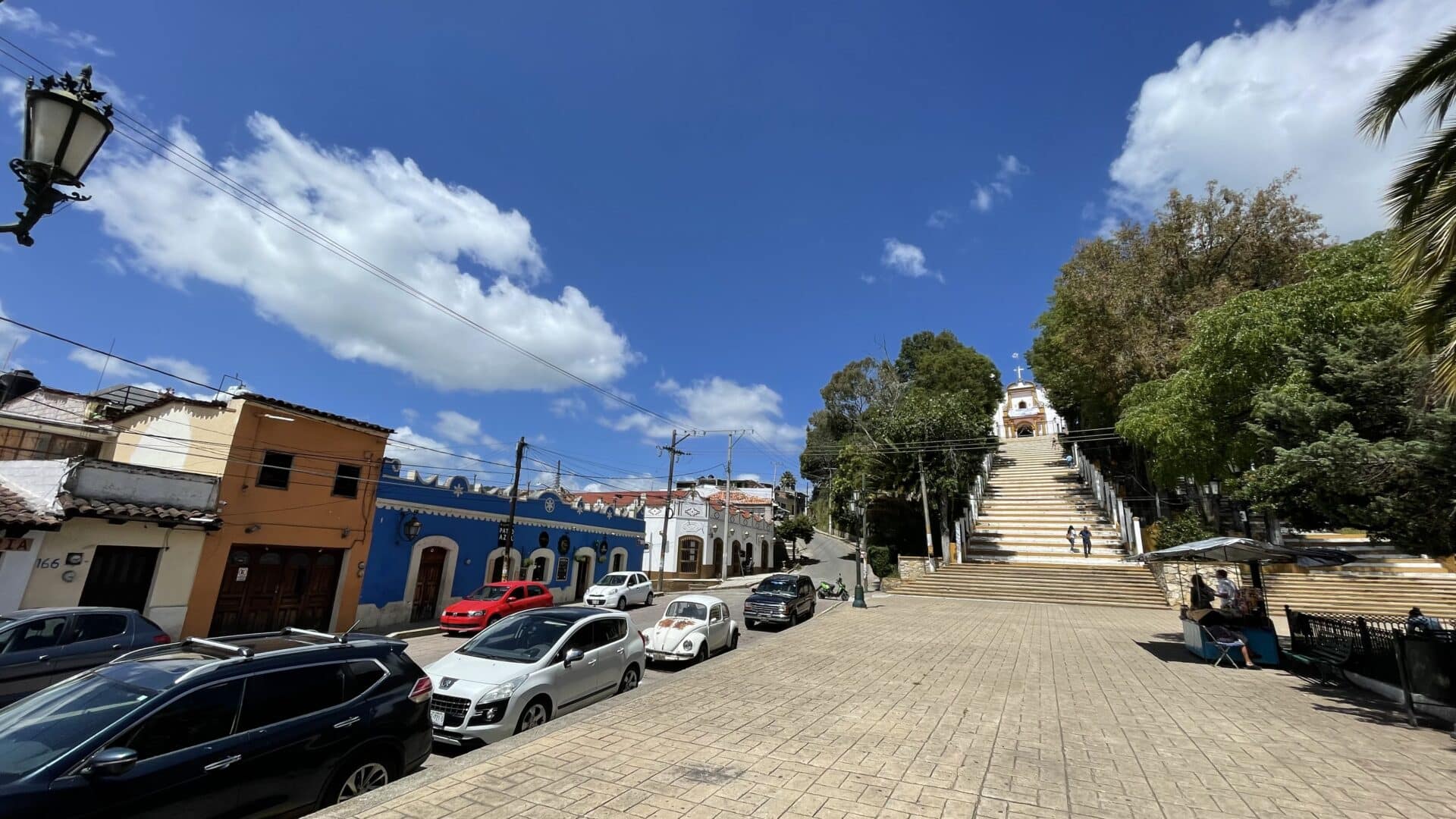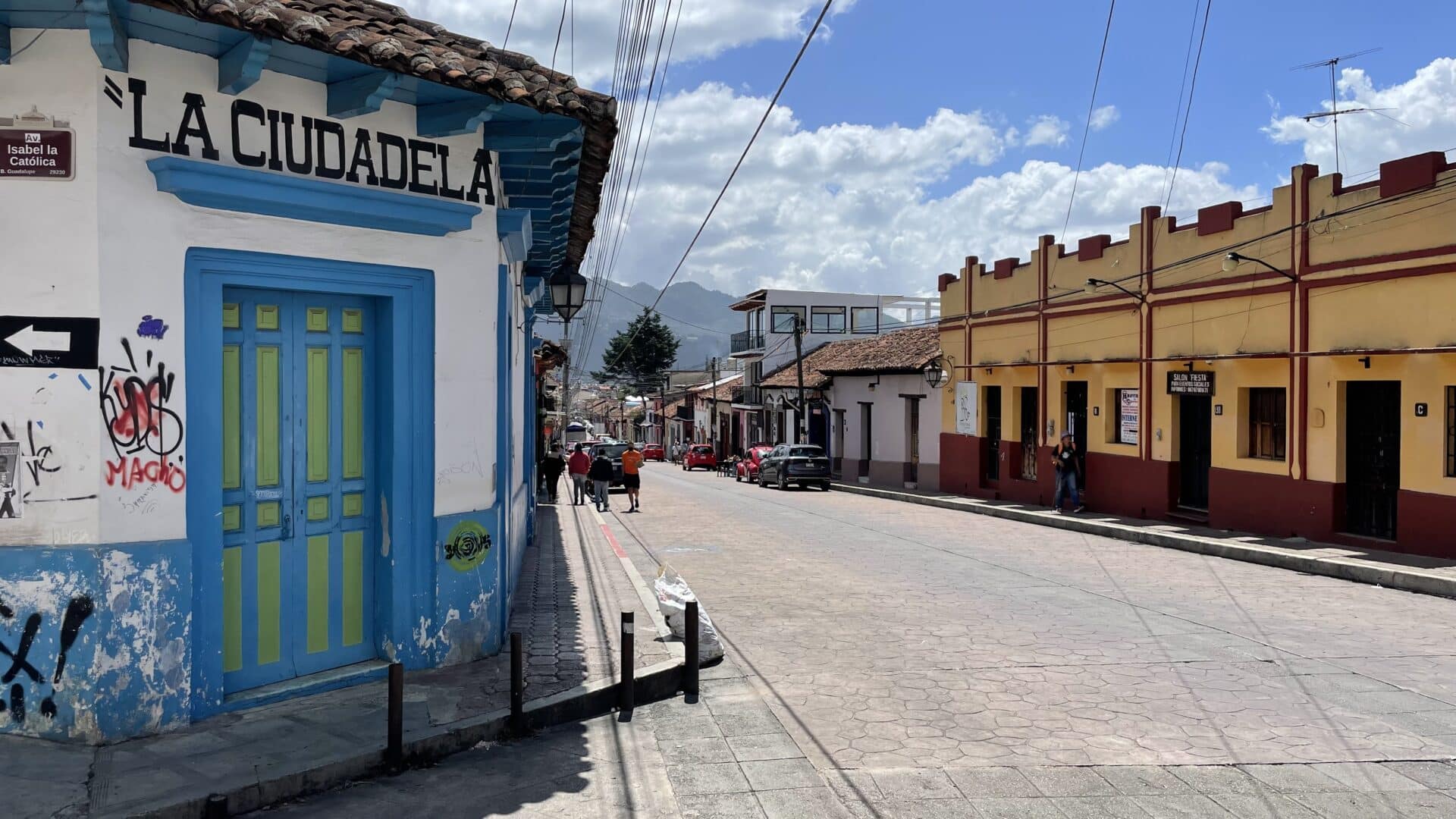San Cristóbal de las Casas, also known by its native Tzotzil name, Jovel, is a town and municipality located in the Central Highlands region of the Mexican state of Chiapas. It was the capital of the state until 1892, and is still considered the cultural capital of Chiapas.
Wikipedia
The municipality is mostly made up of mountainous terrain, but the city sits in a small valley surrounded by hills. The city’s center maintains its Spanish colonial layout and much of its architecture, with red tile roofs, cobblestone streets and wrought iron balconies often with flowers.
The city, especially the historic center, has maintained its Spanish colonial layout, with narrow cobblestone streets, roofs covered in red clay tile and wrought iron balconies with flowers. The facades of the buildings vary from Baroque to Neoclassical and Moorish, painted in various colors.
Wikipedia
Although the political capital of Chiapas was moved to Tuxtla at the end of the 19th century, San Cristóbal is considered to be the “cultural capital” of the state. Designated a “Pueblo Mágico” (Magical Village) in 2003, it was further recognized as “The most magical of the Pueblos Mágicos” by President Felipe Calderón in 2010.
San Cristóbal de las Casas
Colonial city located 46 km away by the Tuxtla Gutiérrez highway – San Cristóbal de Las Casas. As various visitors have said, San Cristóbal de Las Casas is one of the most romantic cities in the world, recognized as Pueblo Magico. People whose wealth lies in their ethnic diversity and colonial tradition, which shows its architectural treasures in various buildings from the 16th, 17th and 18th centuries.
History
The Jovel Valley offered the ideal situation, the mild climate and the strategic location for Diego de Mazariegos to found the Royal City of Chiapa in 1528. In the current historic center of San Cristóbal de Las Casas, roofs, flowery courtyards, corner balconies, baroque facades, neoclassical and Mudejar style buildings, colorful crafts, exquisite cuisine converge, ceremonies and processions, popular festivals and ancient legends.
Its construction followed a process similar to that of other colonial cities that were created in the New Spanish territory. First, the main square, around which the places that would occupy the main buildings were designated. Around its square are the Central American-style baroque façade cathedral, the neoclassical municipal palace, the portals, the church of San Nicolás, with the style that most identifies the colonial religious architecture of Chiapas and the Casa de la Sirena with a Plateresque-inspired façade from the 16th century. Especially interesting is the complex formed by the Dominican Convent and the temple of La Caridad united with the Cathedral and the Plaza 31 de Marzo by the walker Eclesiastico norte, main monumental axis of the city.
The church of Santo Domingo It is the summit work of the Central American and Mexican baroque, both for its mortar façade and for the set of golden altarpieces and pulpit inside. La Caridad stands out for its sumptuous baroque altarpiece. Baroque are also the altarpieces of San Francisco, while El Carmen sports a unique Mudejar tower in Mexico. Many other buildings of interest are in this city, characterized by having a large inventory of neoclassical style mansions, inspired by the Renaissance treatise of Vignola.
Since the foundation, on the outskirts of the center the plots or land for the Spanish were assigned and at the end the indigenous people were located, among which were those who provided some service to Hispanics in the conquest of the region. Thus, the neighborhoods of Mexicans, Tlaxcala and Cerrillo are still scattered throughout the city. A visit to the neighborhoods is a fascinating experience due to traditional architecture, festivals, crafts and gastronomy. Many doors wear red paper lamps that indicate the sale of delicious tamales.
Today the city of San Cristóbal de Las Casas is one of the most beautiful and original in Mexico and Central America, for the evocative colonial image that it has preserved in its historic center over the centuries. Because in addition to this, it also has a traditional daily life, with its market and its people there come the tseltales and the tsotziles with their colorful clothing, from different communities to sell or exchange their products.

